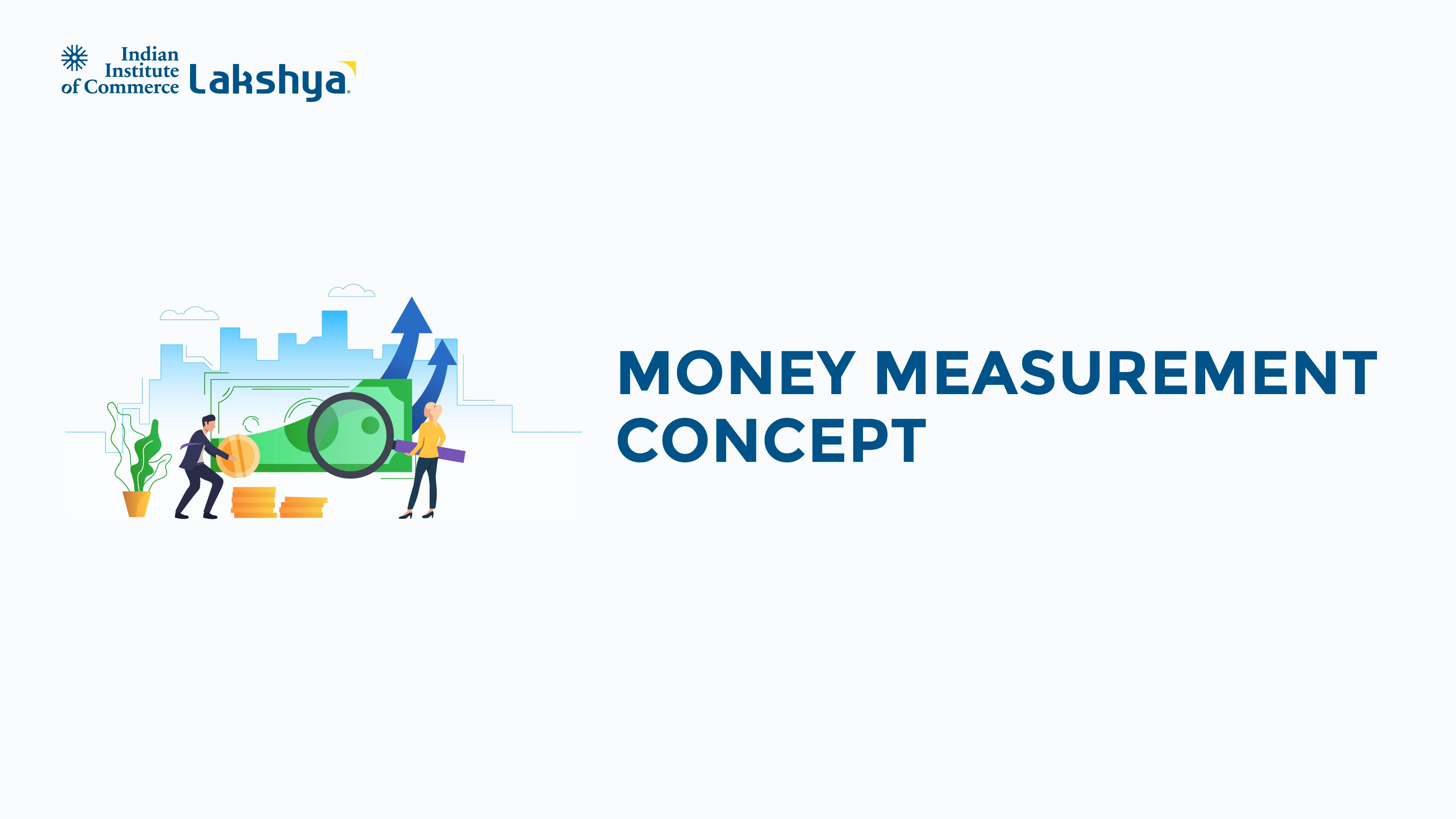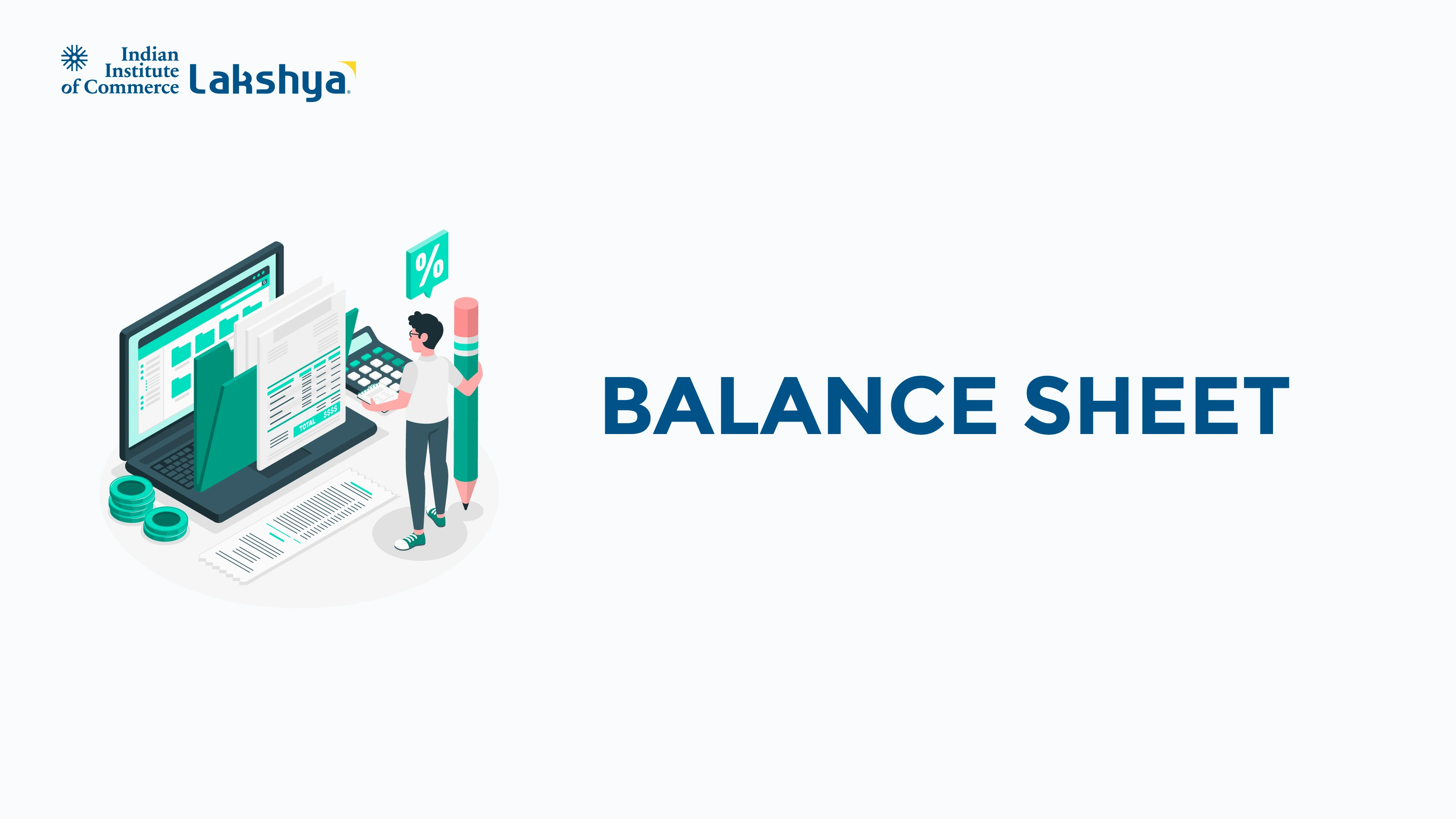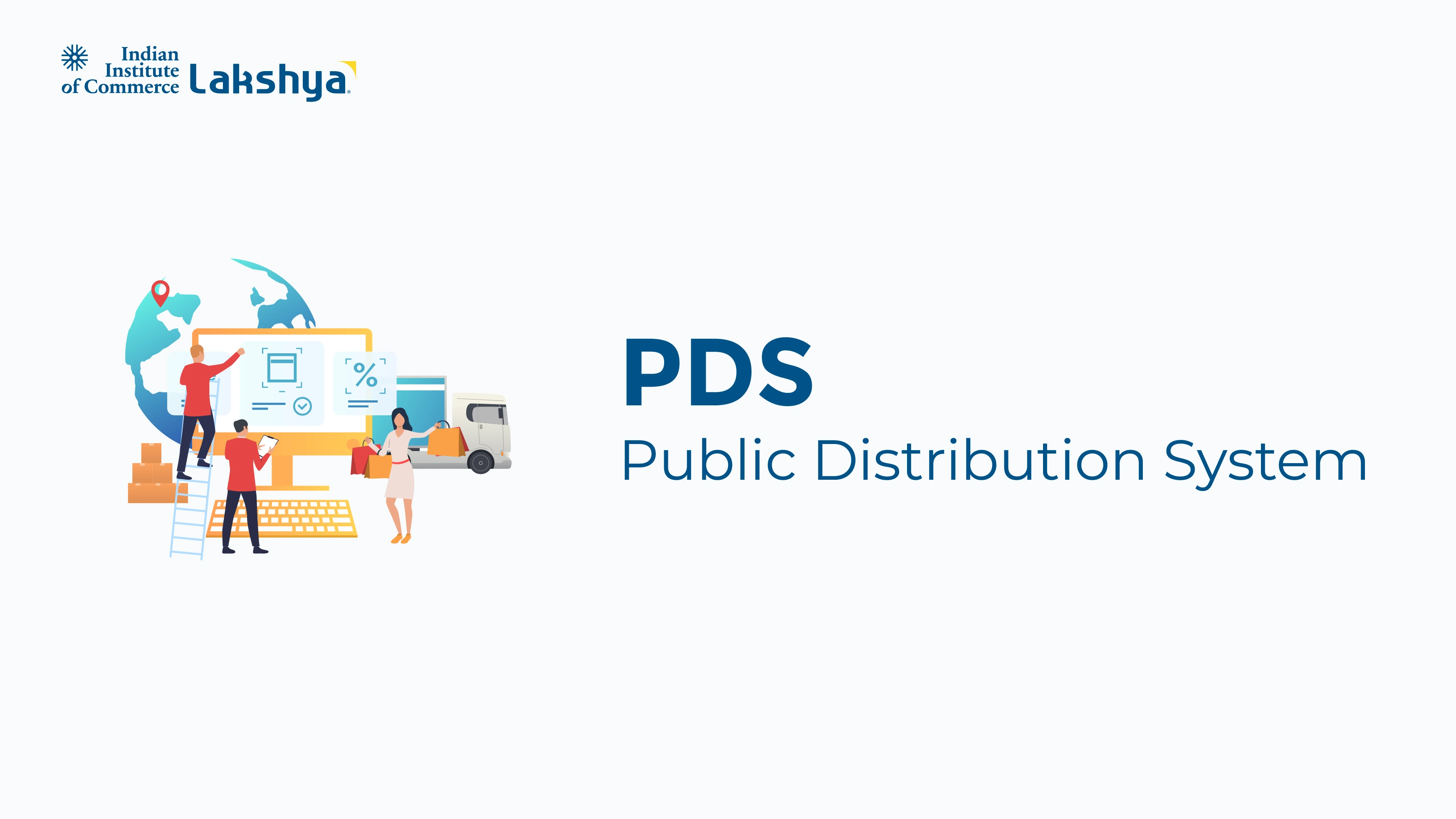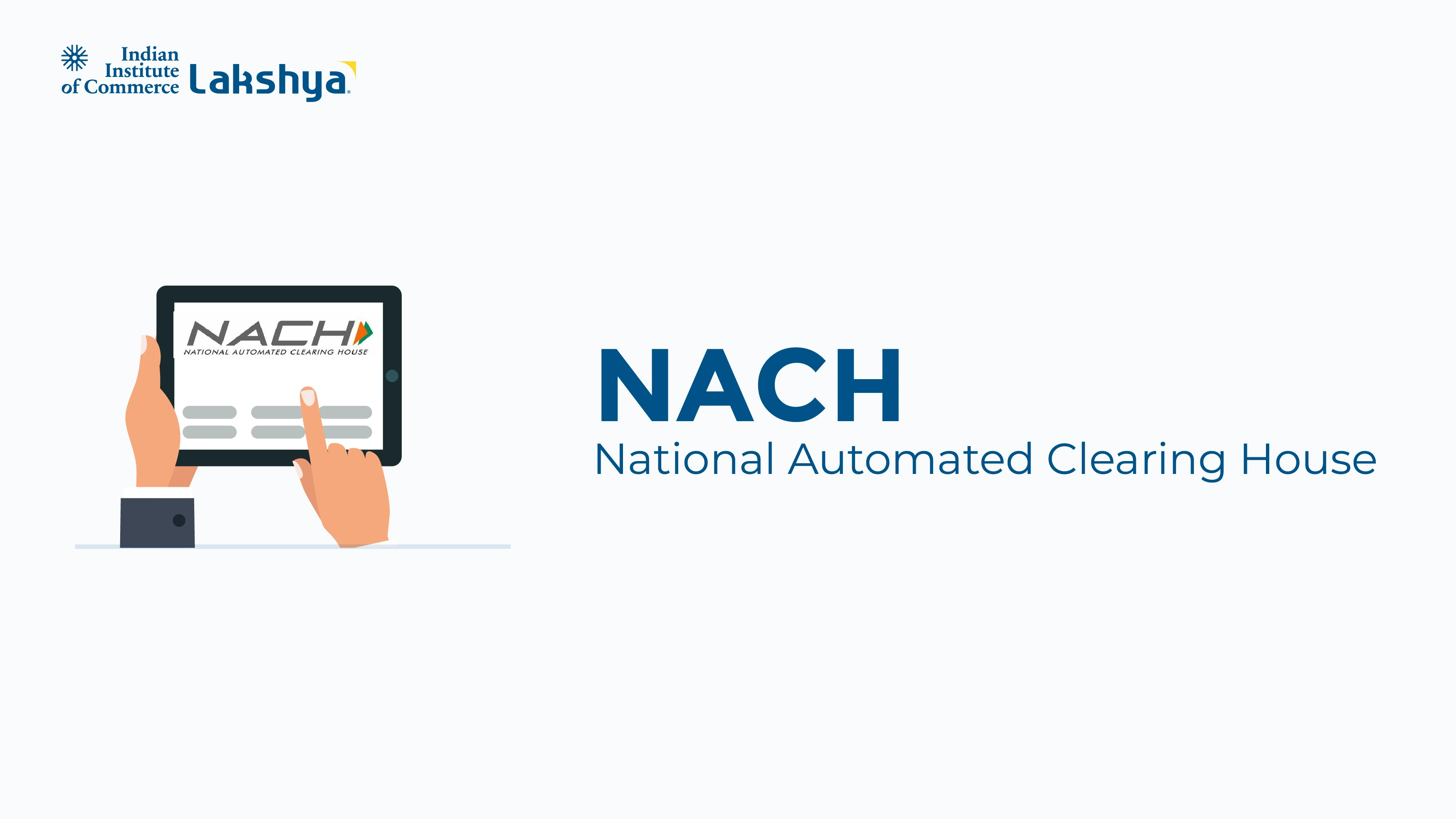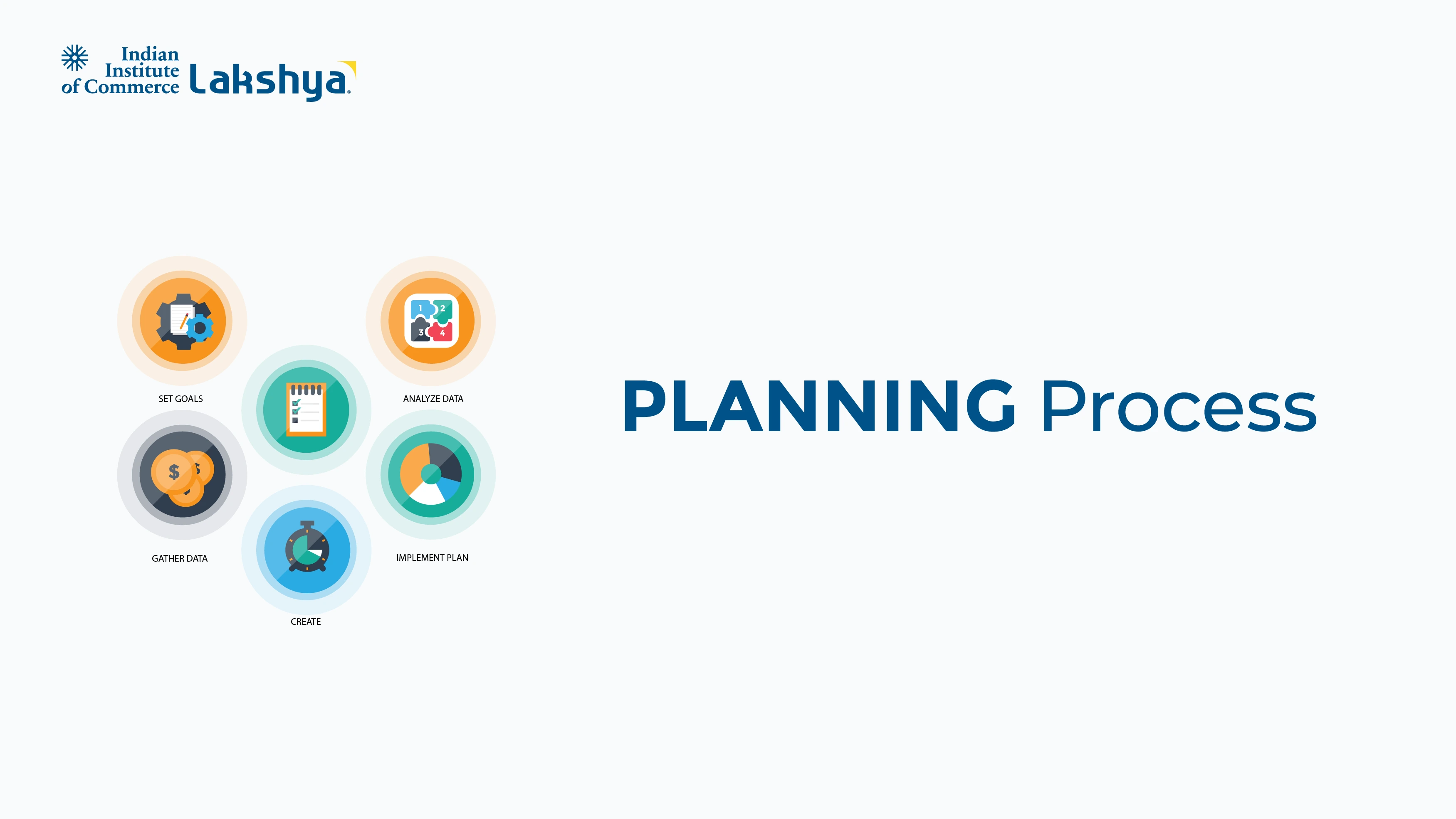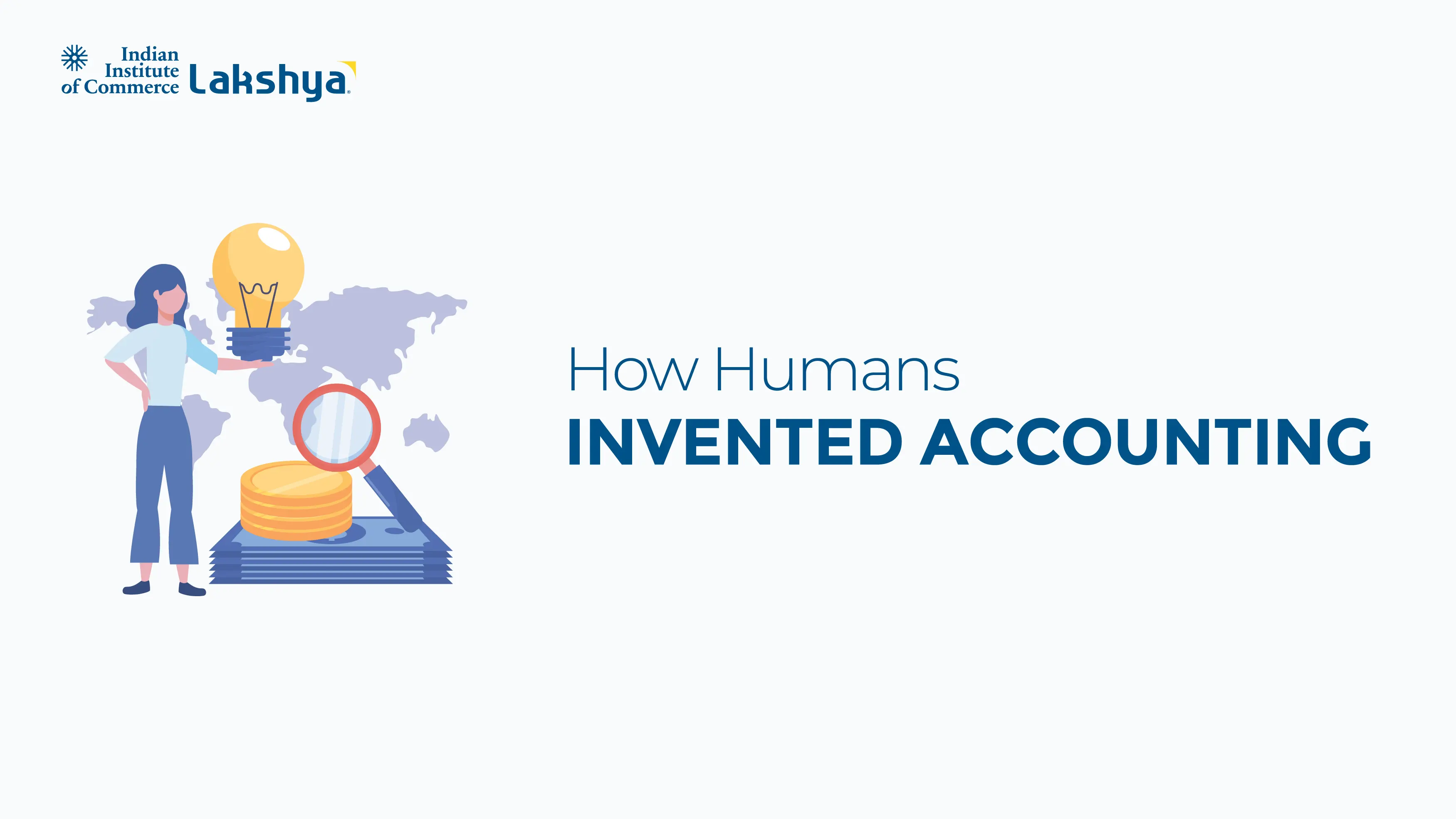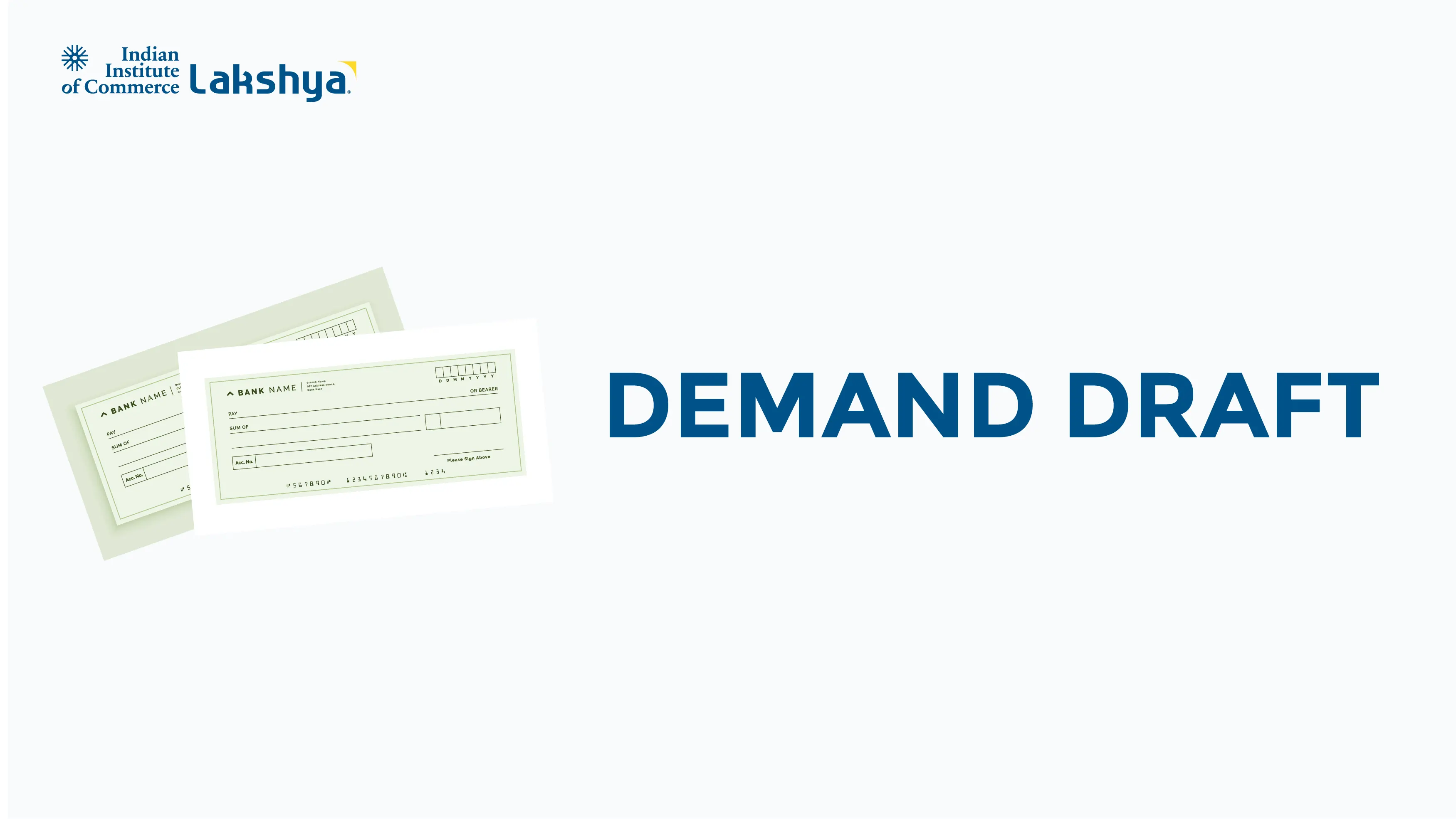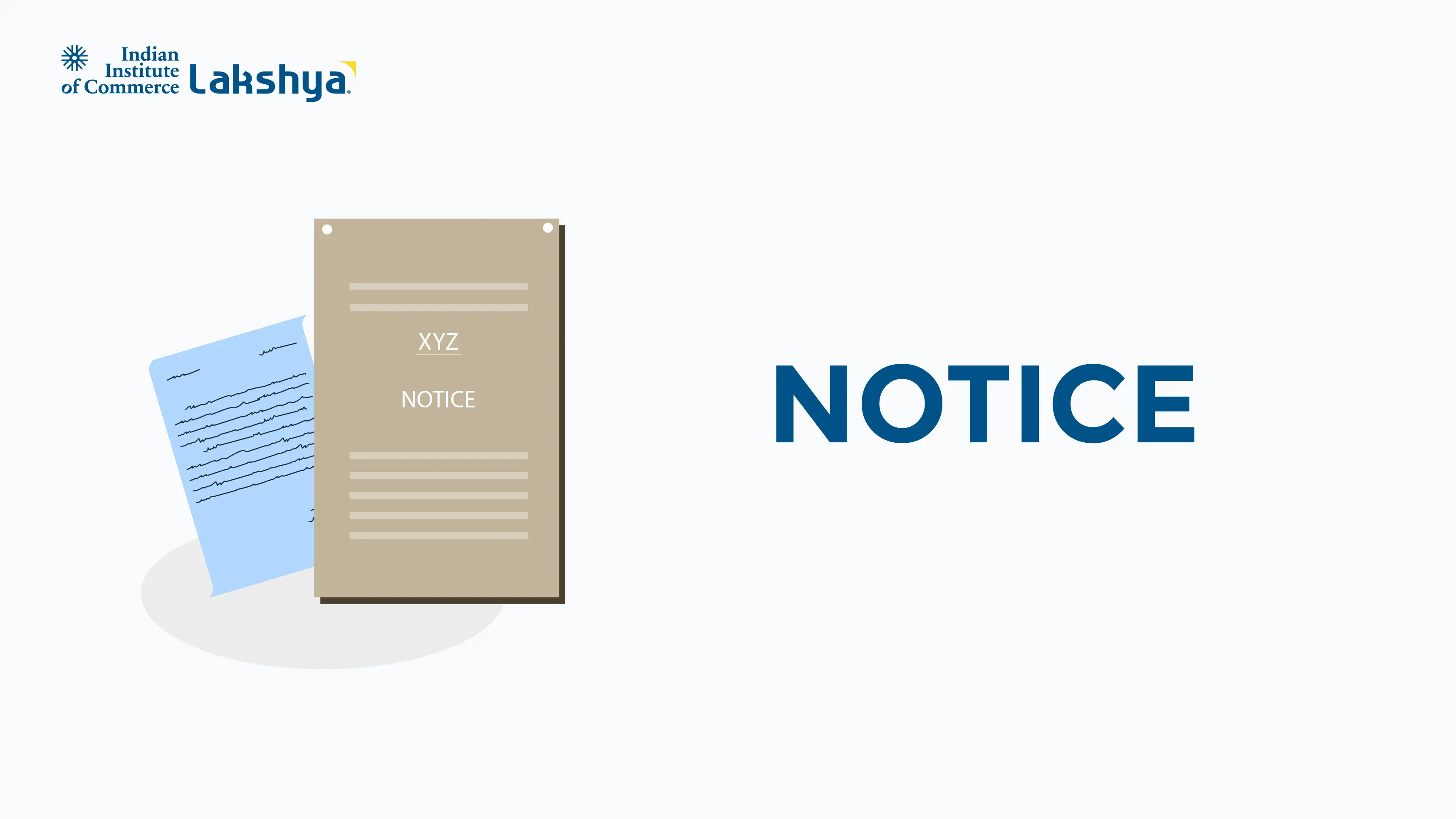Planning vs Plan
Last Updated On -13 Jun 2025

In the fields of organizational development, business strategy, and management, the words "planning" and "plan" are used synonymously quite a bit. In both theoretical and pragmatic settings, they do, however, have diverse meanings and functions. Practical goal setting, decision-making, and performance management all depend on a clear definition of the distinctions between planning and a plan.
Although both are linked and essential for success, planning is the dynamic process of determining goals and choosing how to achieve them; a plan is the ultimate result or document that results from this process. Planning is the action that results in the development of that blueprint; the plan, just like a blueprint, is necessary for building a structure.
What is Planning?
The planning process is a purposeful, always forward-looking method. It entails planning, defining goals, analyzing resources, identifying substitutes, assessing risk, and selecting the most effective course of action to achieve the intended results. Depending on the structure and scale of the company, planning in organizations can be formal or informal and can be categorized as short-term, medium-term, or long-term.
Considered as one of management's primary purposes, planning forms the basis for organizing, leading, and controlling. It reduces uncertainty, facilitates departmental coordination, optimizes organizational resources, and enhances overall resource allocation.
For example, a corporation plans to enter a new market using competitor analysis, product adaptation, and pricing strategies.
What is a Plan?
The noticeable result of the planning process is a plan. It is a recorded roadmap or strategy with specific targets, timelines, roles, and activities. Plans serve as a roadmap for execution and performance monitoring. Depending on real-time challenges or feedback, one can evaluate, change, or dismiss this stationary depiction.
Plans may include operational, financial, marketing, strategic, contingency, and project plans. Although a plan can once be developed, its effectiveness relies on the quality of its execution.
For example, previous planning meetings produce a marketing plan that includes the budget, advertising channels, target audience, campaign dates, and key performance indicators (KPIs).
Key Difference Between Planning and Plan
In business environments, both components must be complementary. While the plan gives structure and responsibility, the planning process develops foresight and flexibility. Effective companies view planning as a mindset rather than a set of rules etched in stone. The plan is rather a guide.
The key difference between planning and plan is tabulated below:
|
Planning |
Plan |
|
Ongoing and dynamic process |
Fixed or static document |
|
To decide how to achieve a goal |
To provide a guide or roadmap for execution |
|
It is continuous event |
One-time outcome |
|
Adaptive to new information |
Specific needs revision |
|
Ideas, analysis, and decision-making |
Documented strategy |
|
Example:- SWOT analysis |
Example:- Project charter |
Why Understanding Planning vs Plan Matters?
Knowing the differences between planning and a plan enables teams and leaders to operate with accuracy and agility. In rapidly changing surroundings, relying too heavily on a rigid strategy without dynamic planning can lead to failure. On the other hand, constant planning without recording a plan could lead to misunderstandings of responsibilities and objectives, duplication of efforts, and miscommunication.
- In business and management, planning ensures the effective use of resources and coordinates activities among departments, thereby improving organizational efficiency.
- Dynamic planning helps individuals recognize and prepare for uncertainties. The strategy guarantees everyone agrees on something.
- Improves Decision-Making: Planning allows for multiple scenarios to be considered. The last strategy categorizes them into manageable actions.
- Guarantees responsibility by assigning responsibilities and defining performance criteria in a recorded strategy.
- Constant planning enables adaptation, thereby maintaining the company's competitiveness under uncertain conditions.
Conclusion
Planning and plan are somewhat diverse but closely related facets of strategic management. The intellectual process of direction setting, scenario analysis, and future preparation is planning. Conversely, the plan is the recorded form of those ideas meant to direct performance and action. Whether you are running a project, learning management, or running a company, knowing when to follow a plan and when to schedule will help you decide whether success or failure results.
|
Did you know? "Plans are useless, but planning is everything," stated former U.S. President Dwight D. Eisenhower famously. This emphasizes the need for a planning process that surpasses the rigor of policies in actual implementation. |
Explore More
- Petty Cash Book
- Price Determination Under Perfect Competition
- Features of a Perfect Competition
- Issue of Shares
Want to stay updated on essential business theories and laws in commerce? Browse more topics on our Commerce Articles!
Frequently Asked Questions (FAQs)
Can there be planning without a plan?
Indeed, especially in informal or dynamic circumstances, planning can occur without resulting in a written plan. Having a plan, though, facilitates cooperation and execution.
Have a one-time activity planned?
Planning is, indeed, an ongoing, iterative process. Planning must be revised as circumstances change to ensure relevance and effectiveness.
What happens if a company has a strategy but does not constantly plan?
These types of companies may struggle to adapt to changes or unexpected difficulties, making them prone to failure even with a written plan.
Why is one of management's functions regarded to be planning?
Along with organizing, staffing, leading, and regulating, planning is one of the five fundamental roles of management, as it provides the foundation for all other activities by defining goals and guiding the process of reaching them.








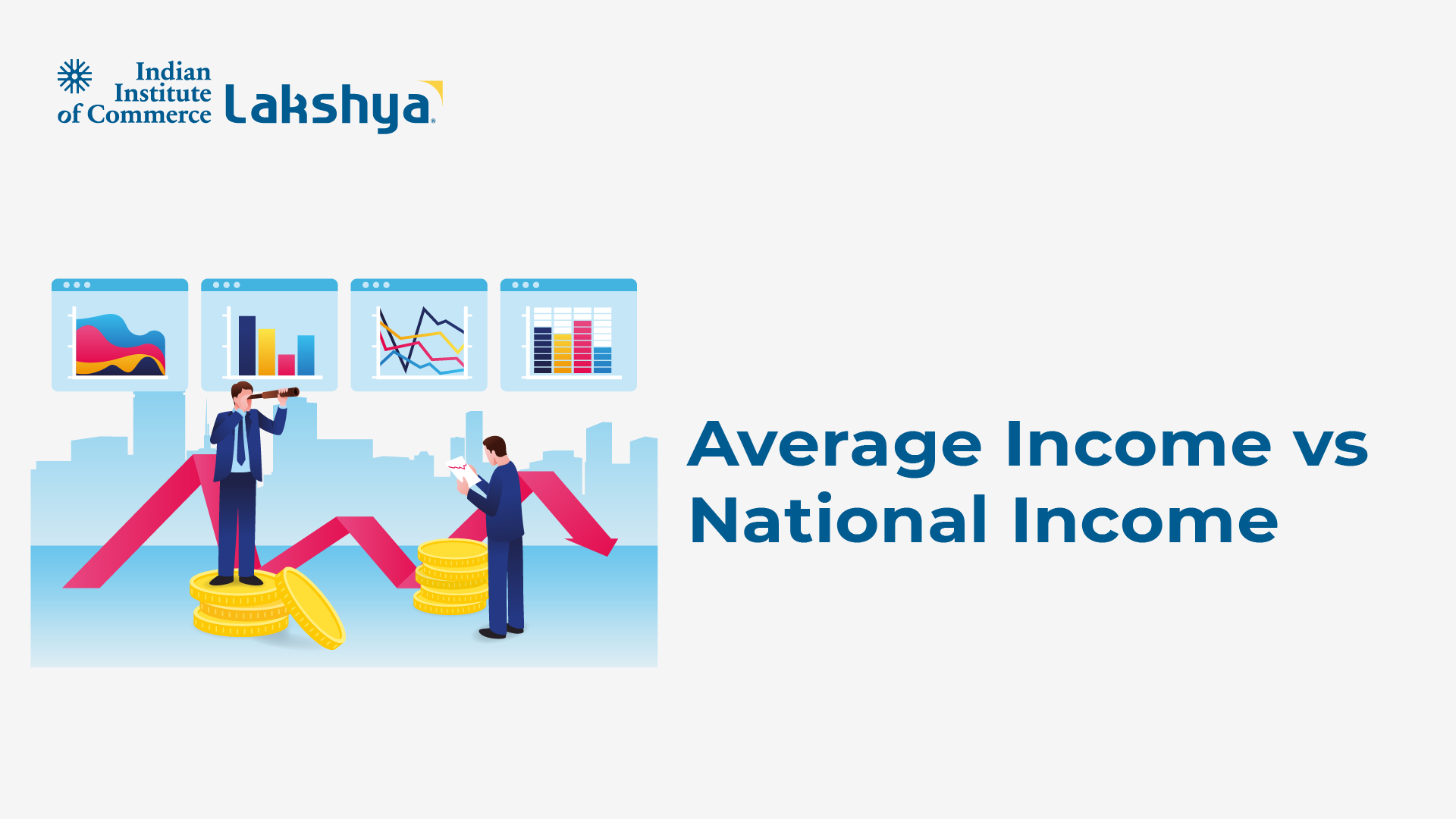


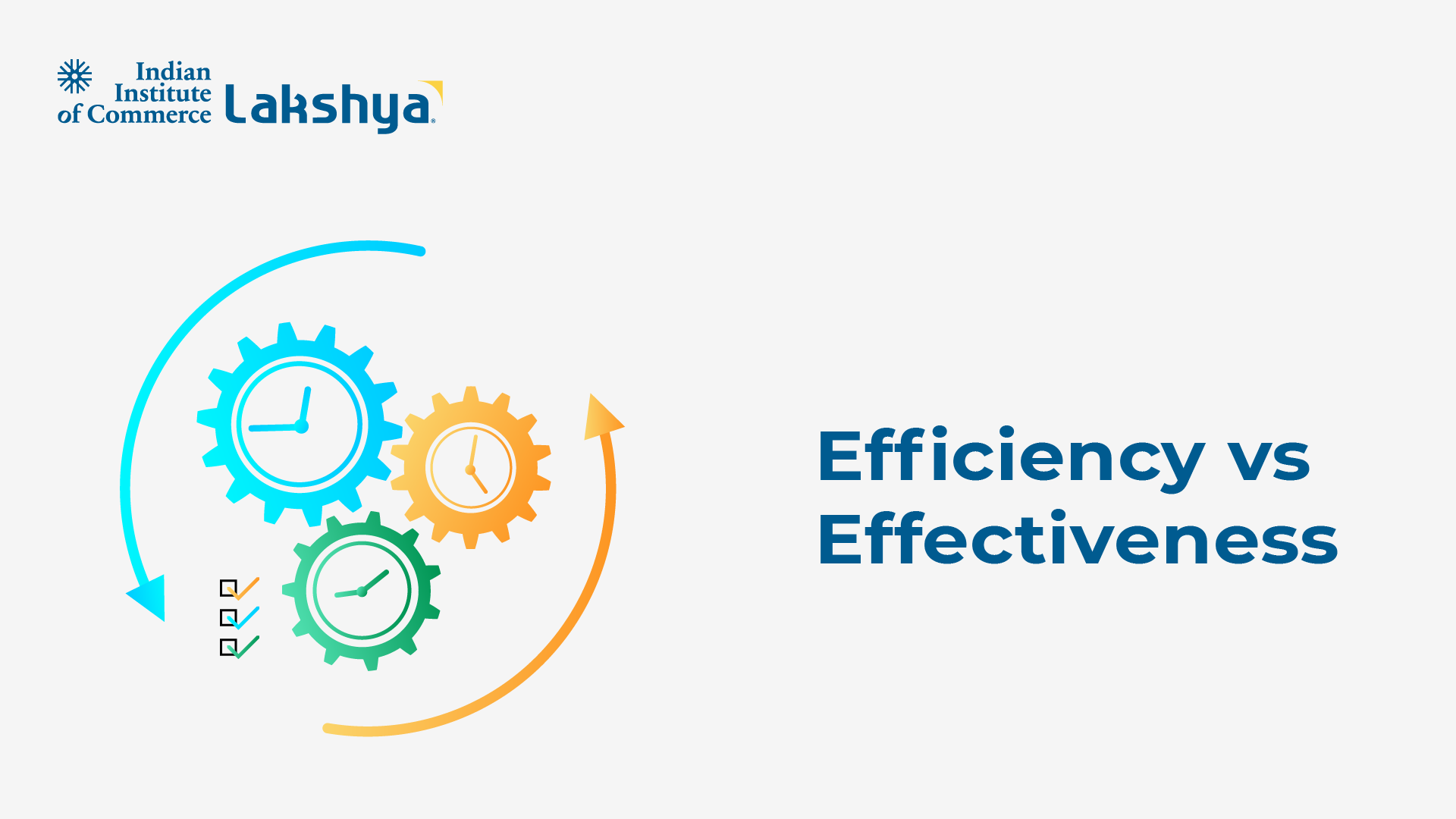









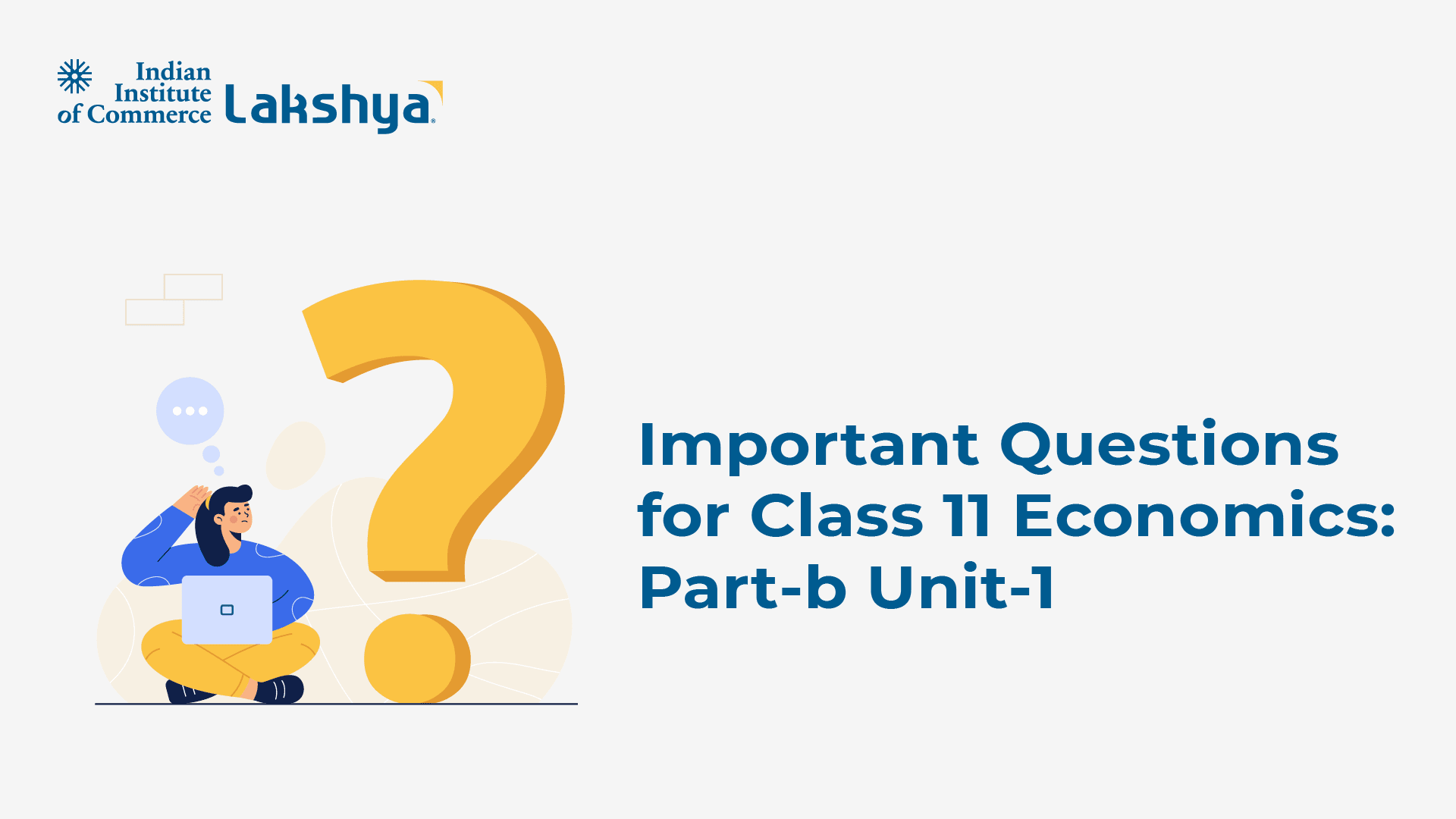
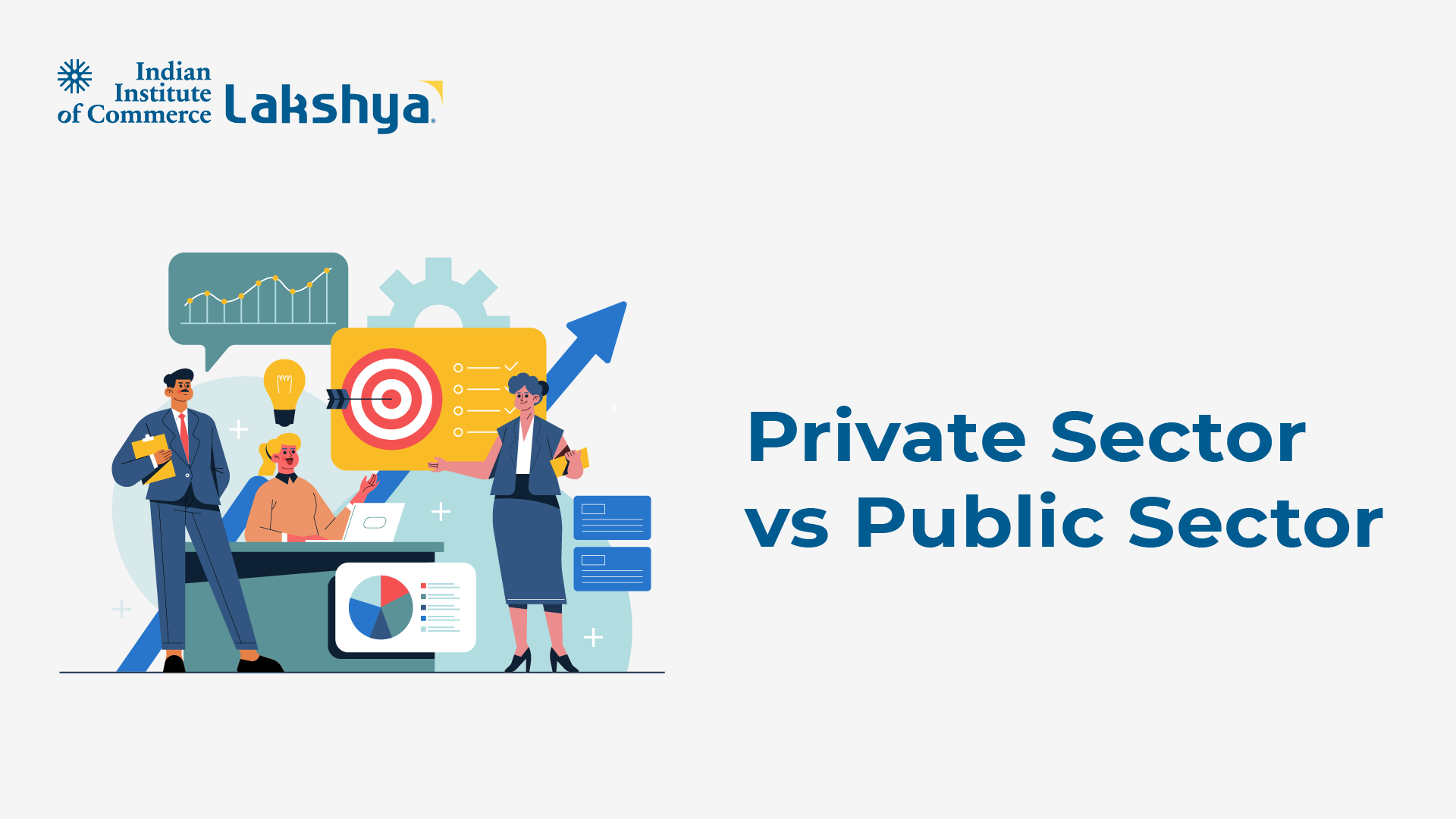



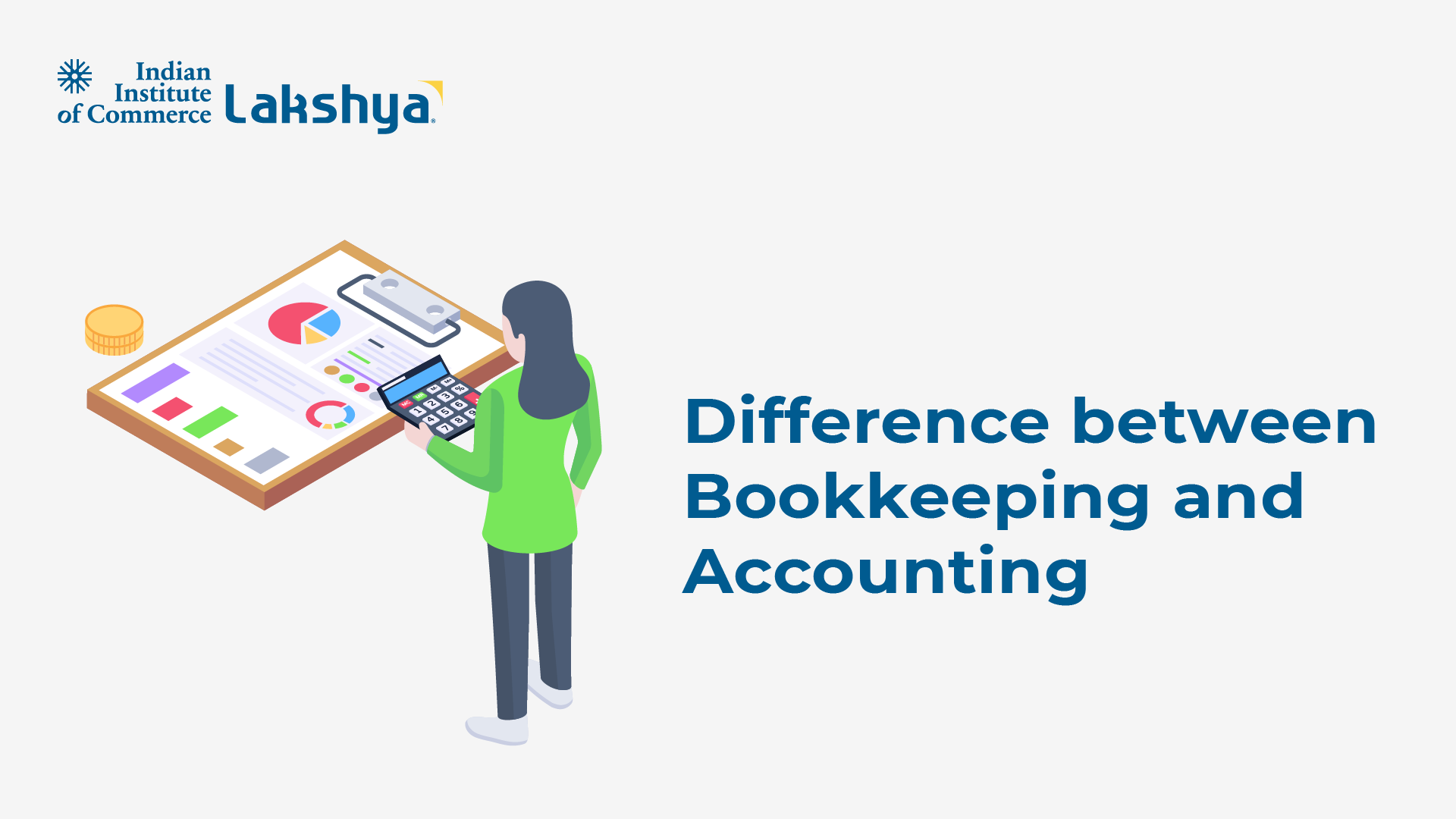
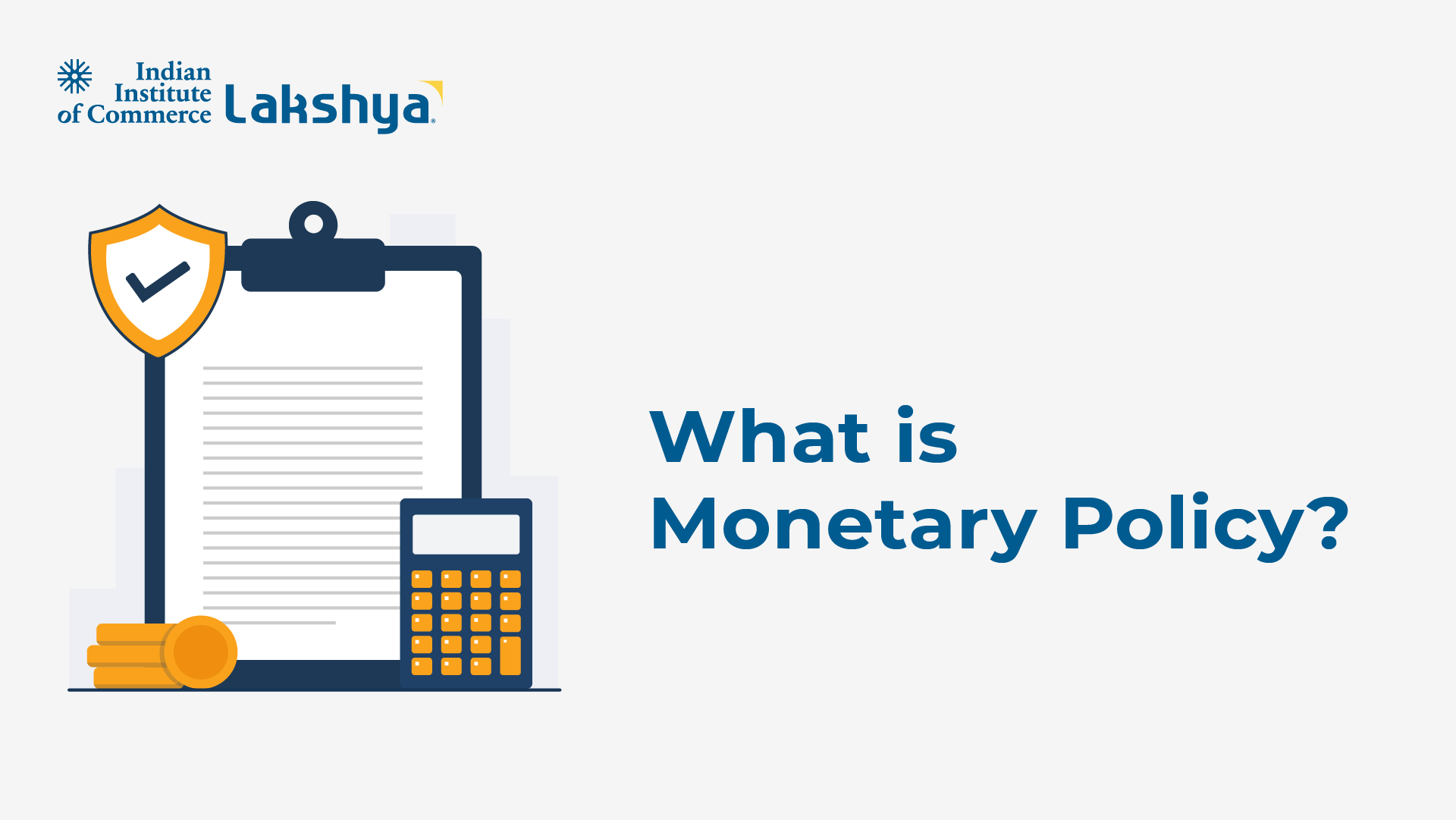





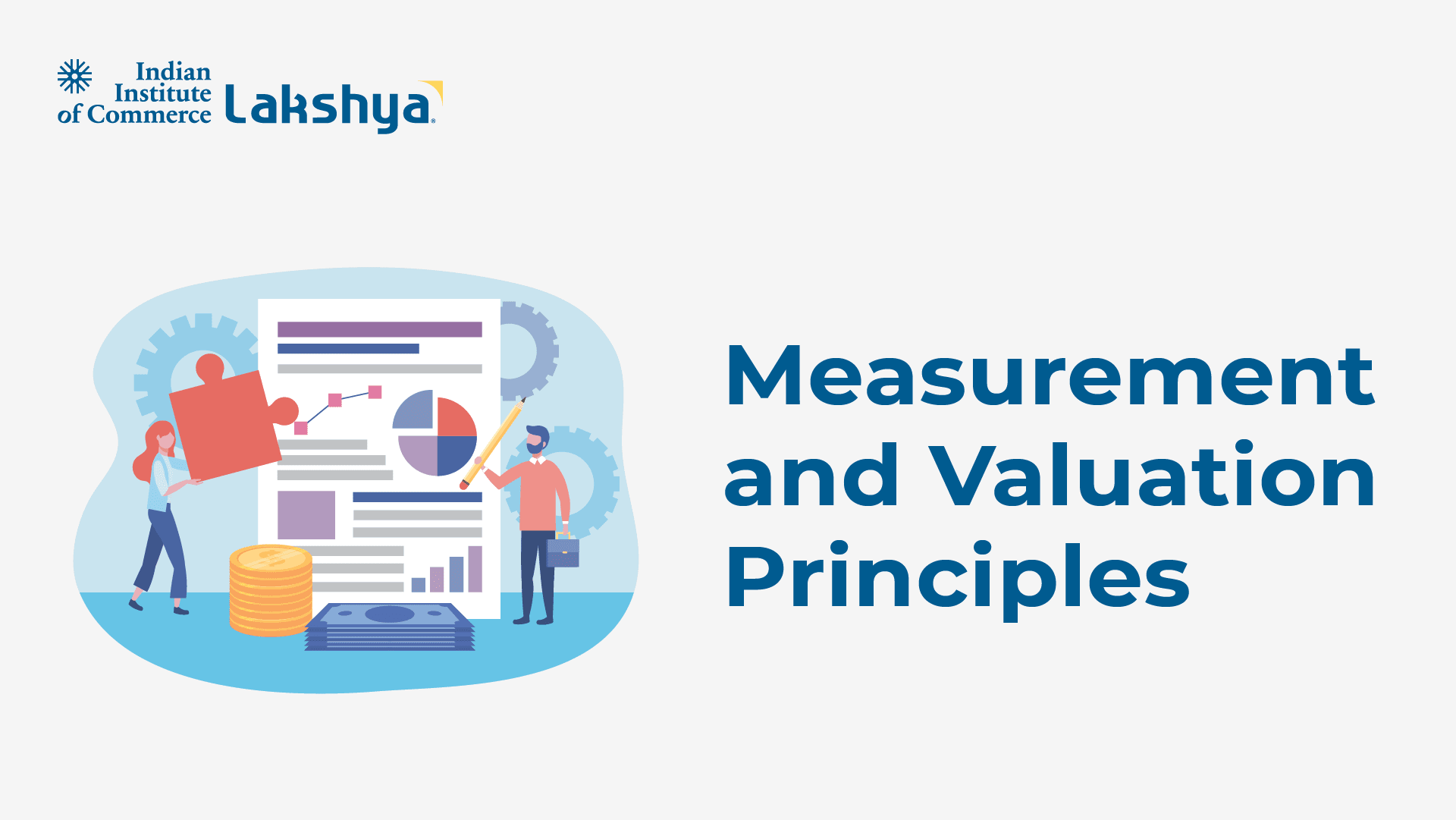

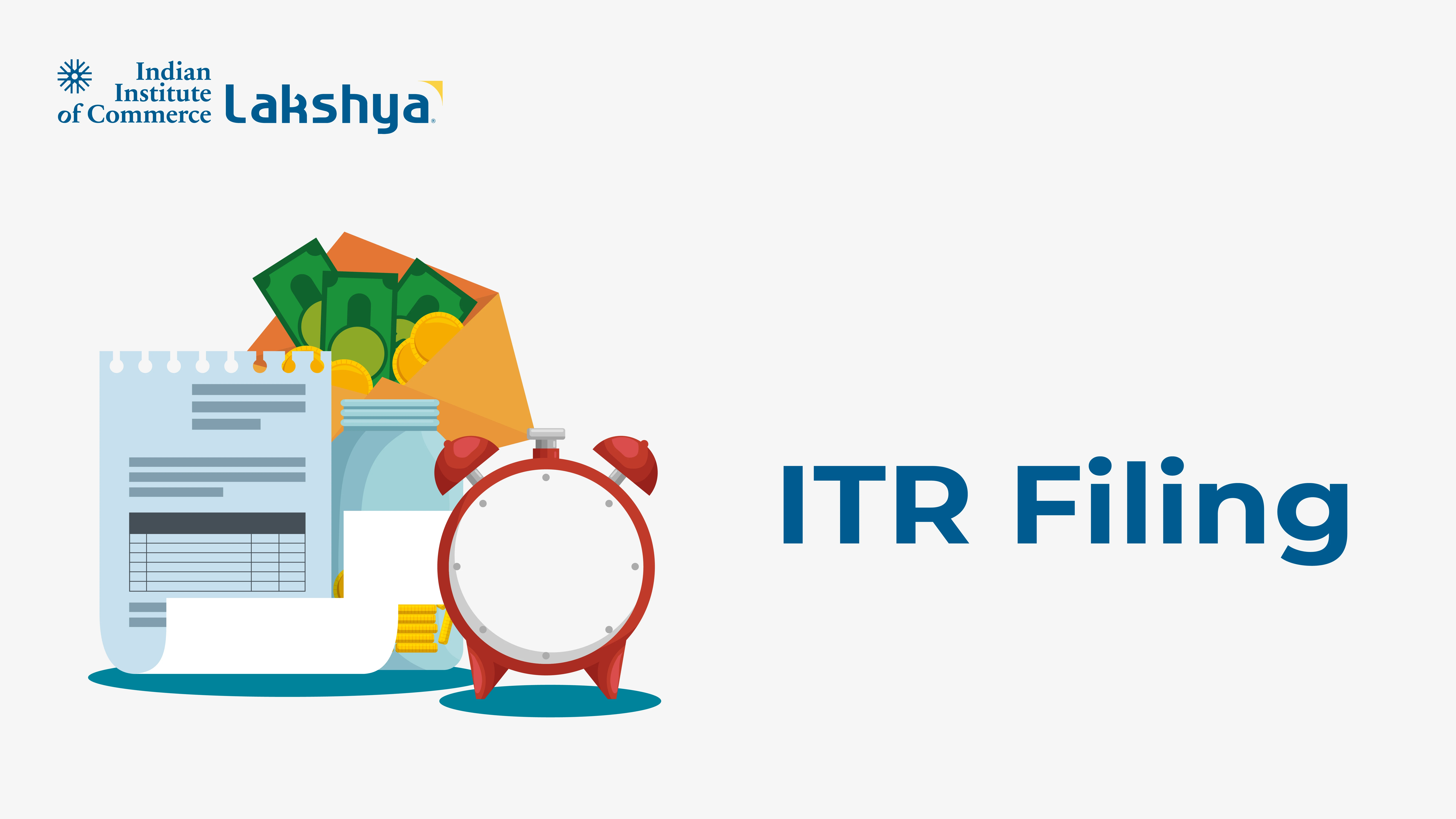



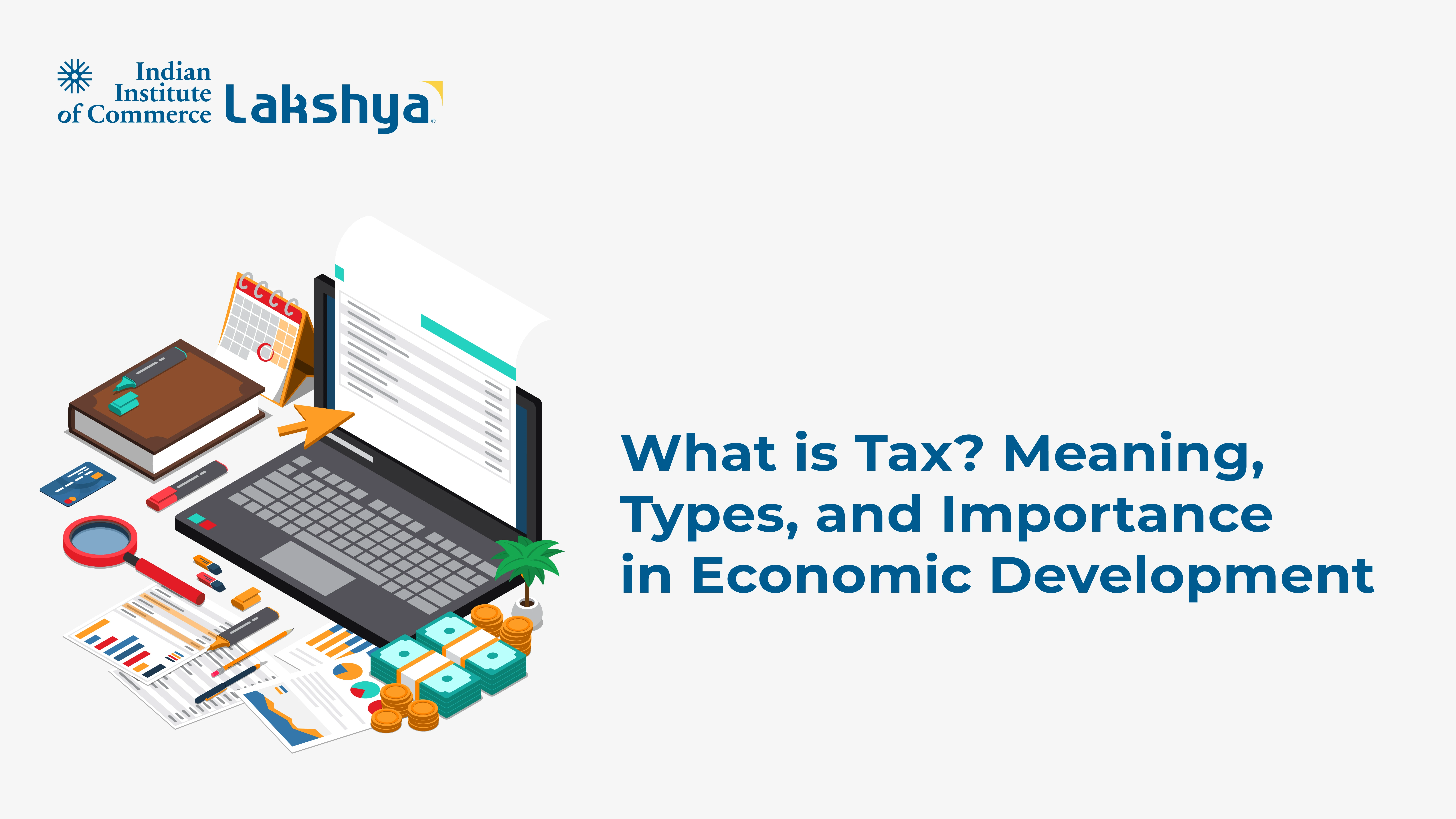
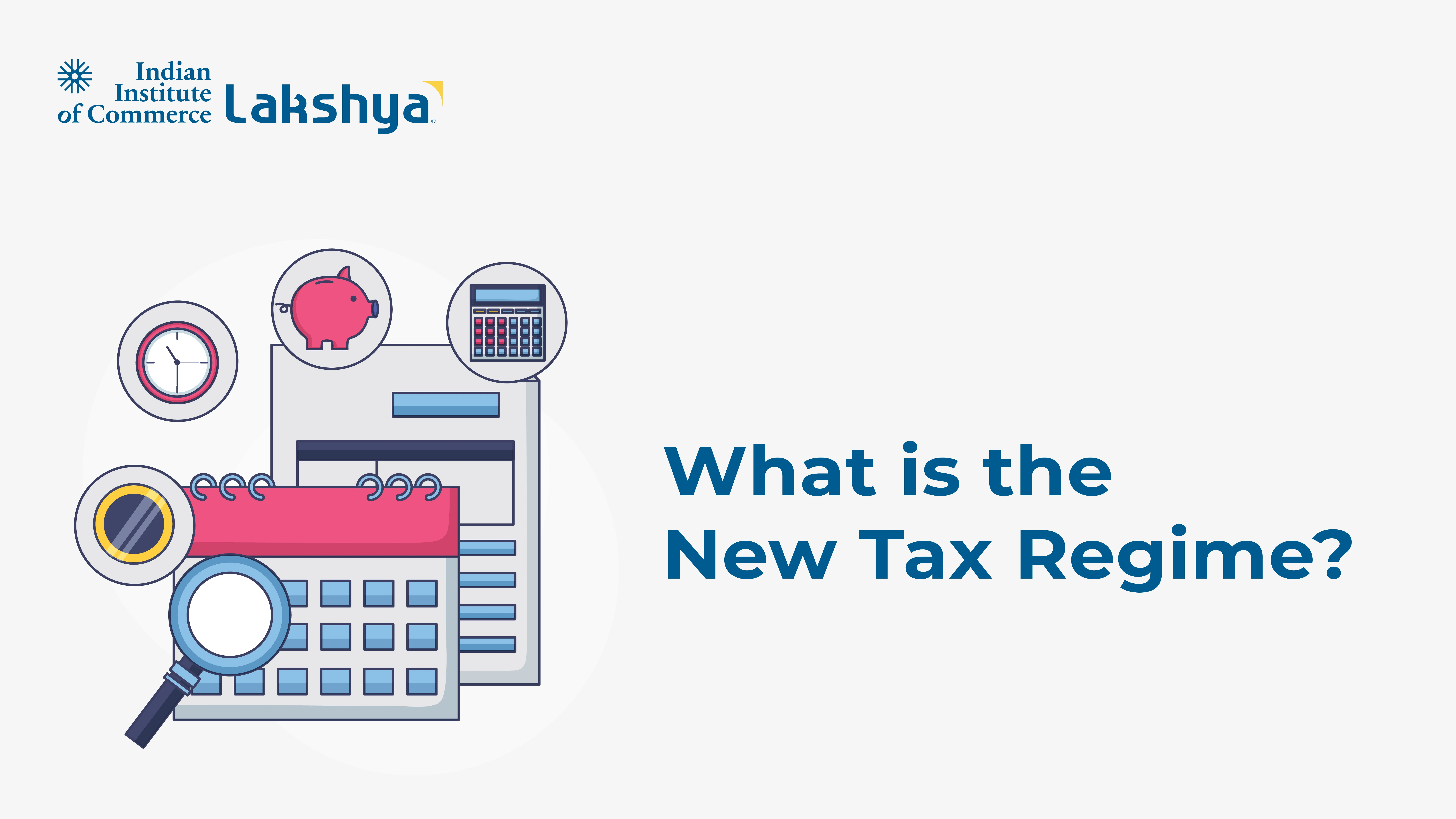
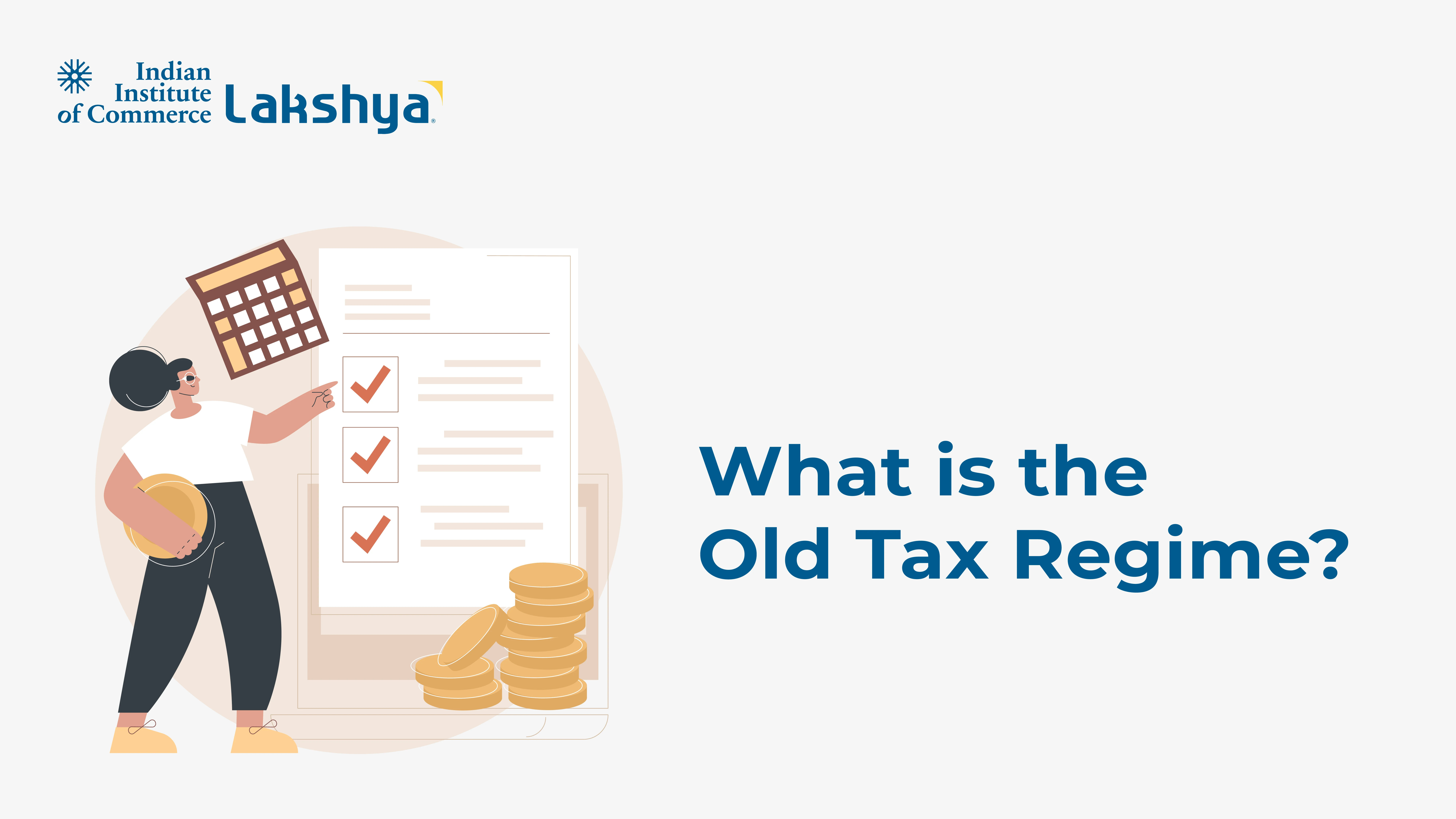



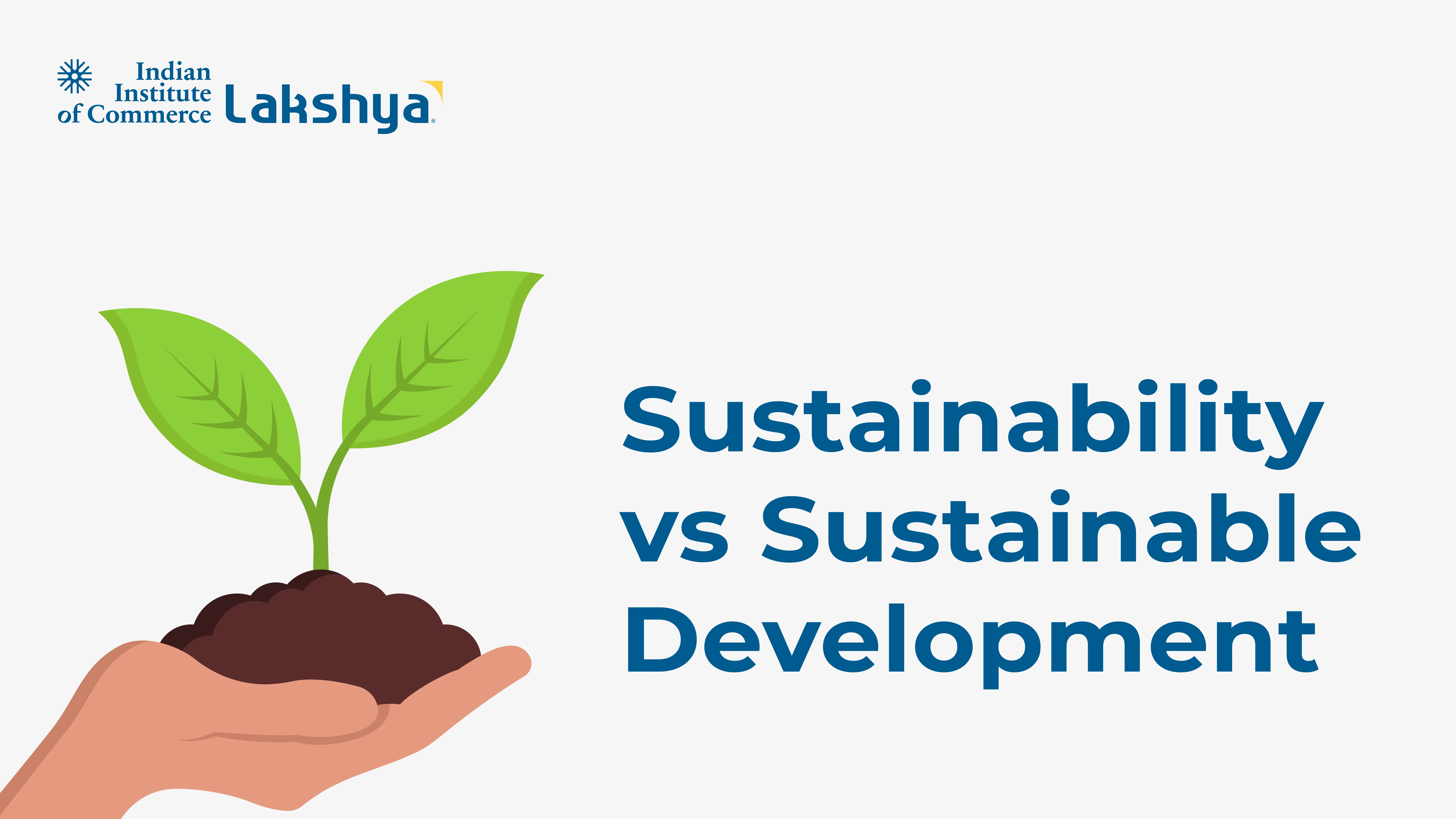

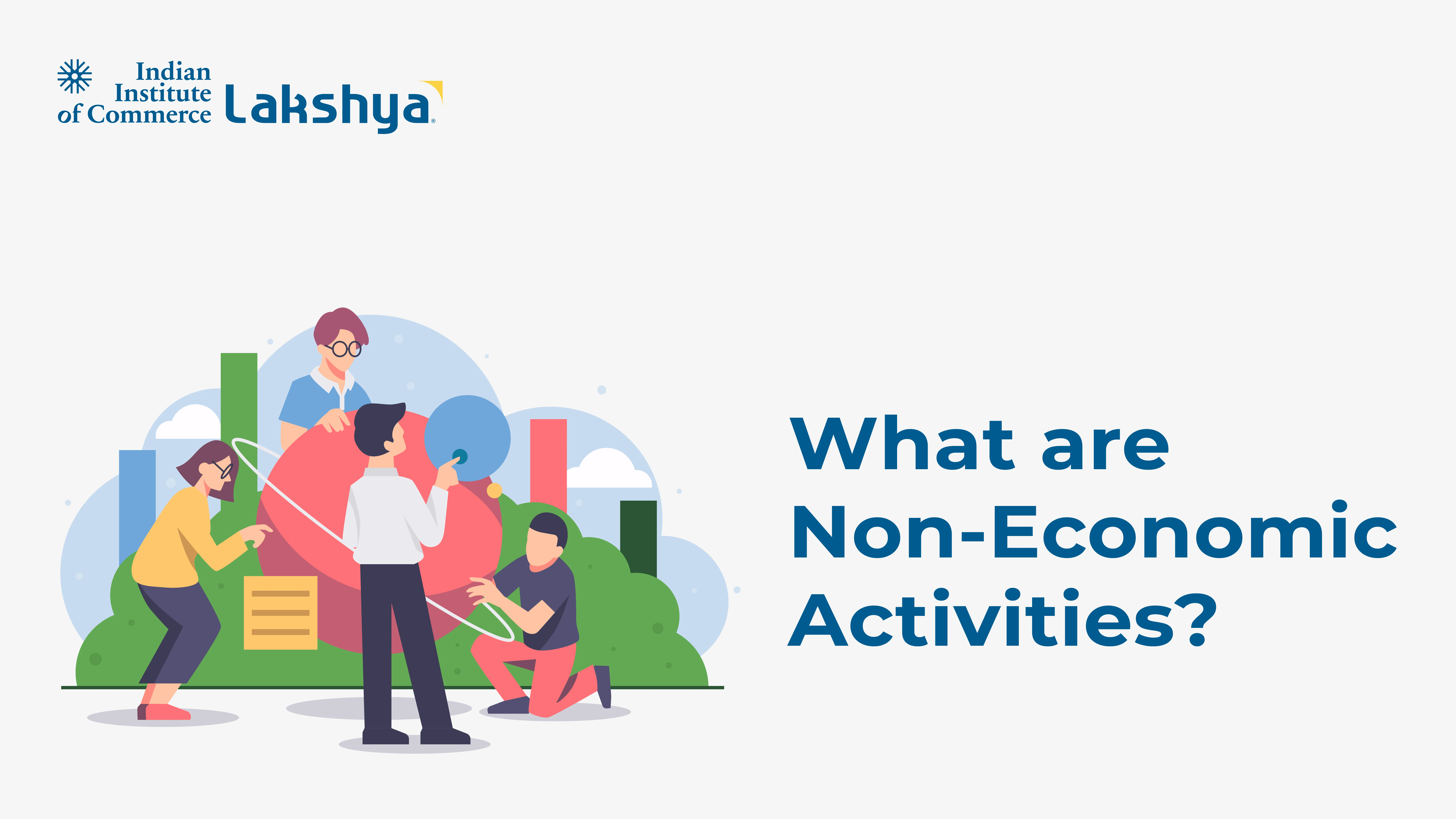
















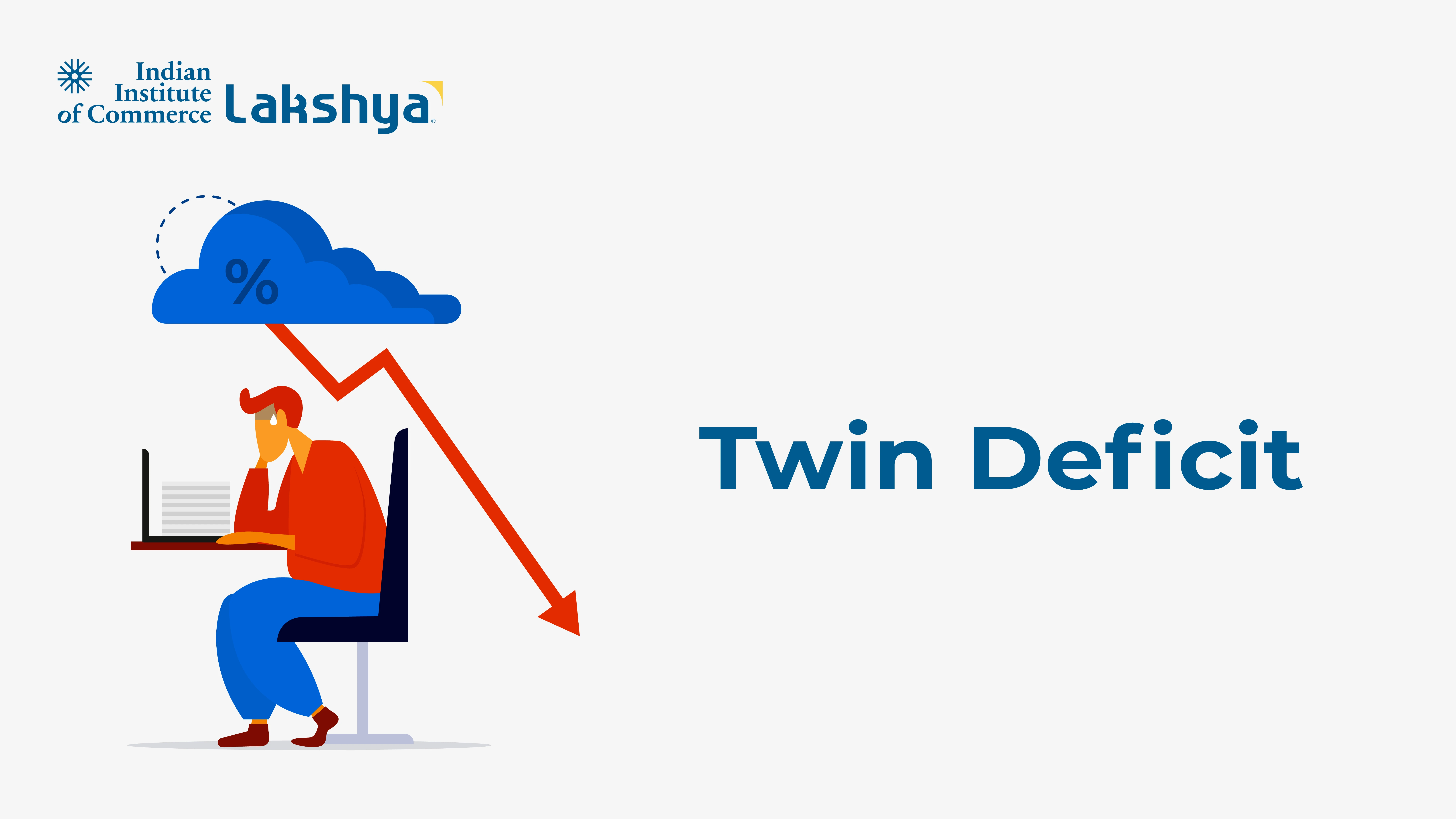





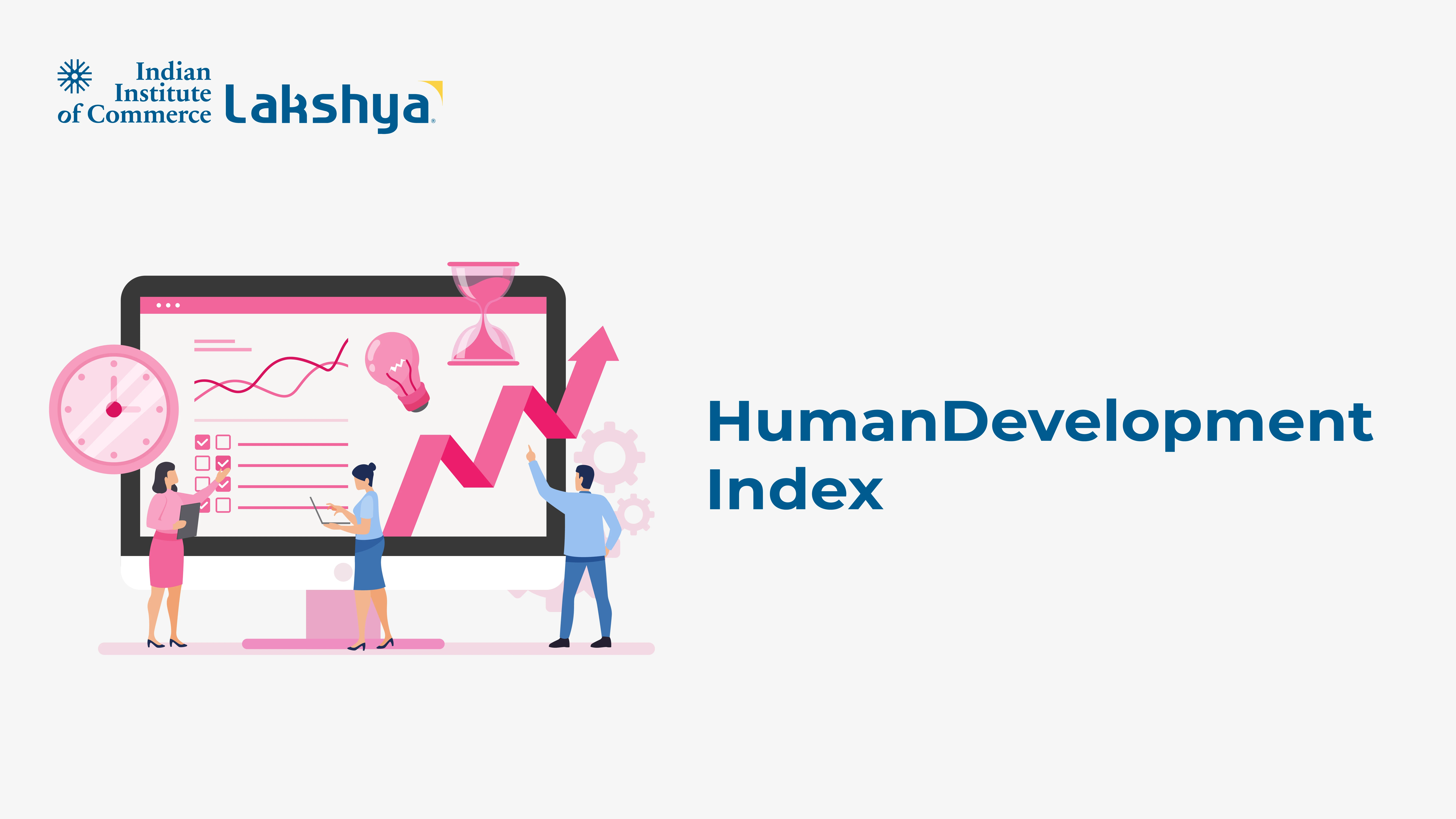




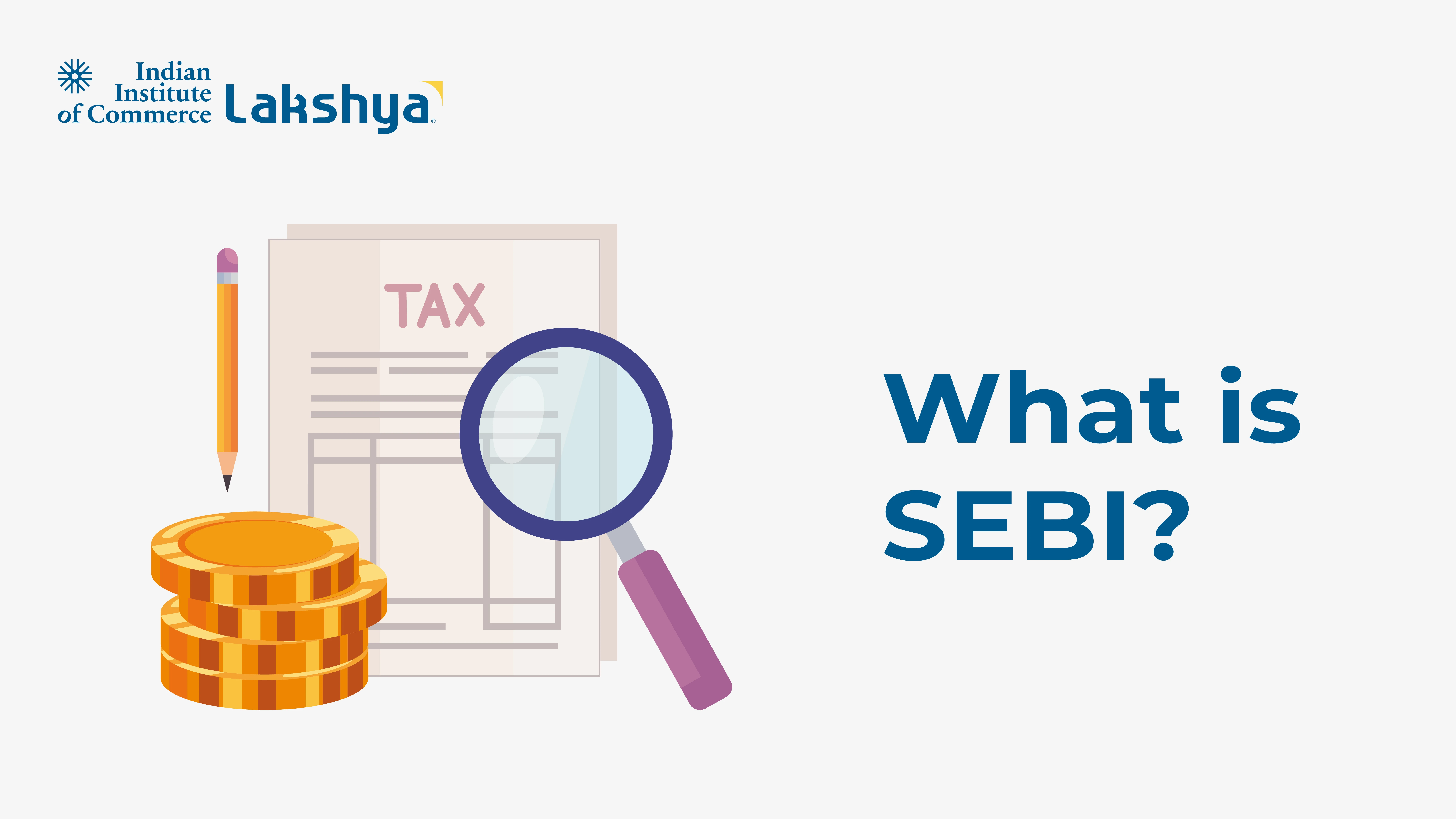





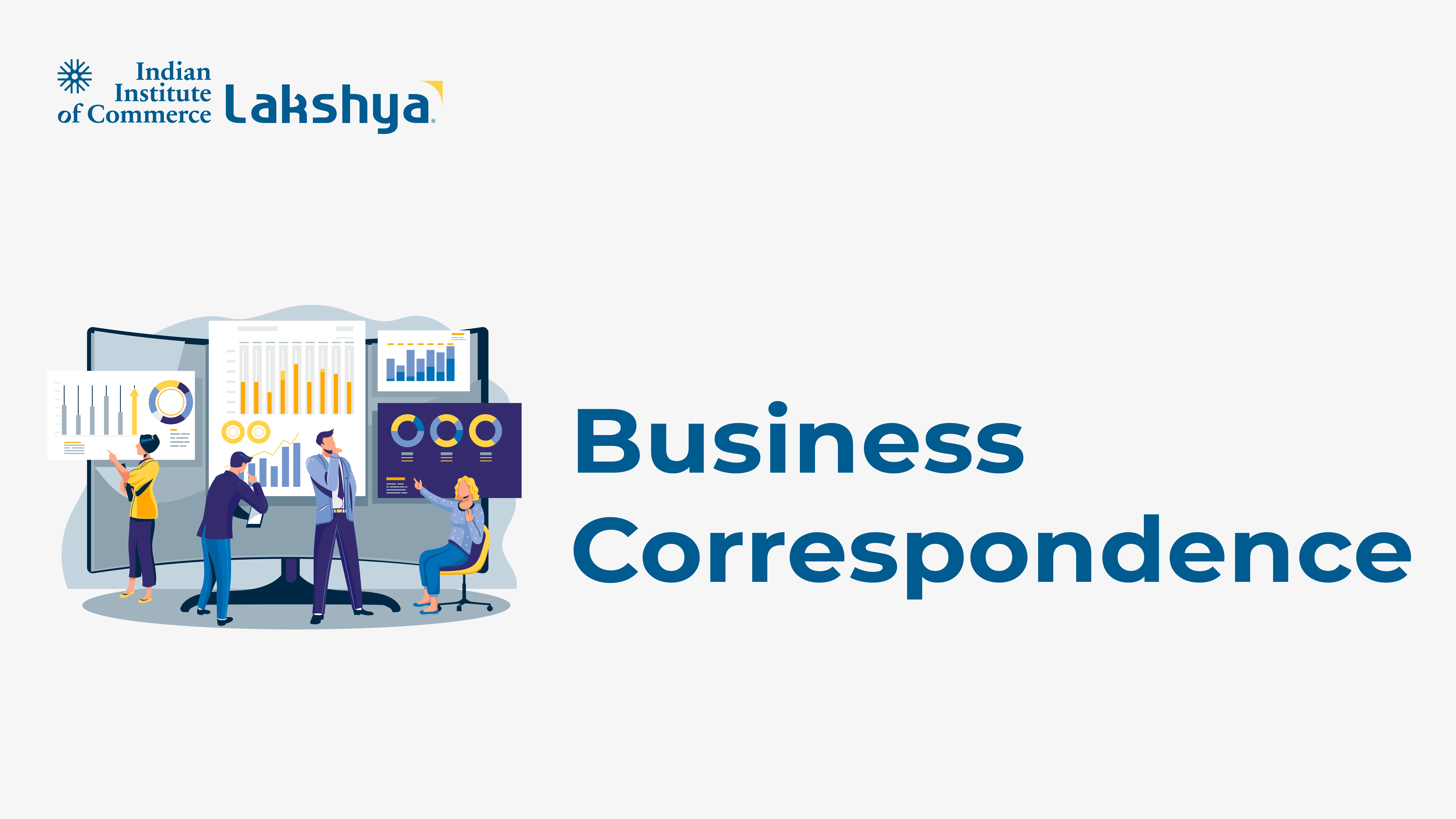




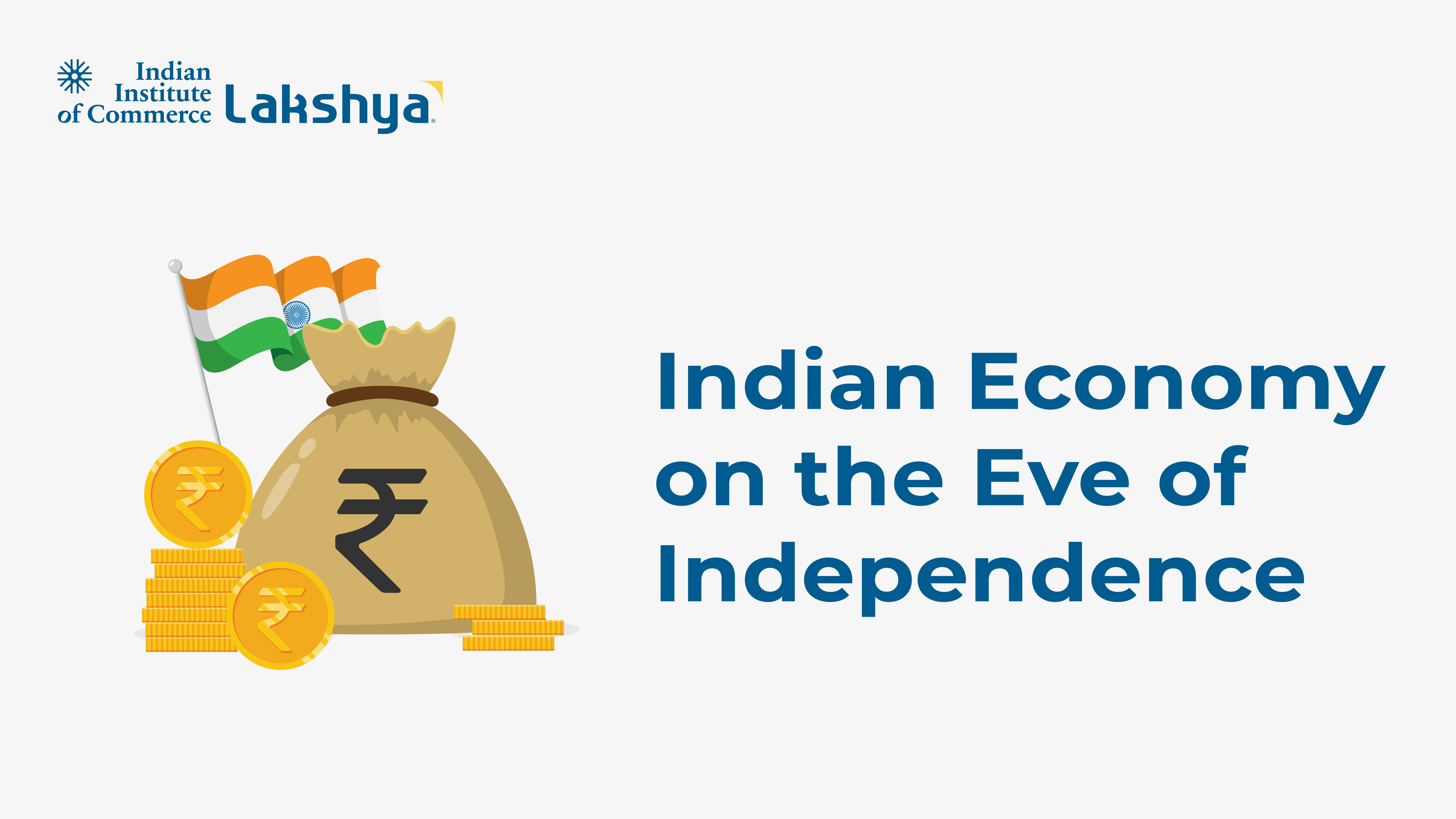


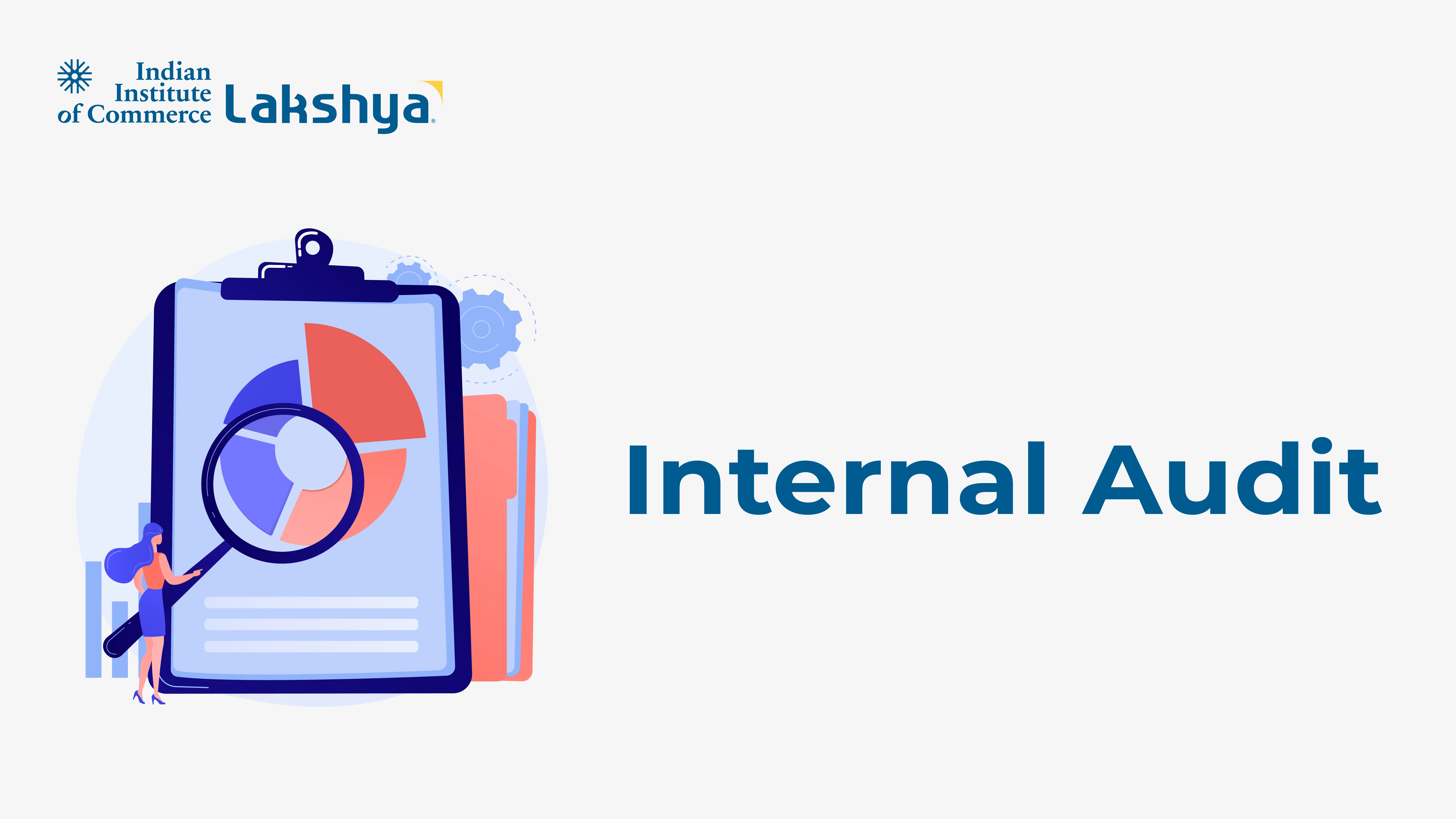






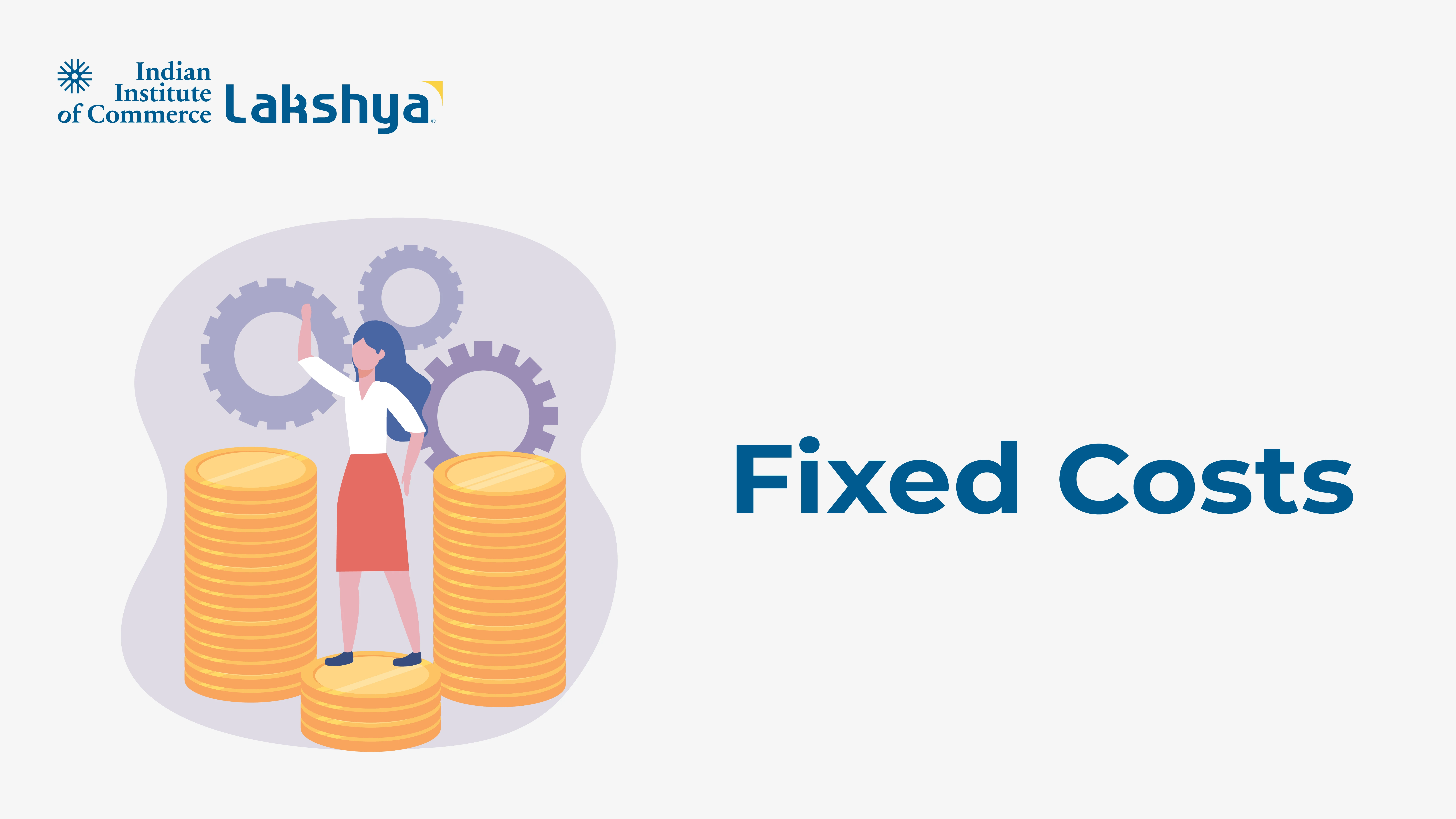
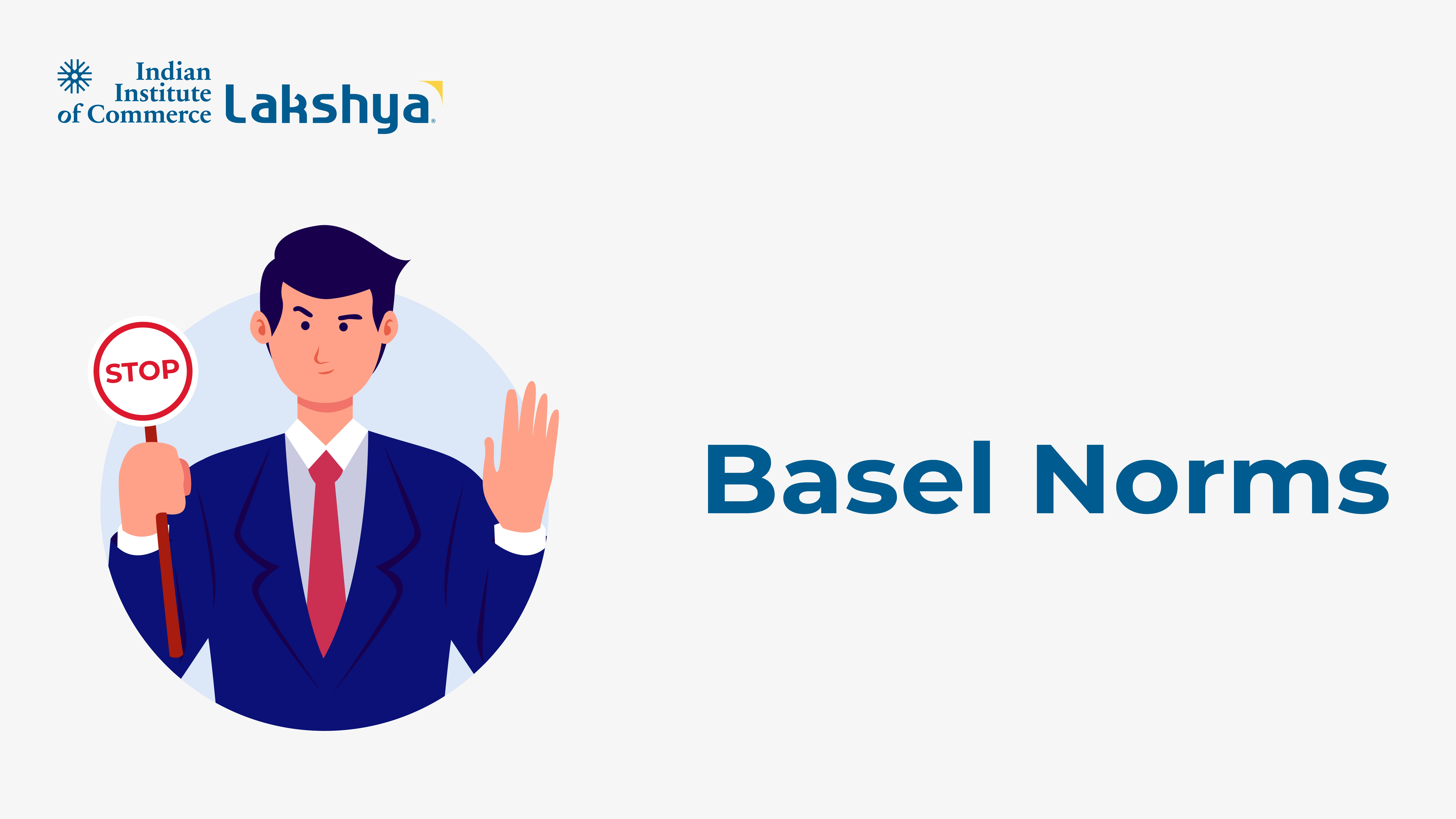
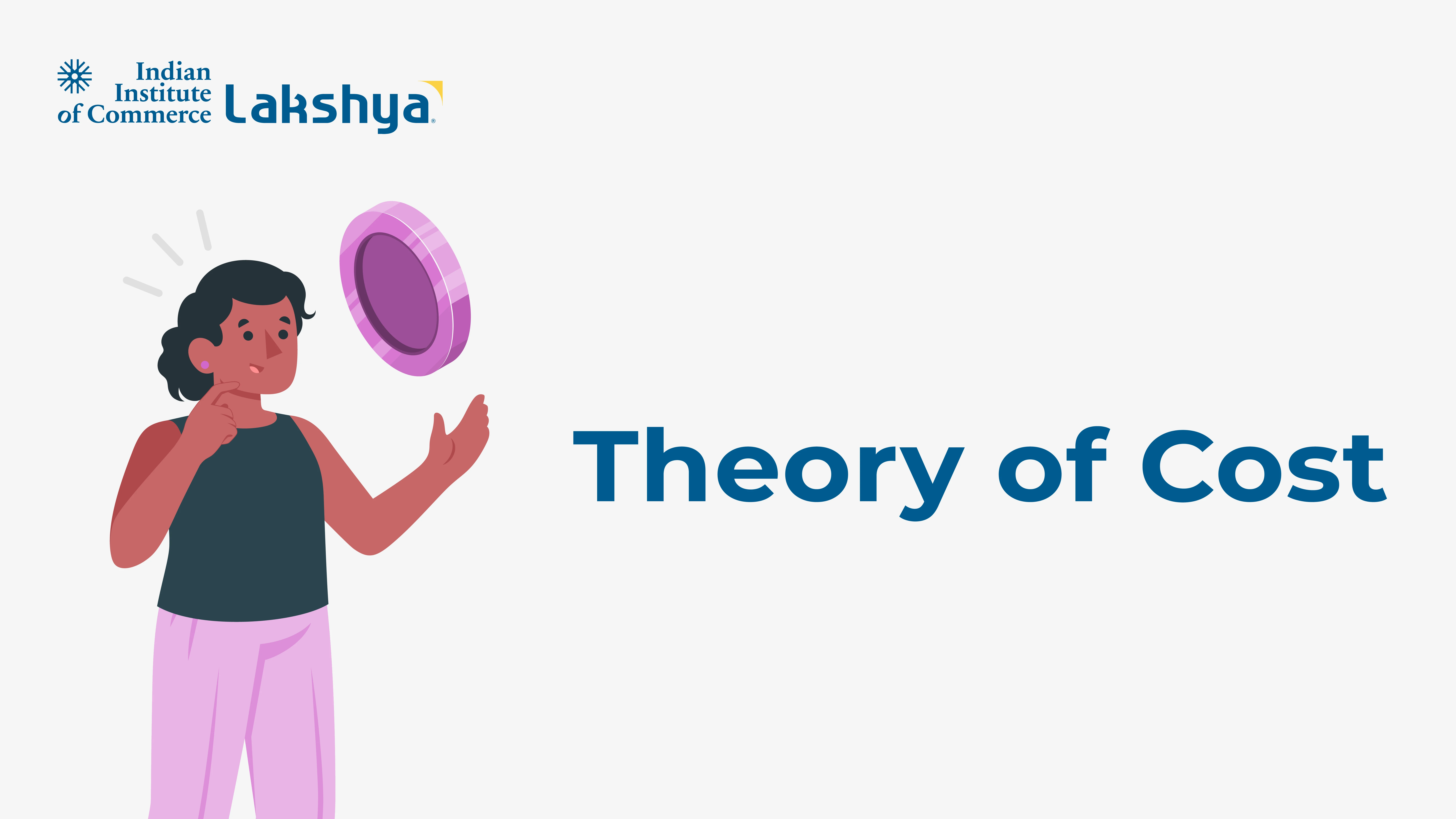
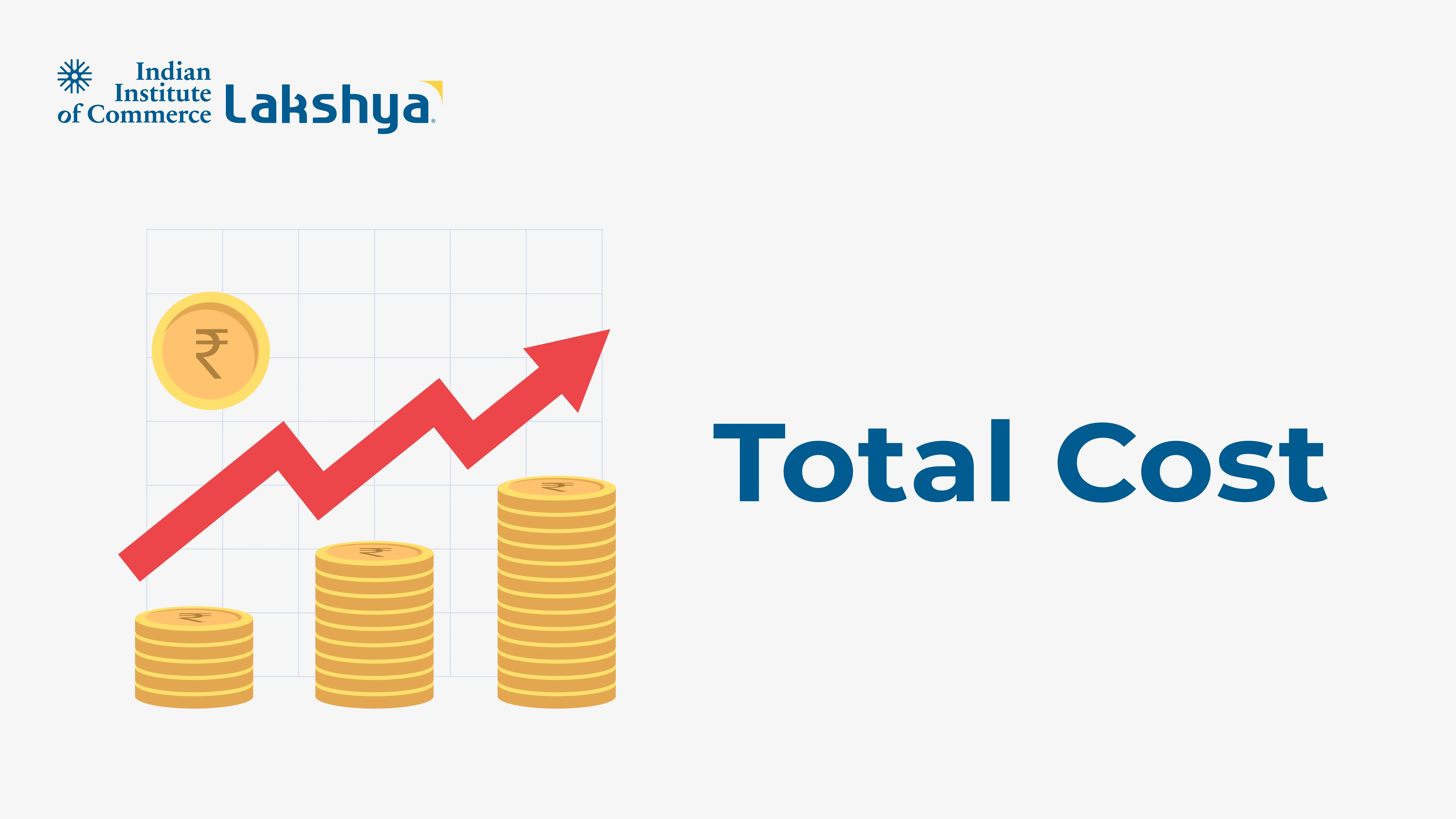
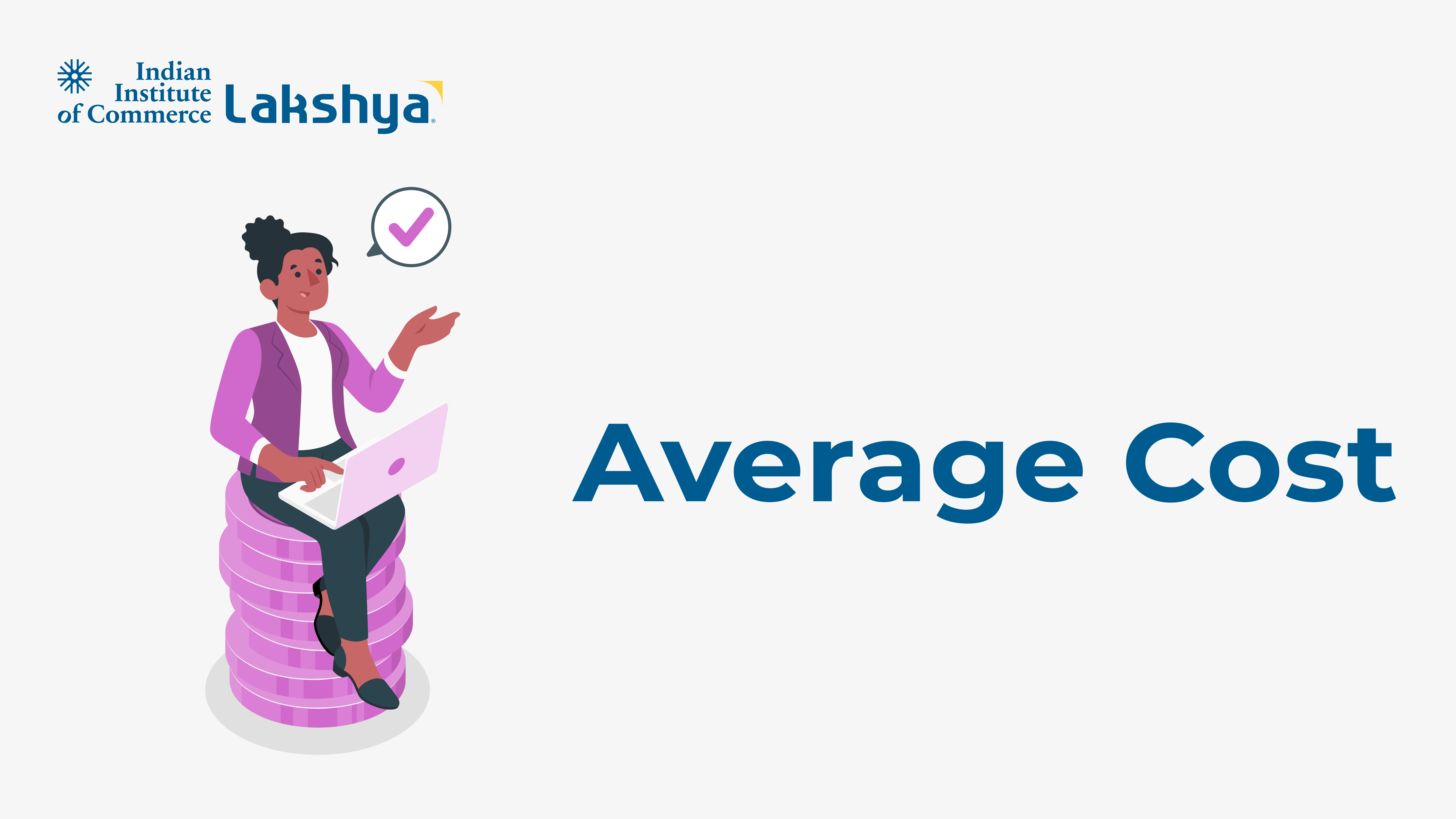
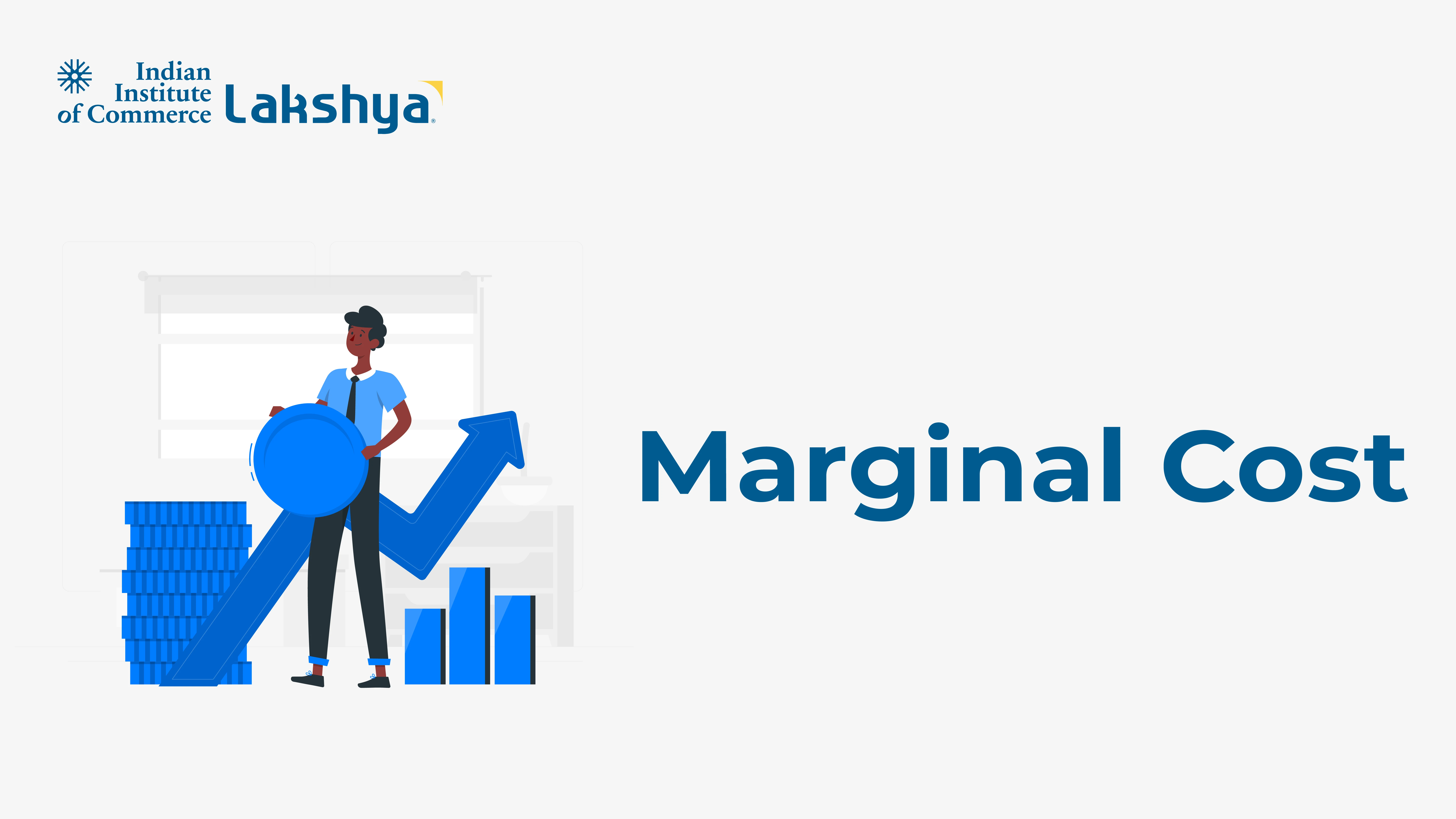









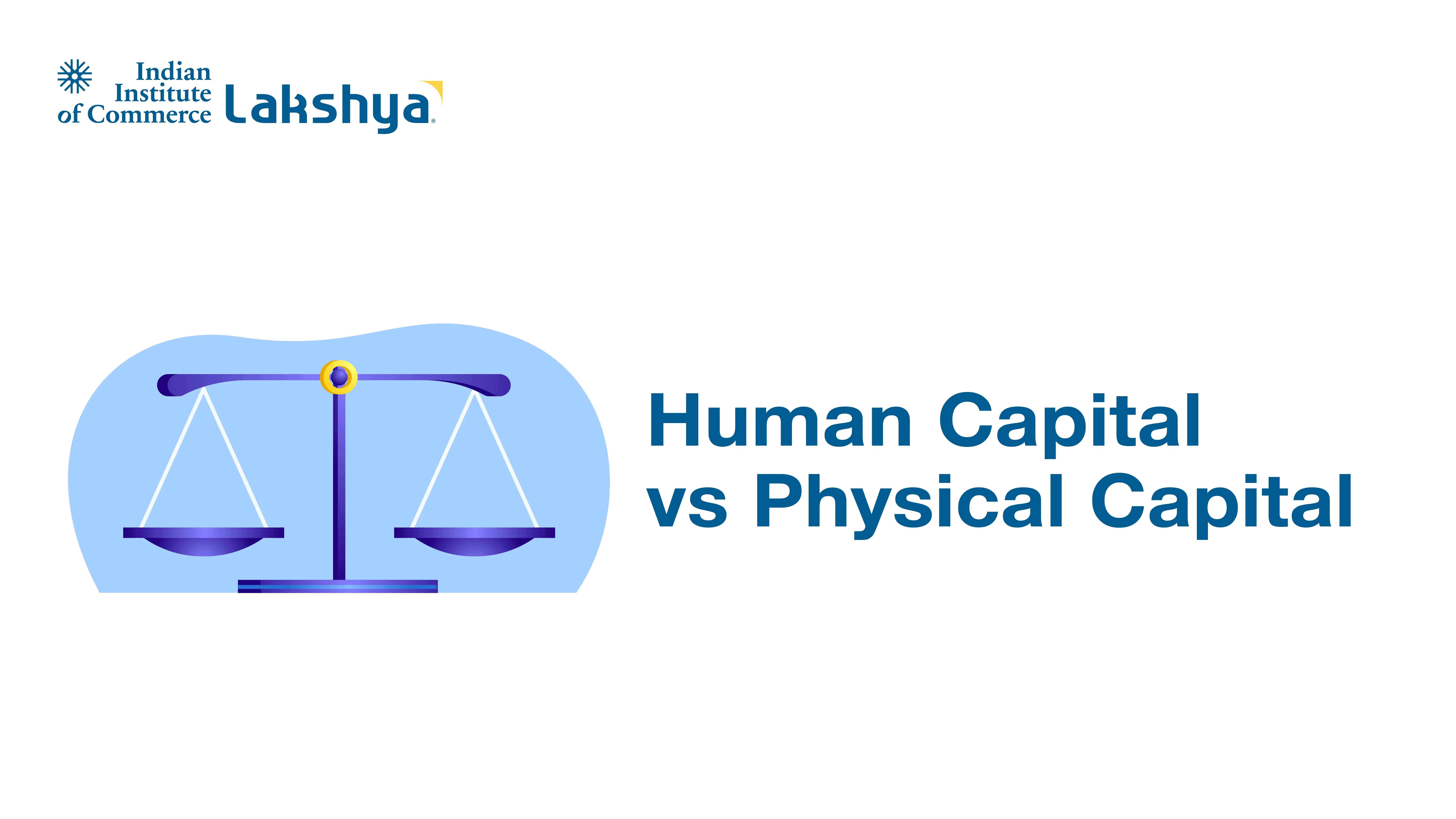
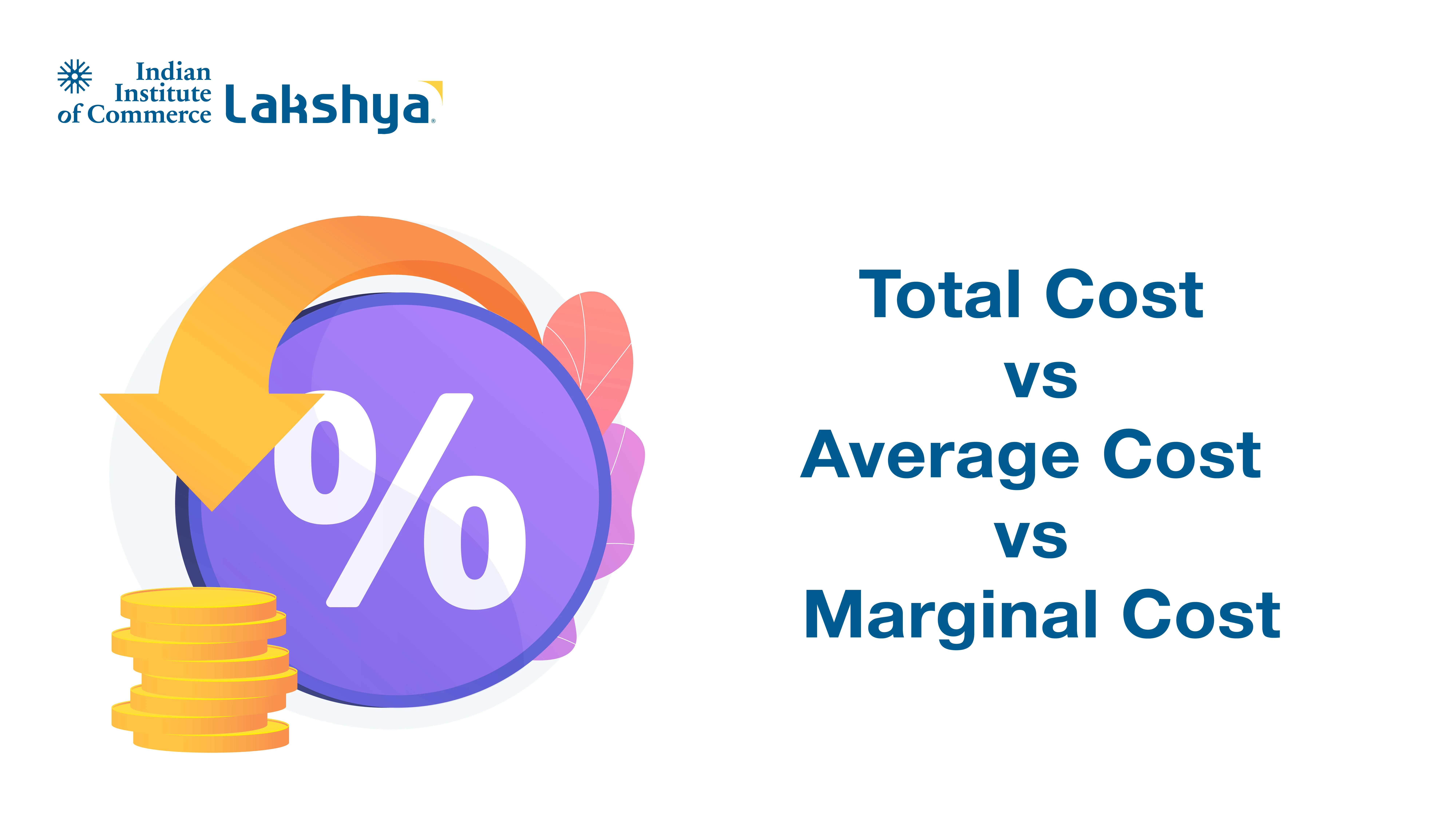





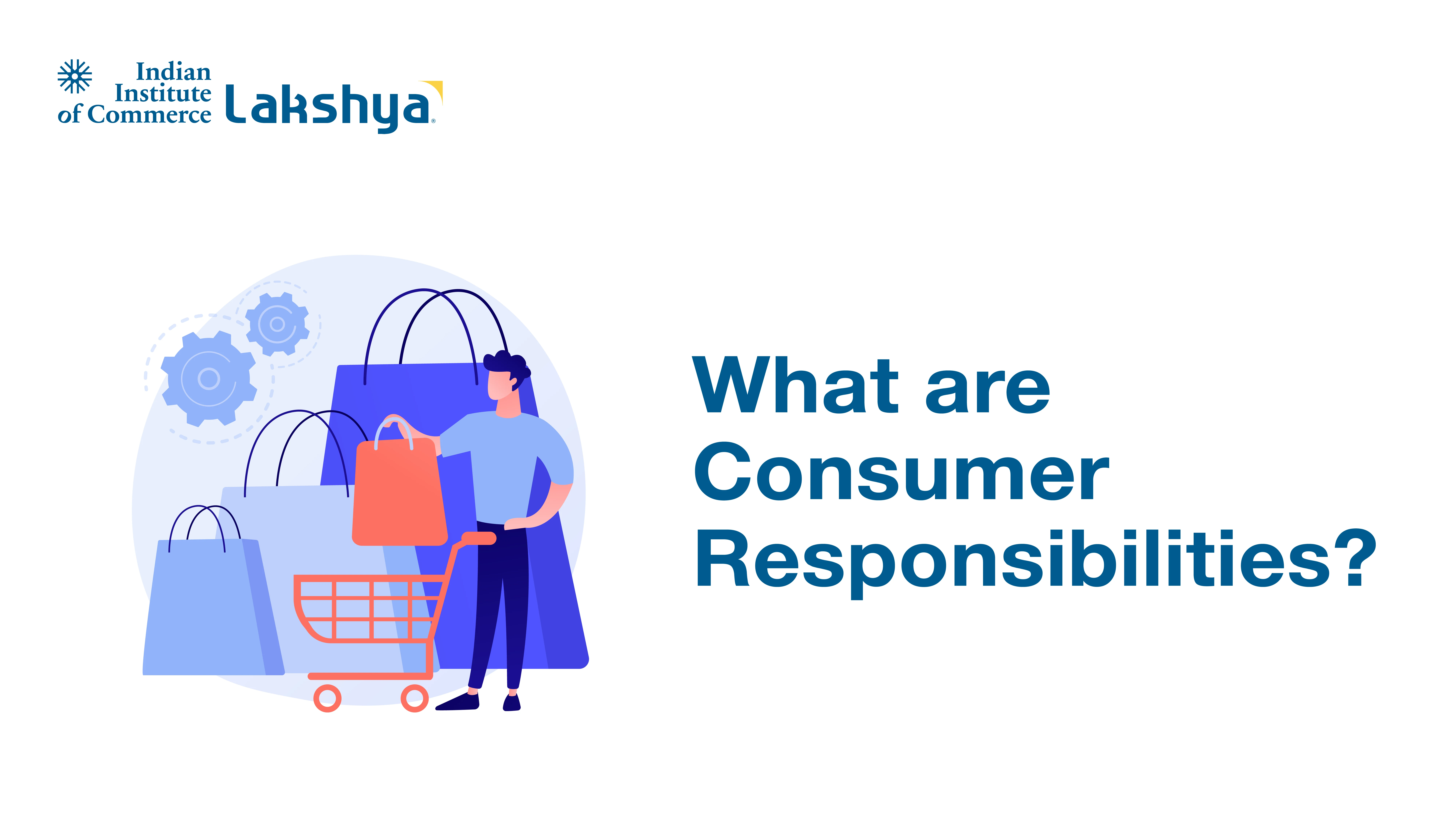

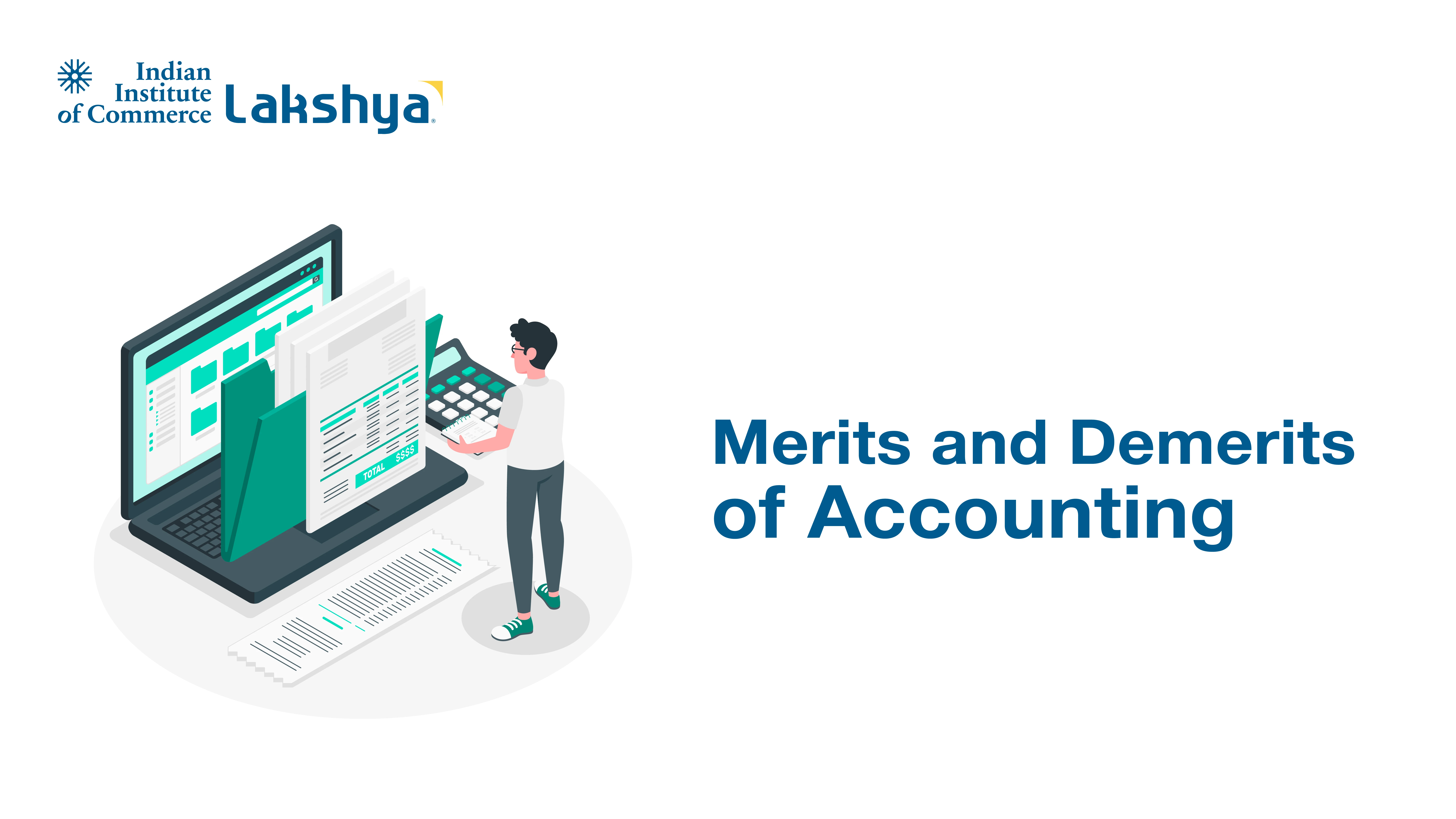




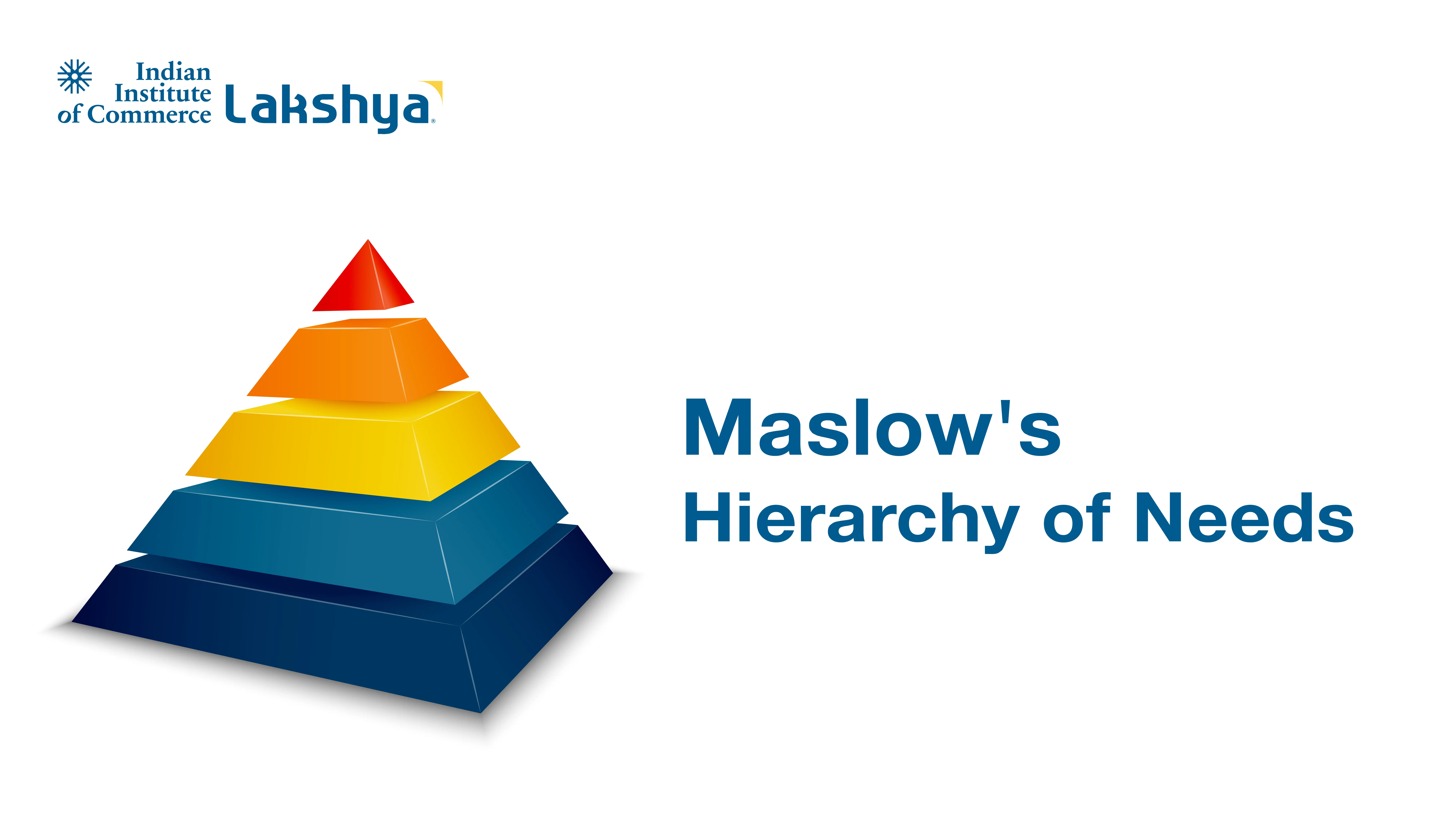

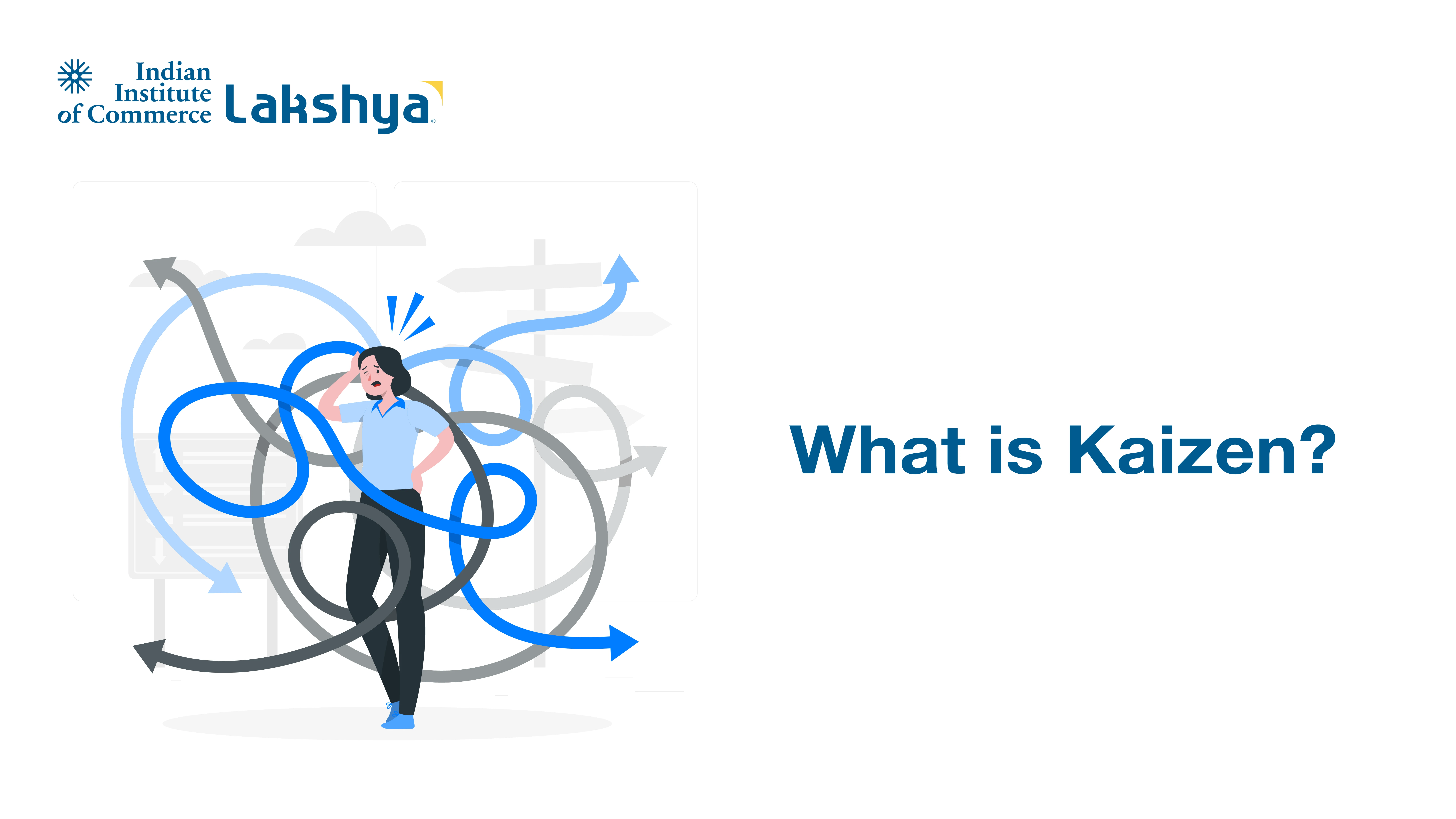
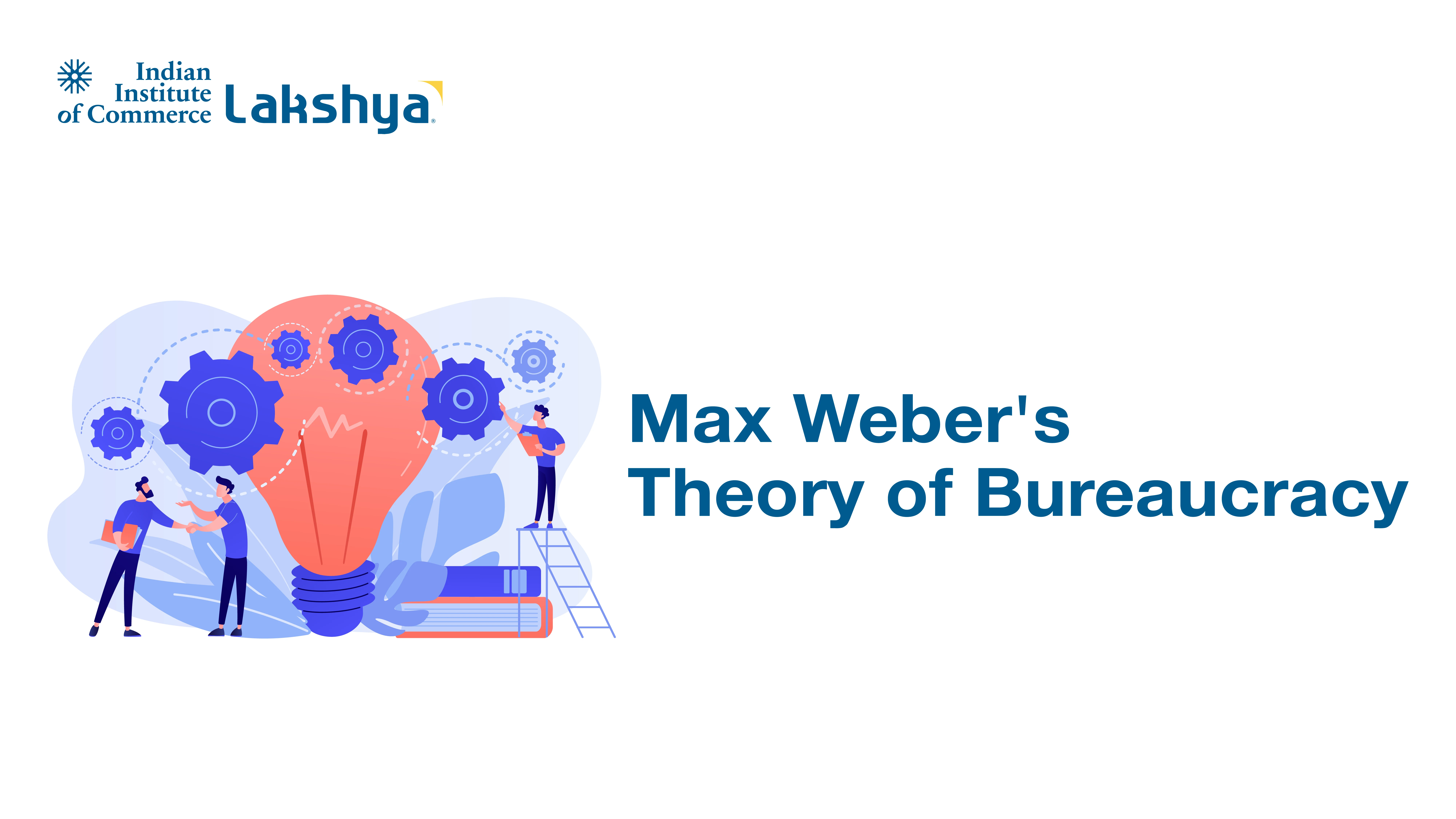


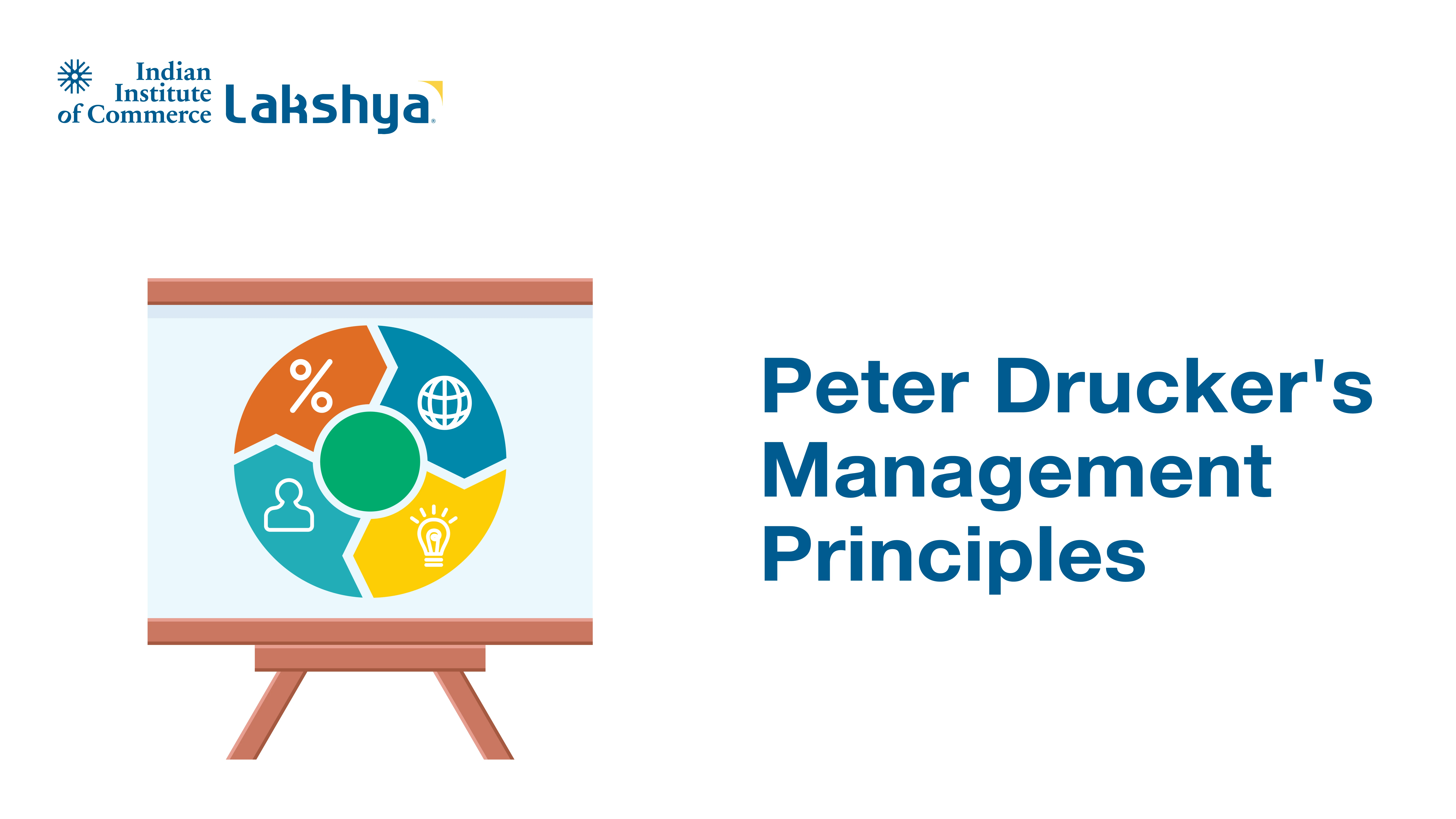

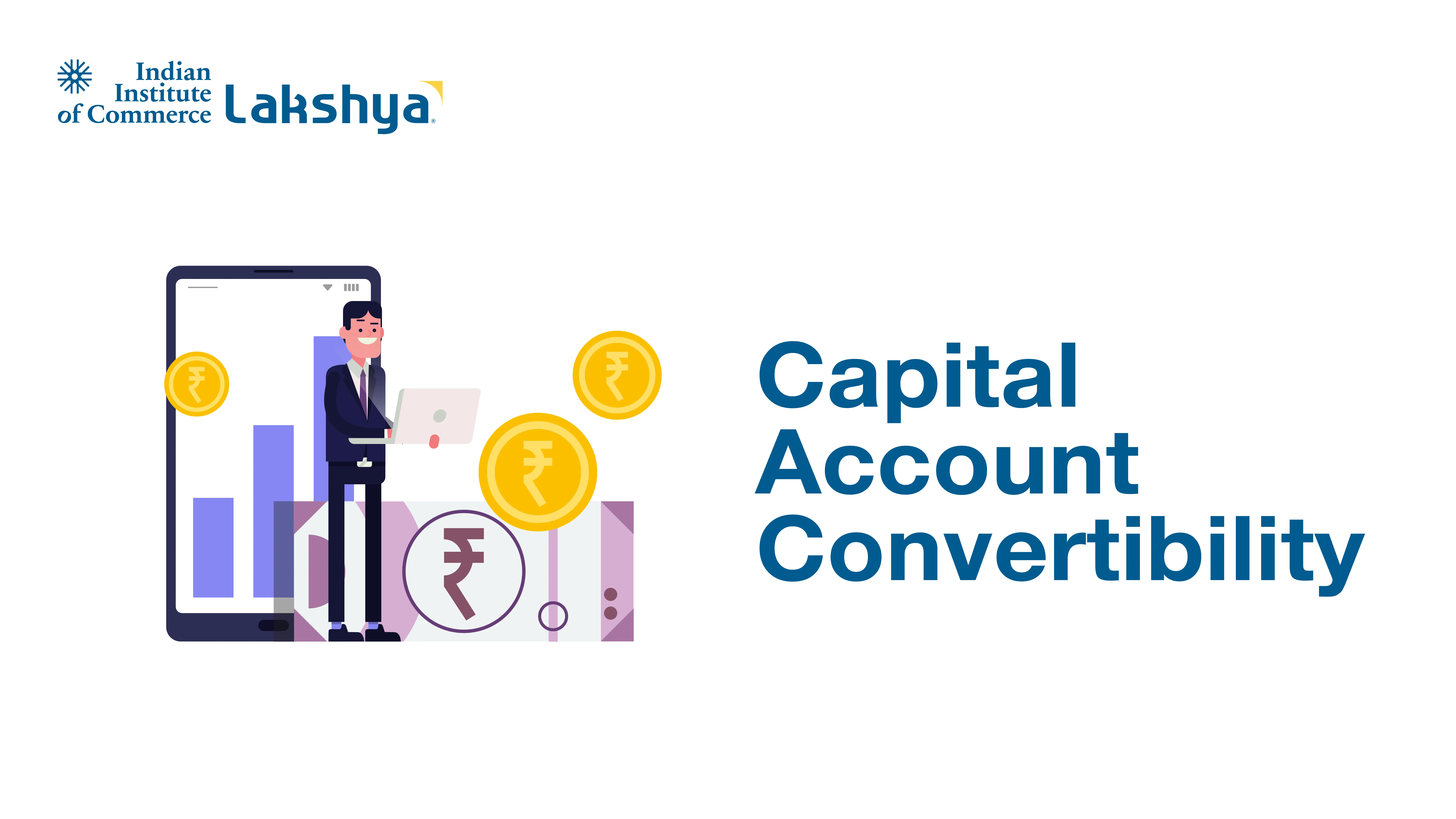

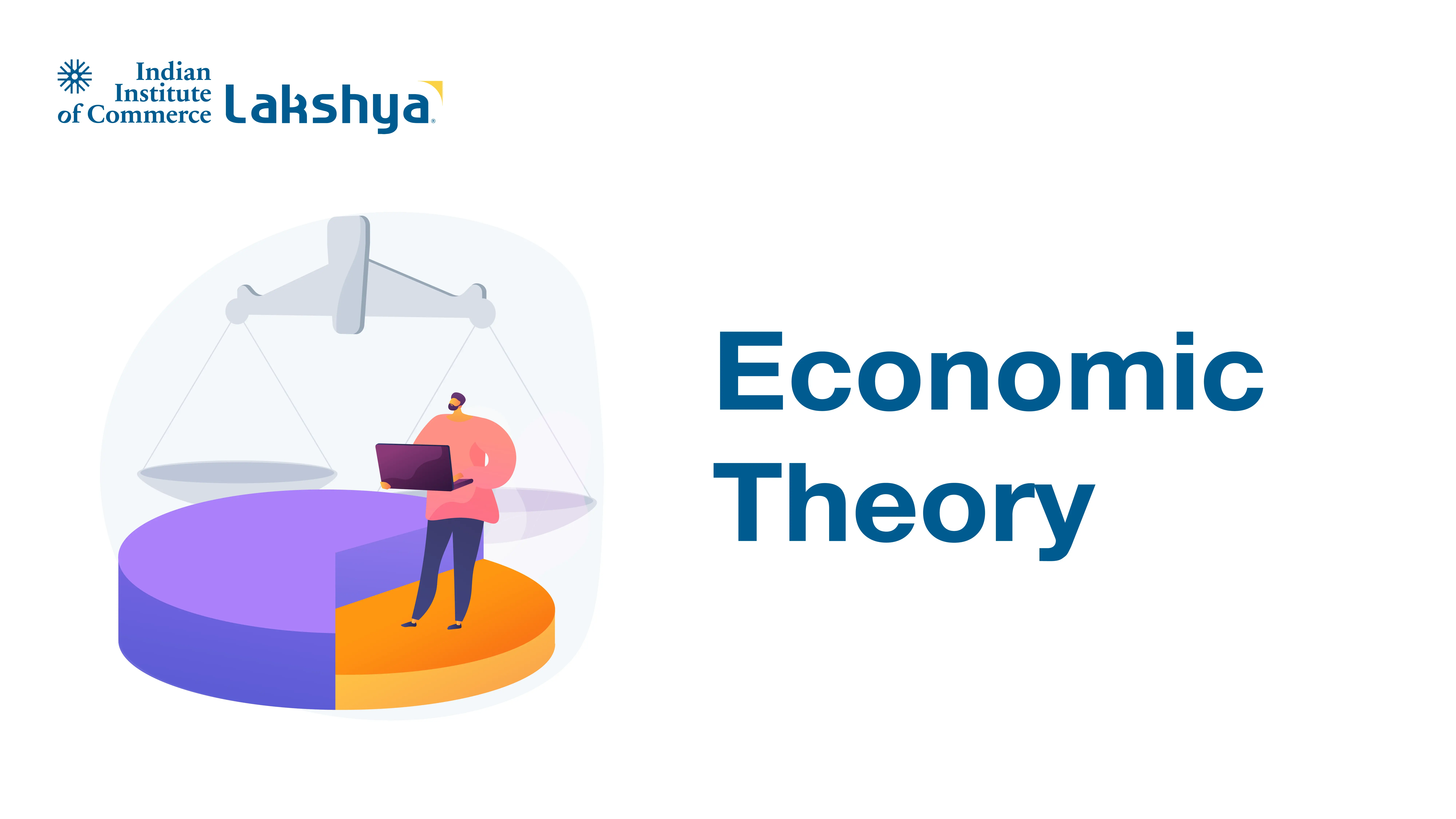


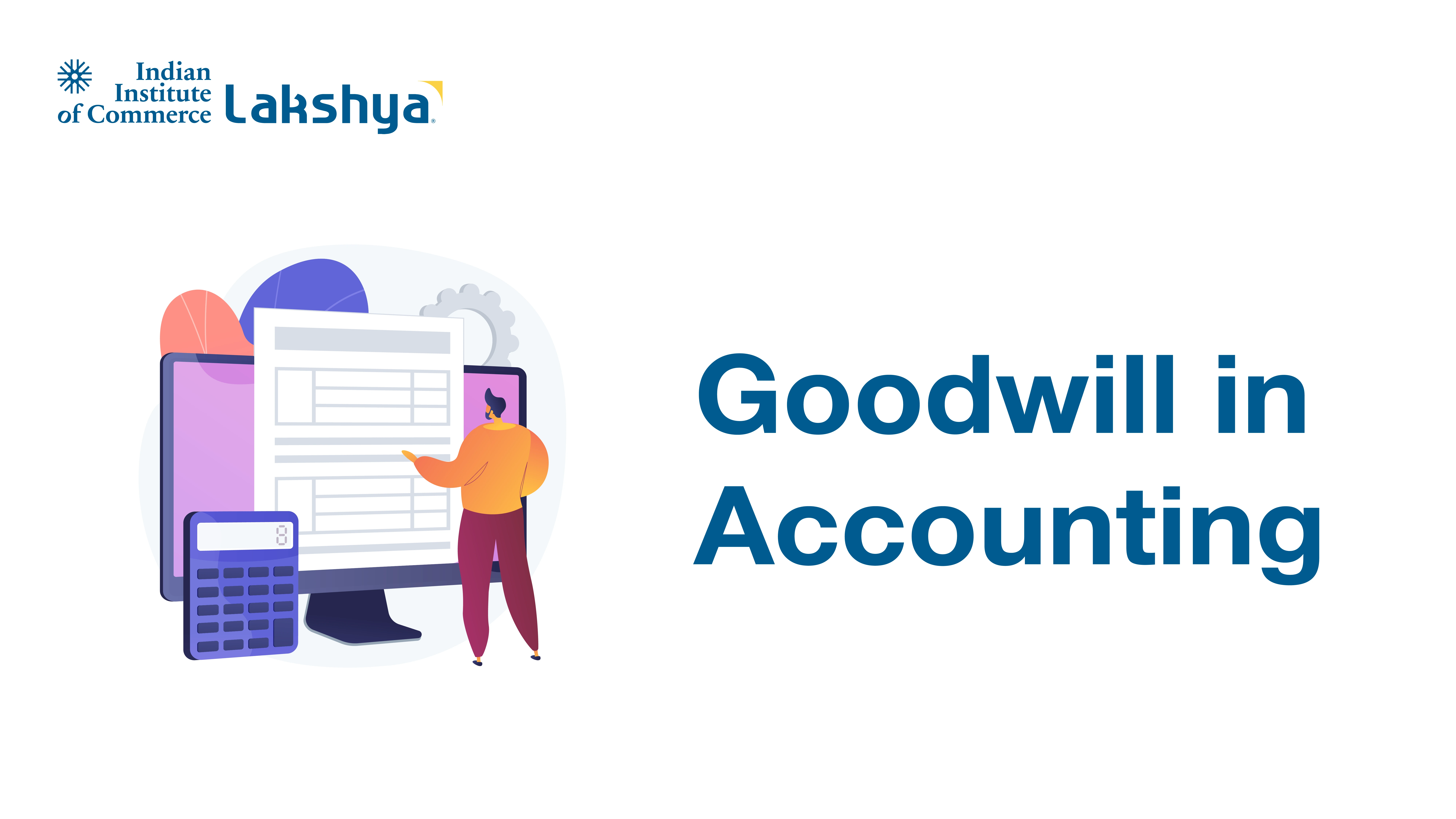

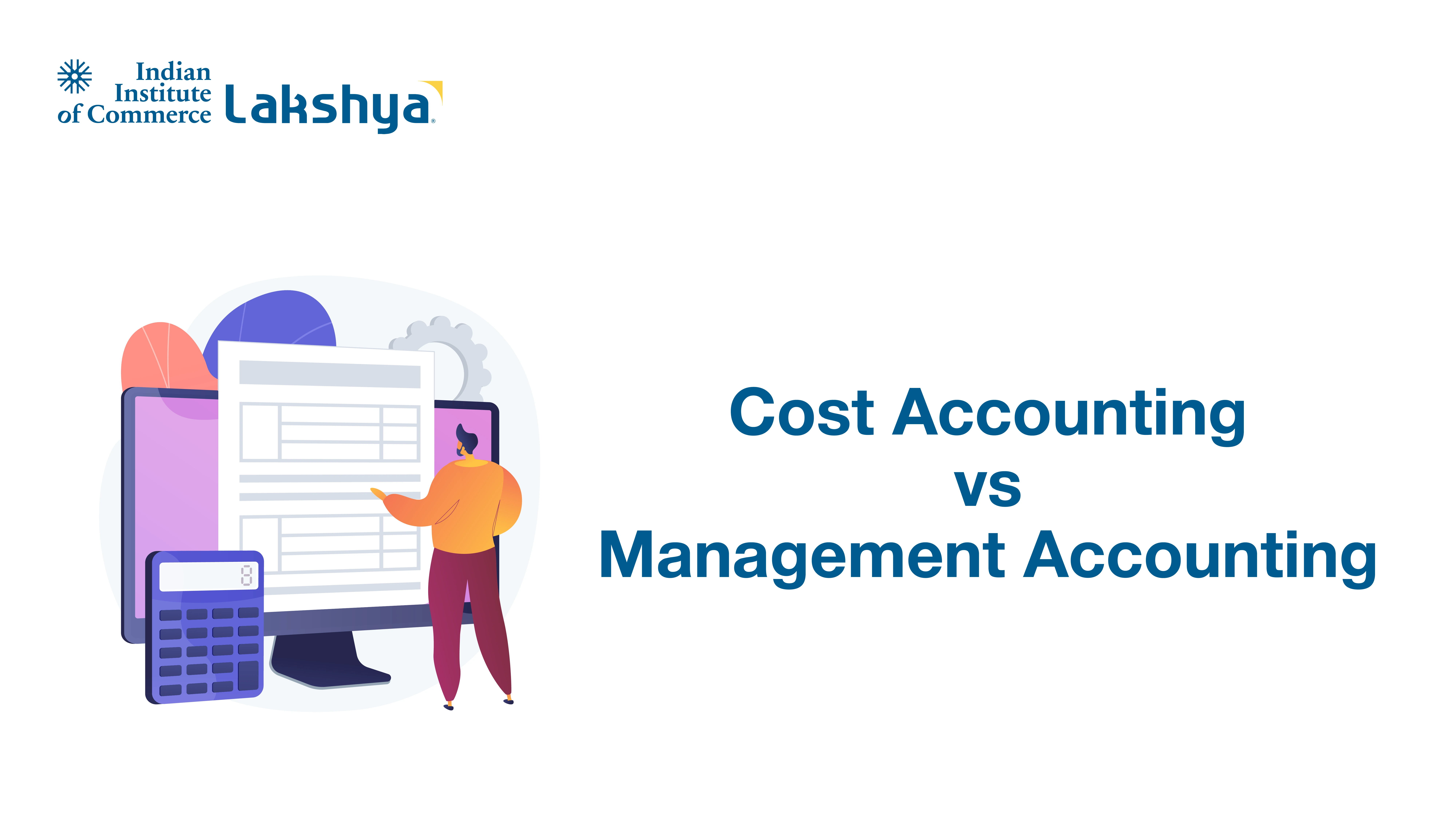

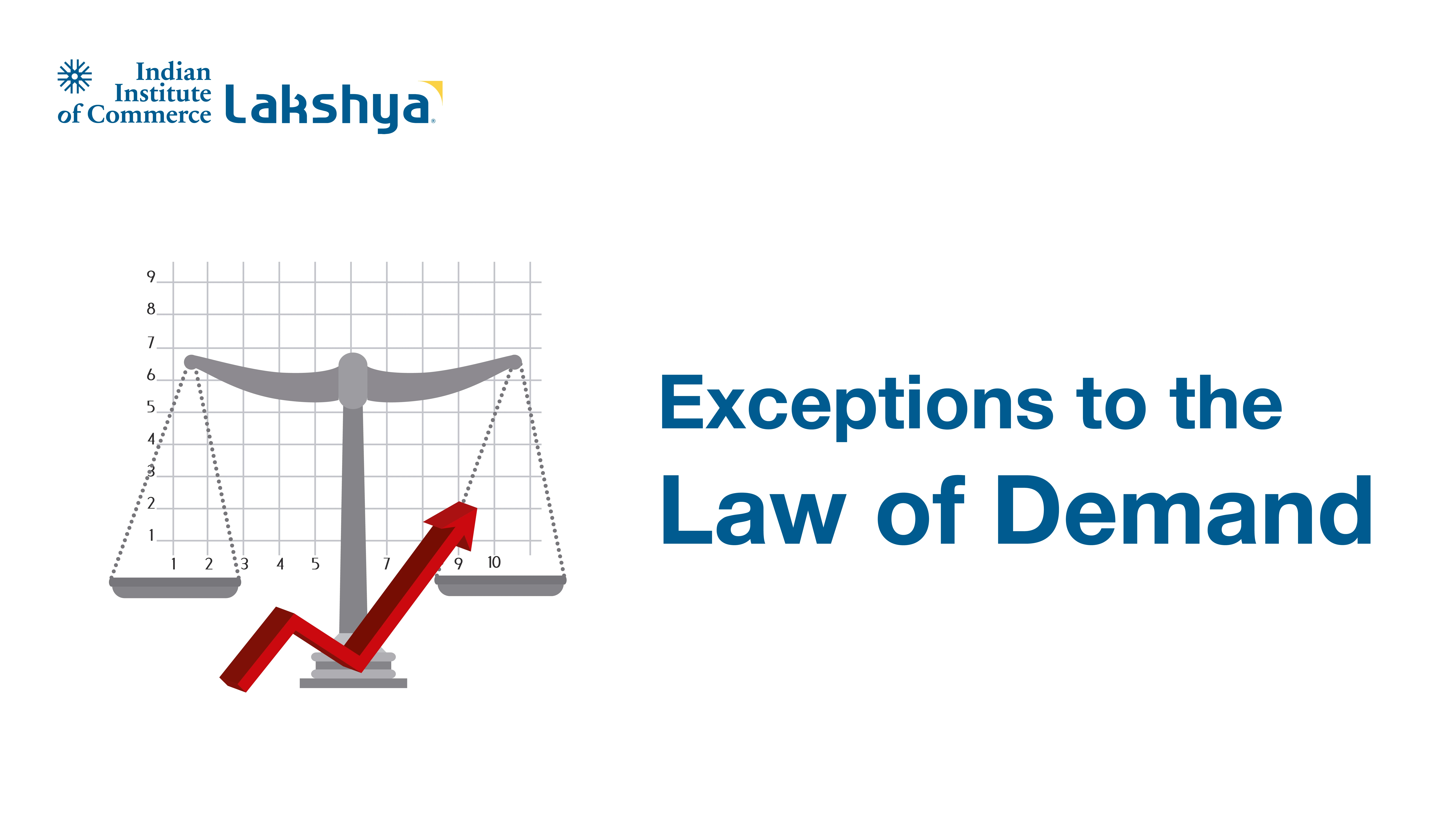

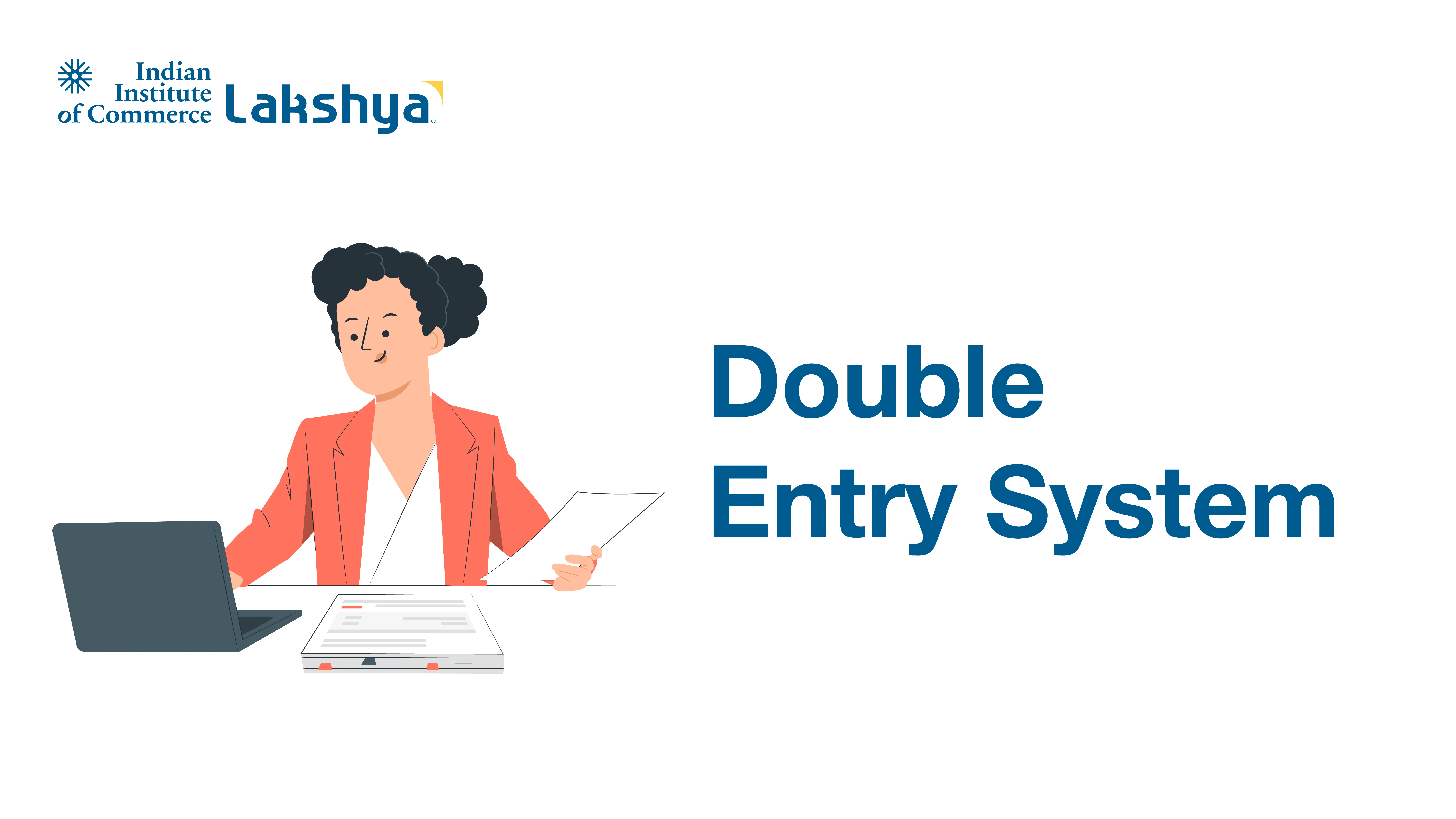
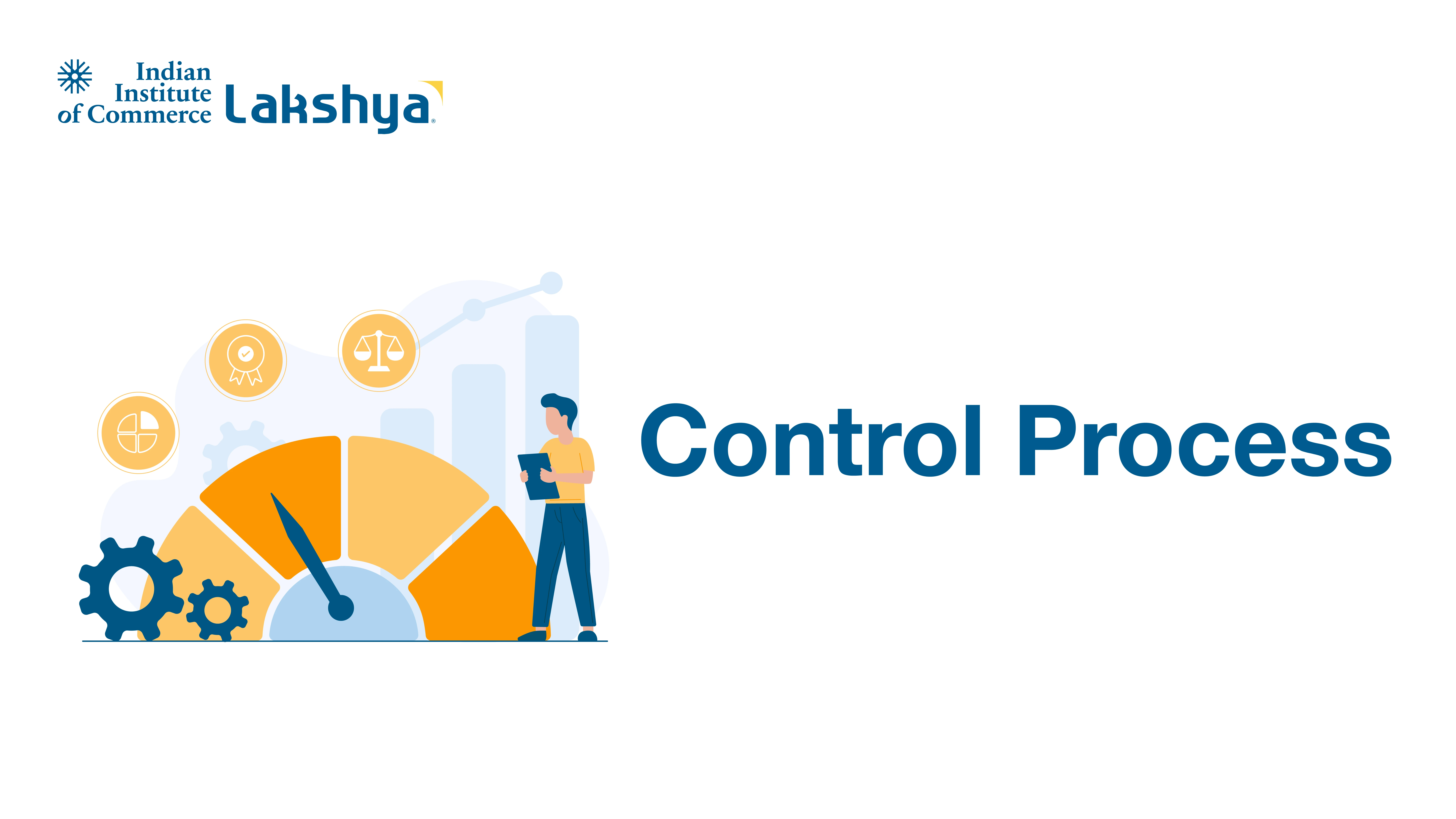

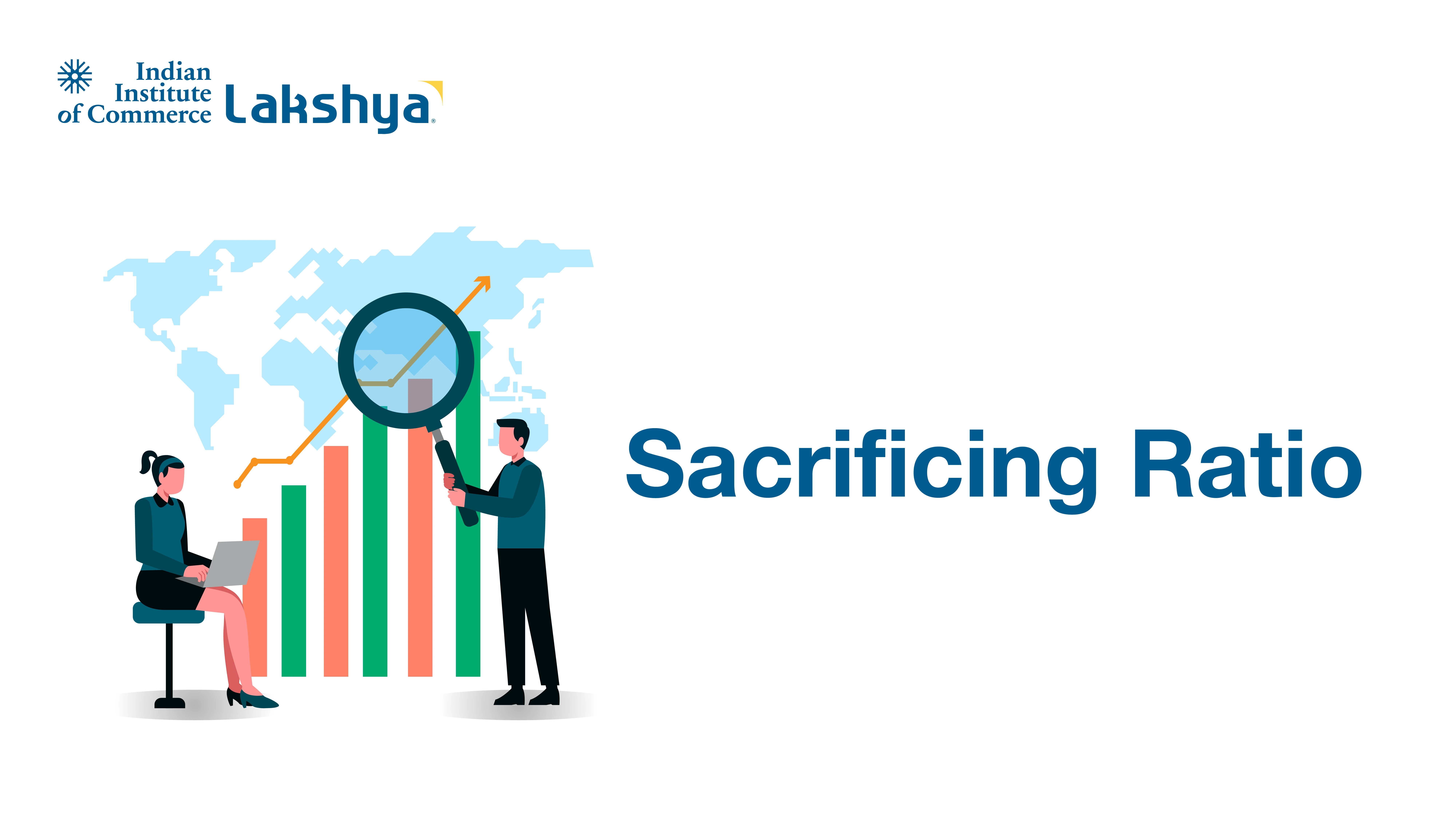
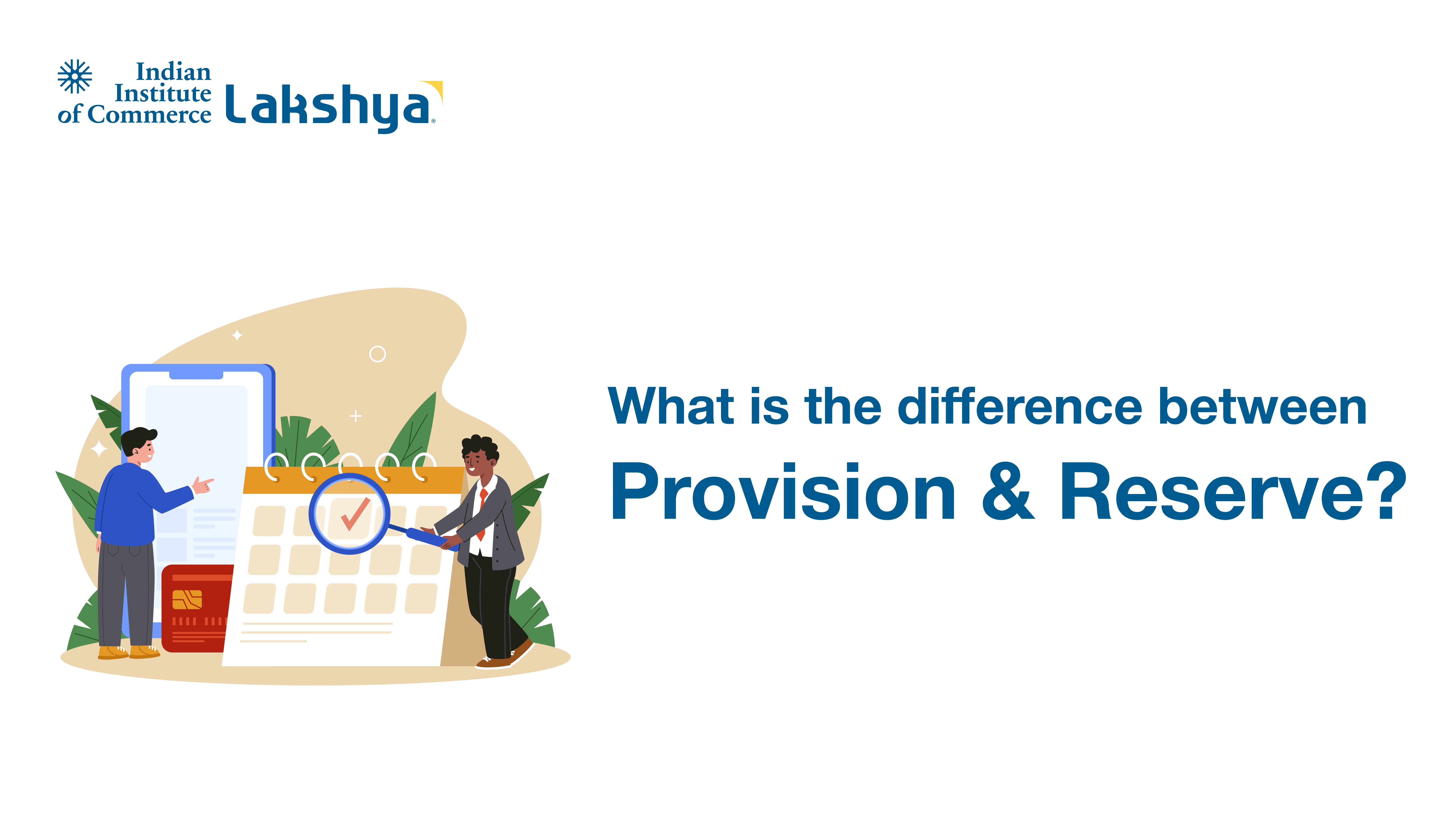
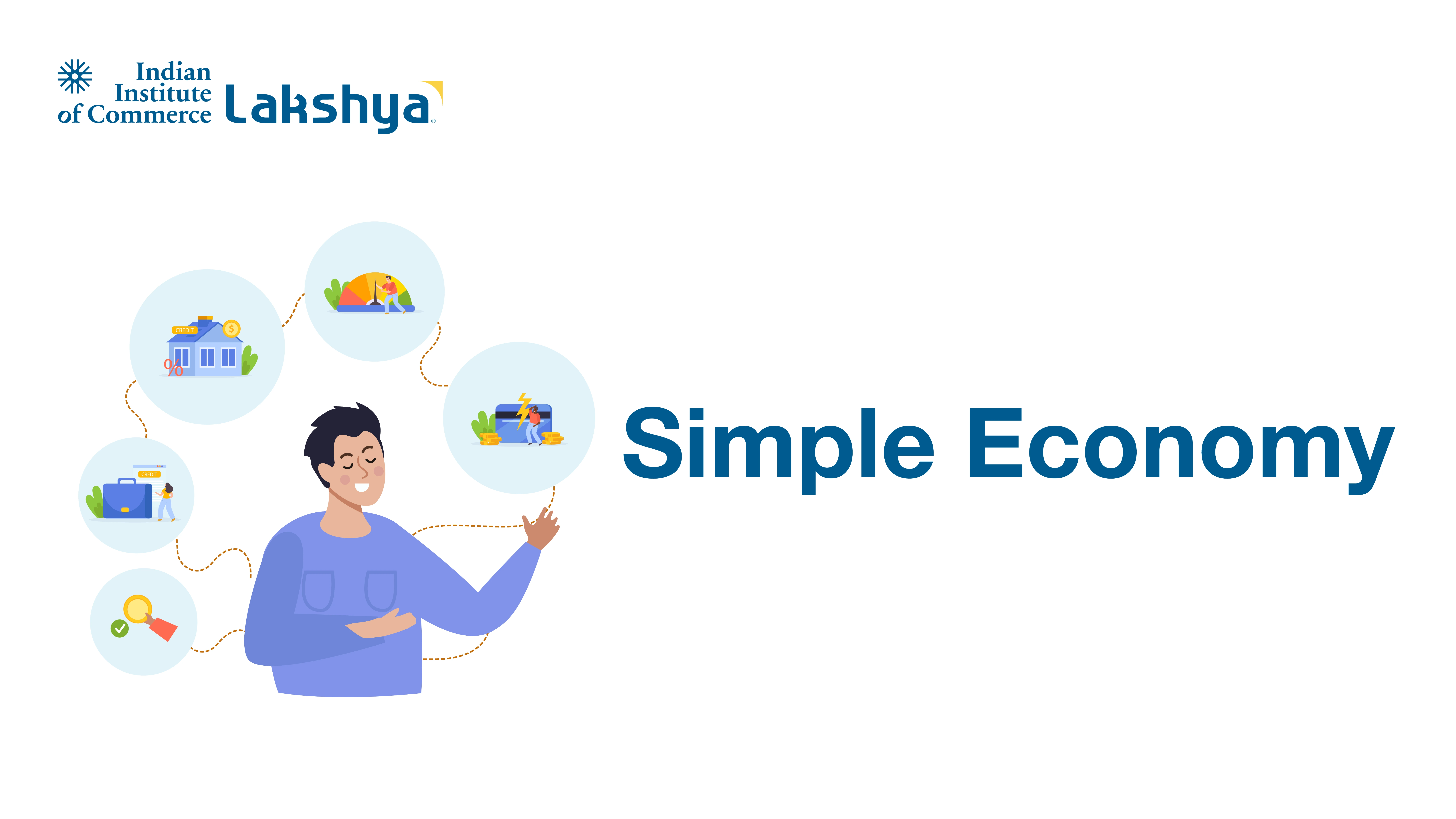


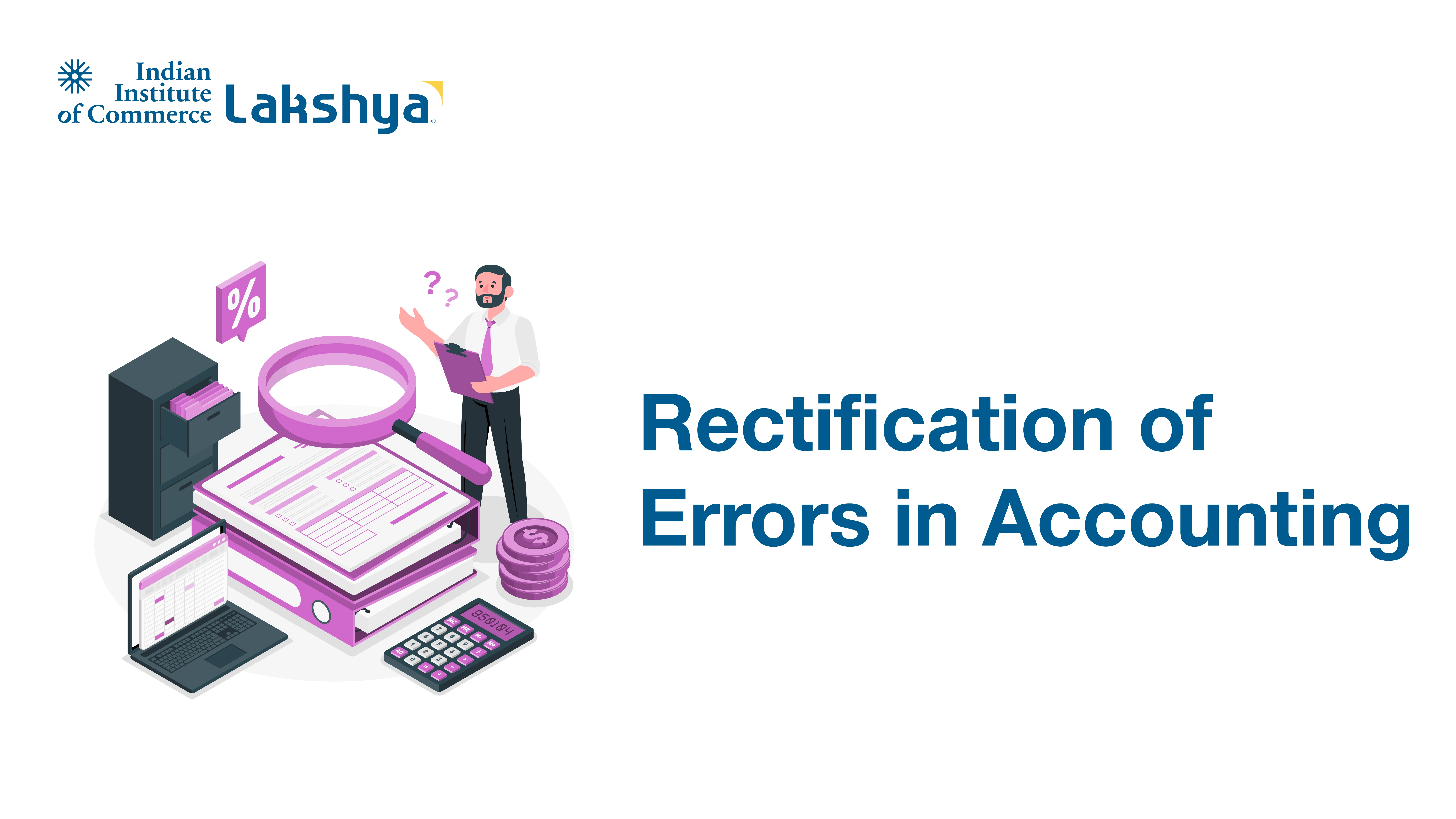
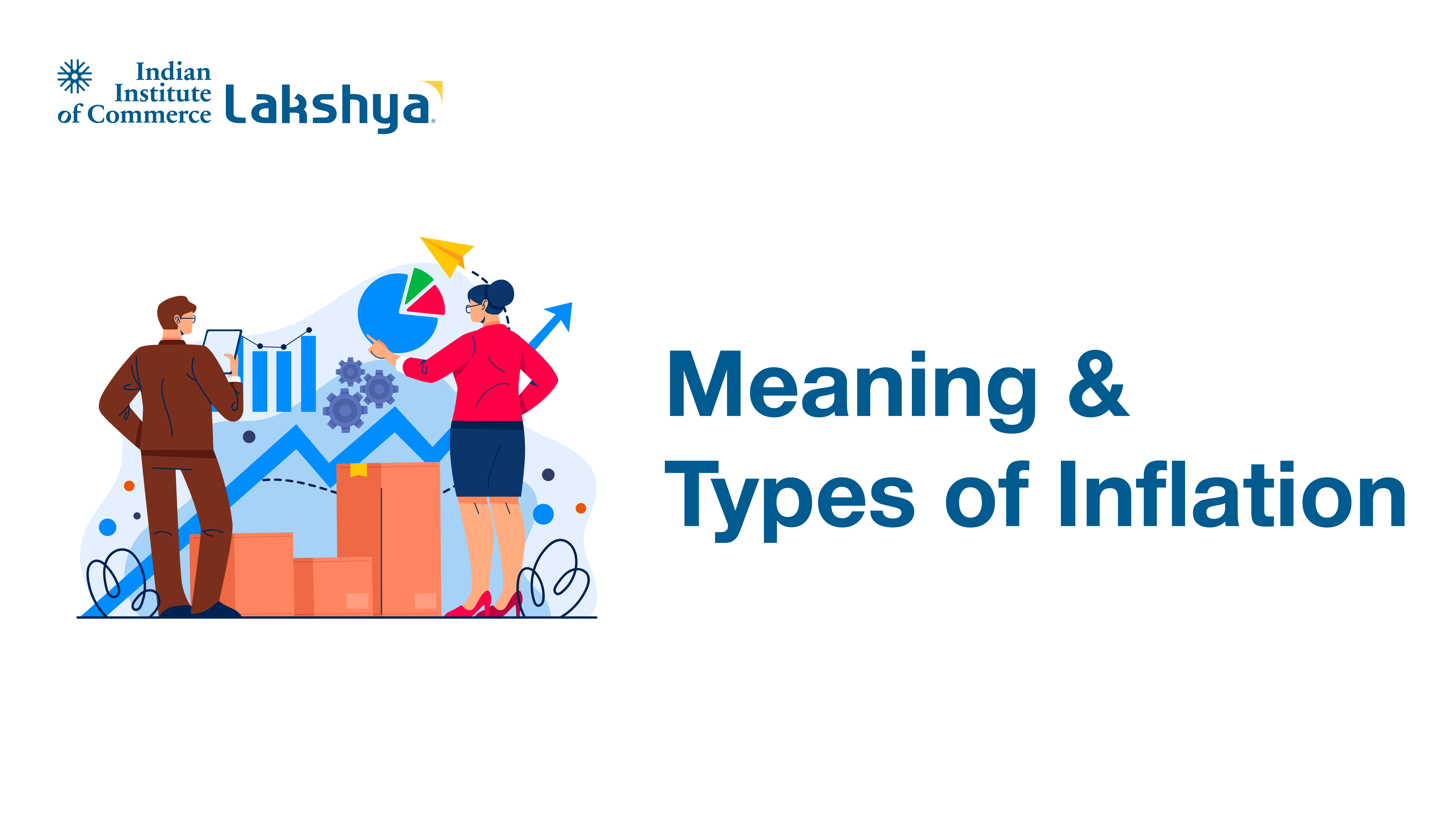

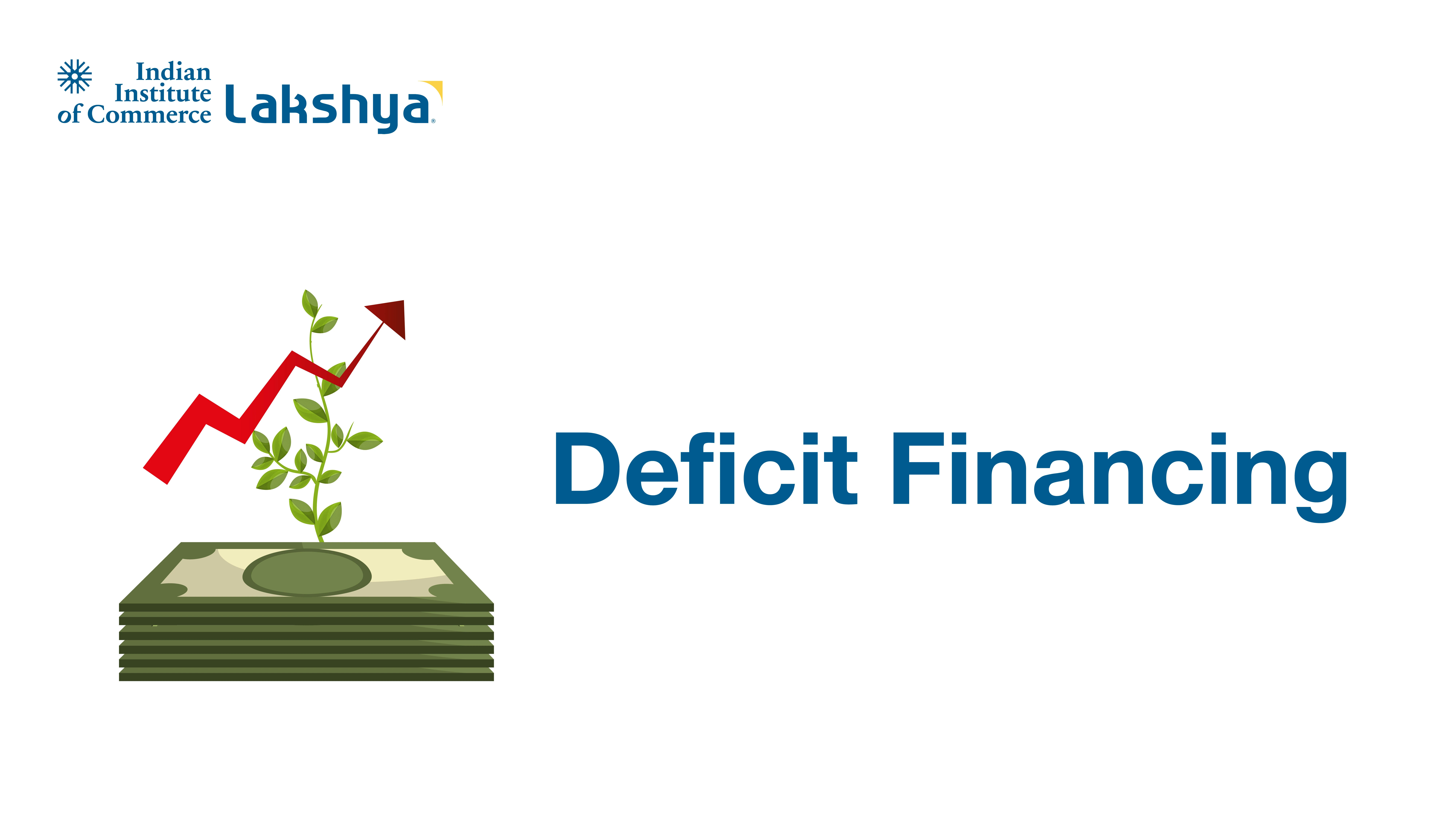


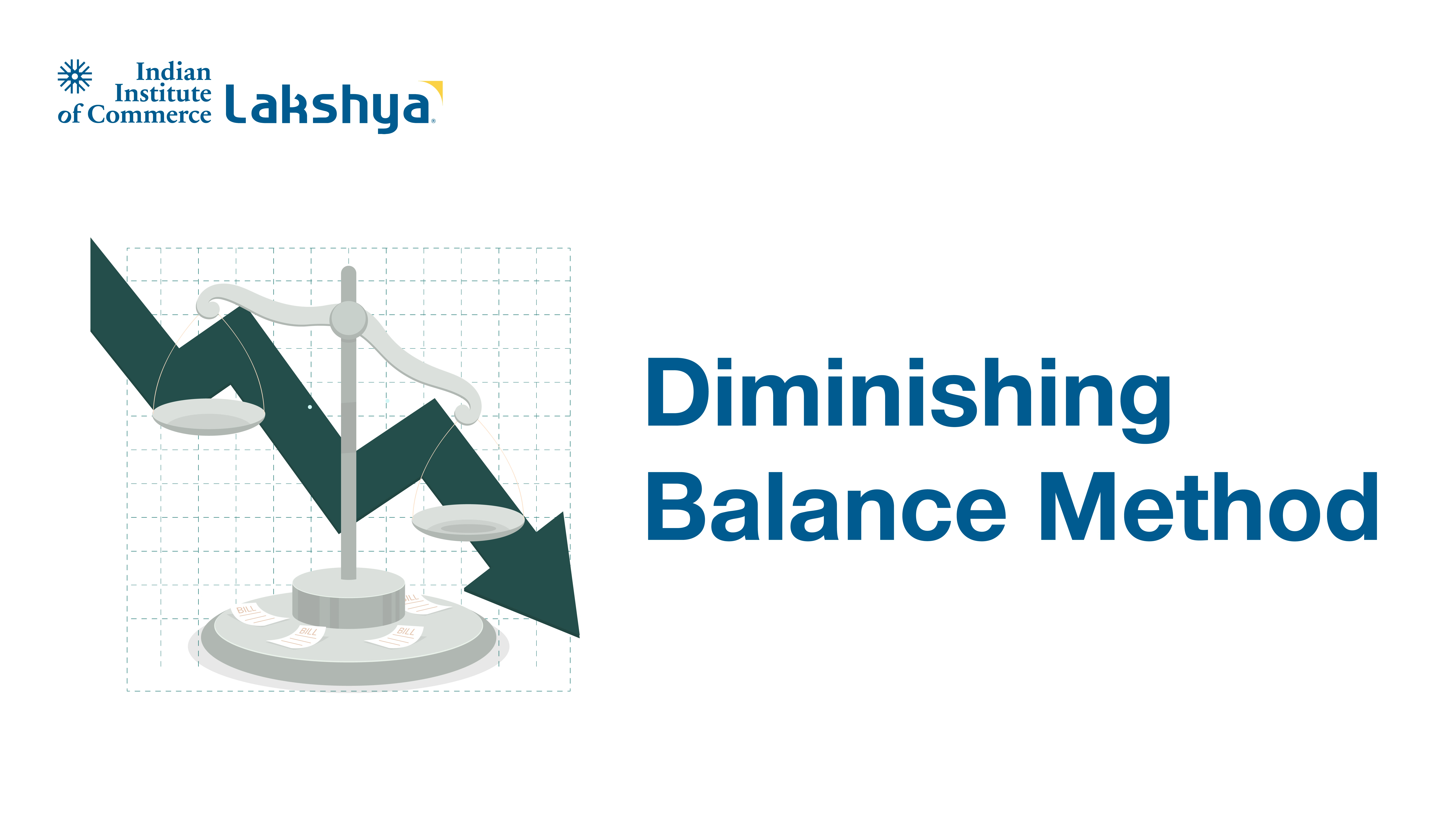
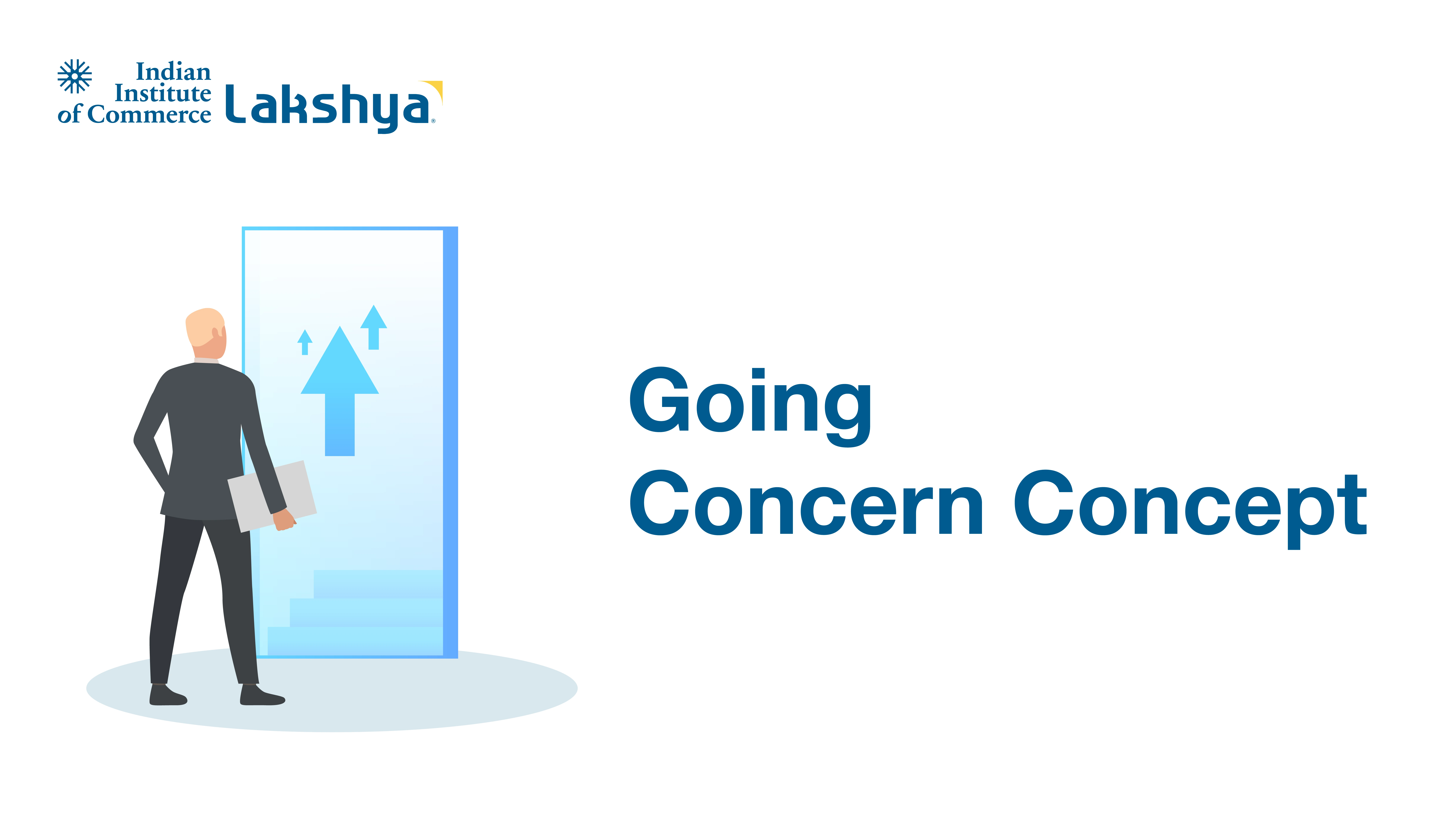

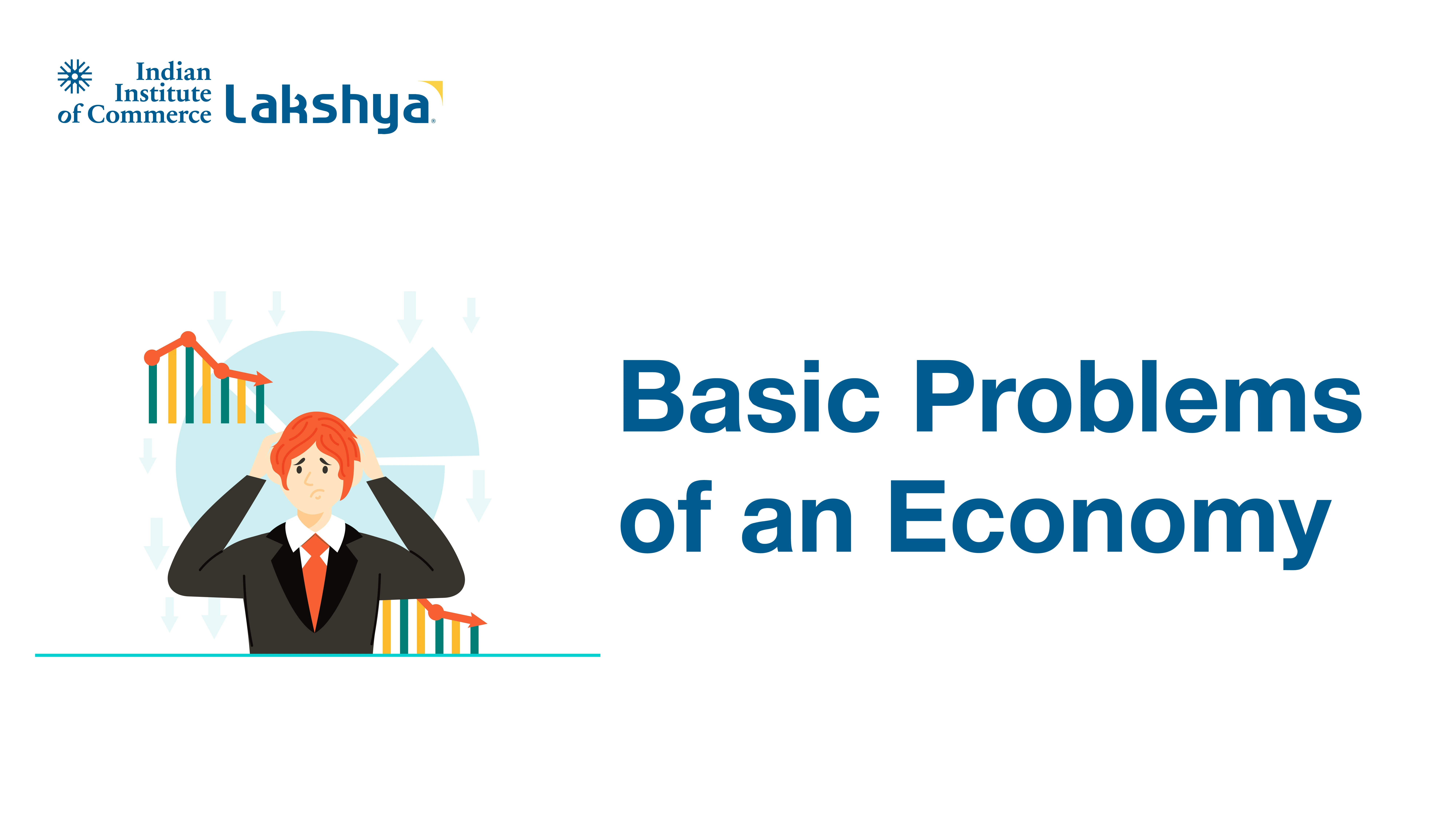
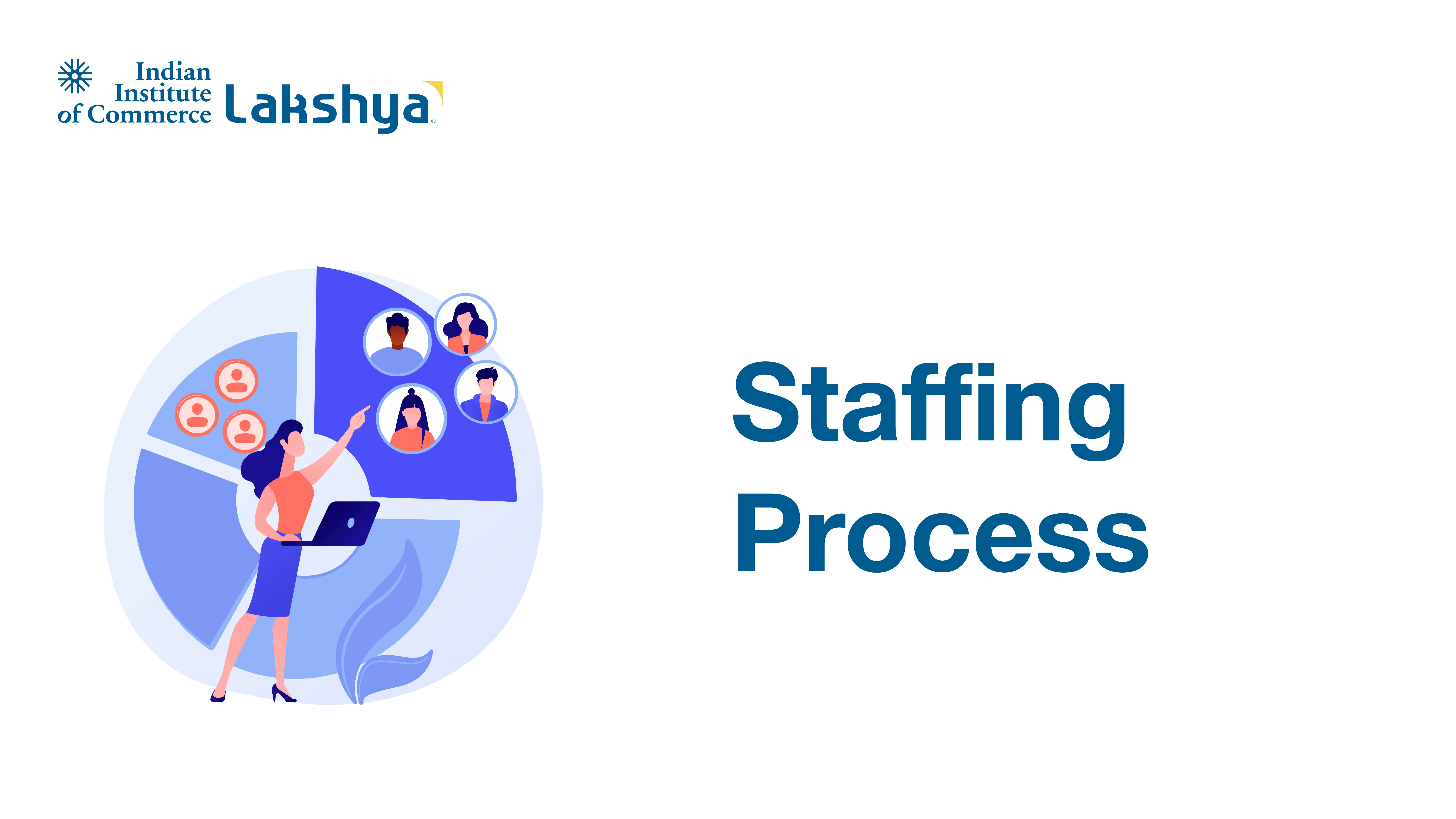

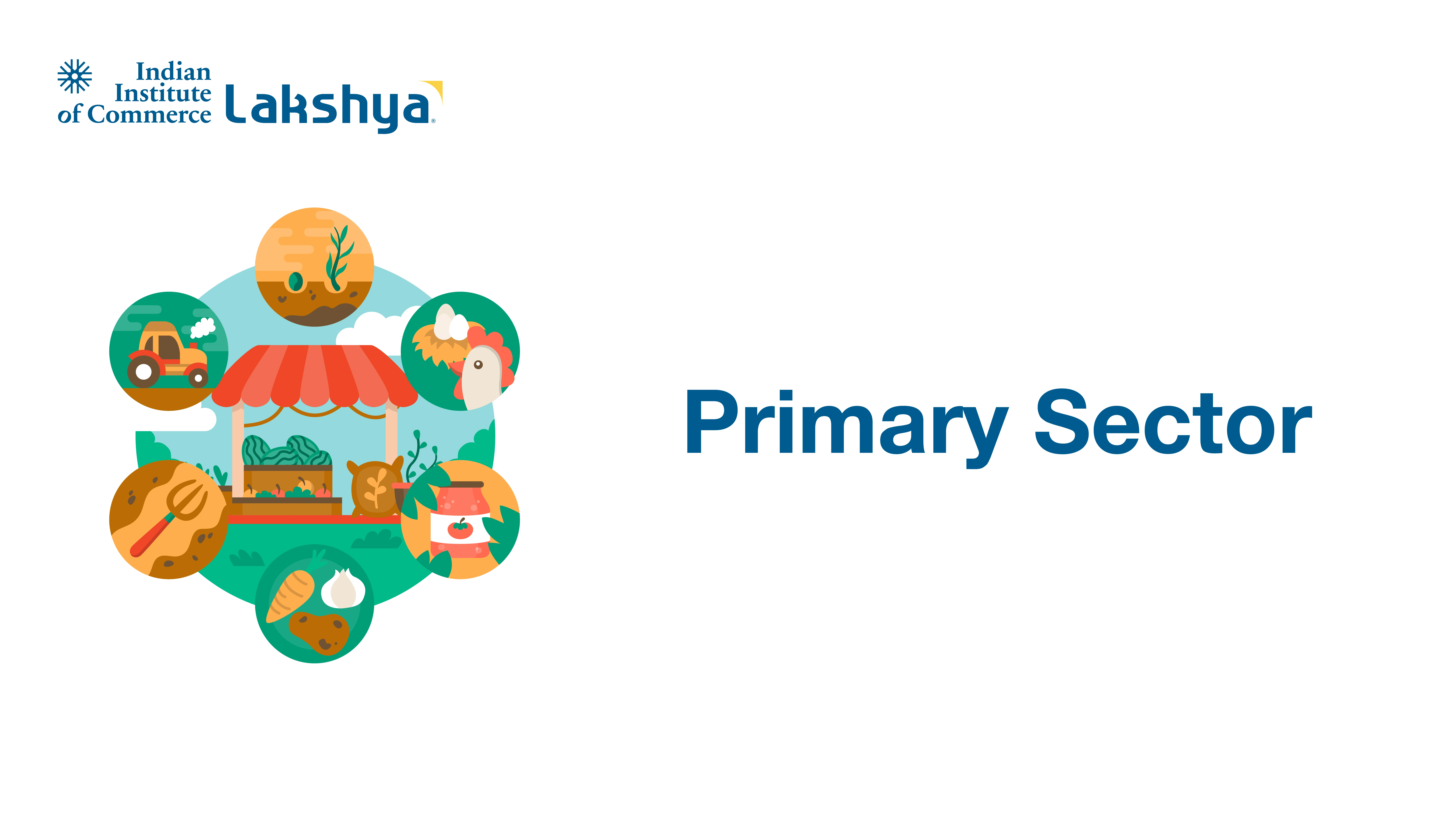
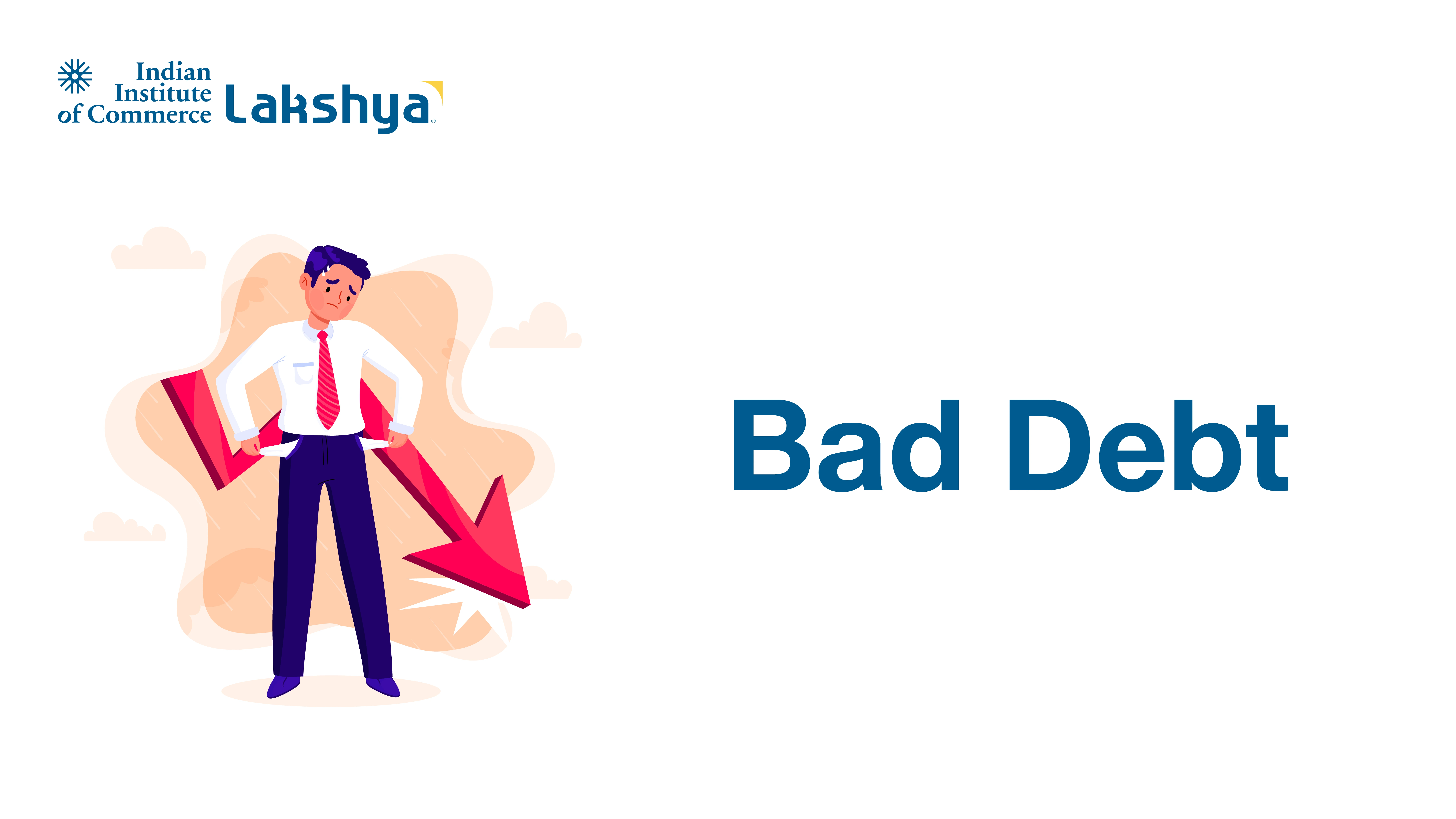


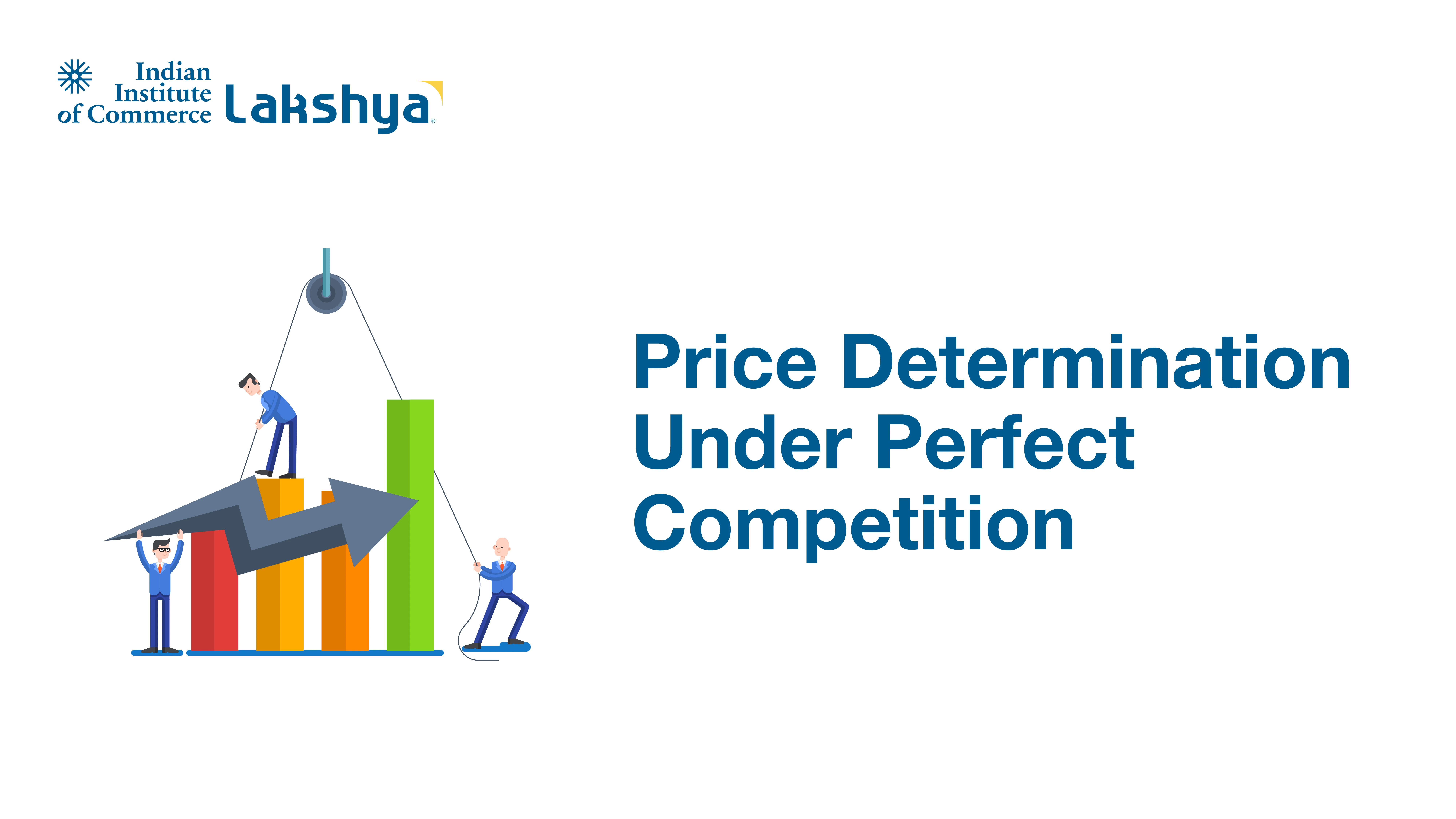

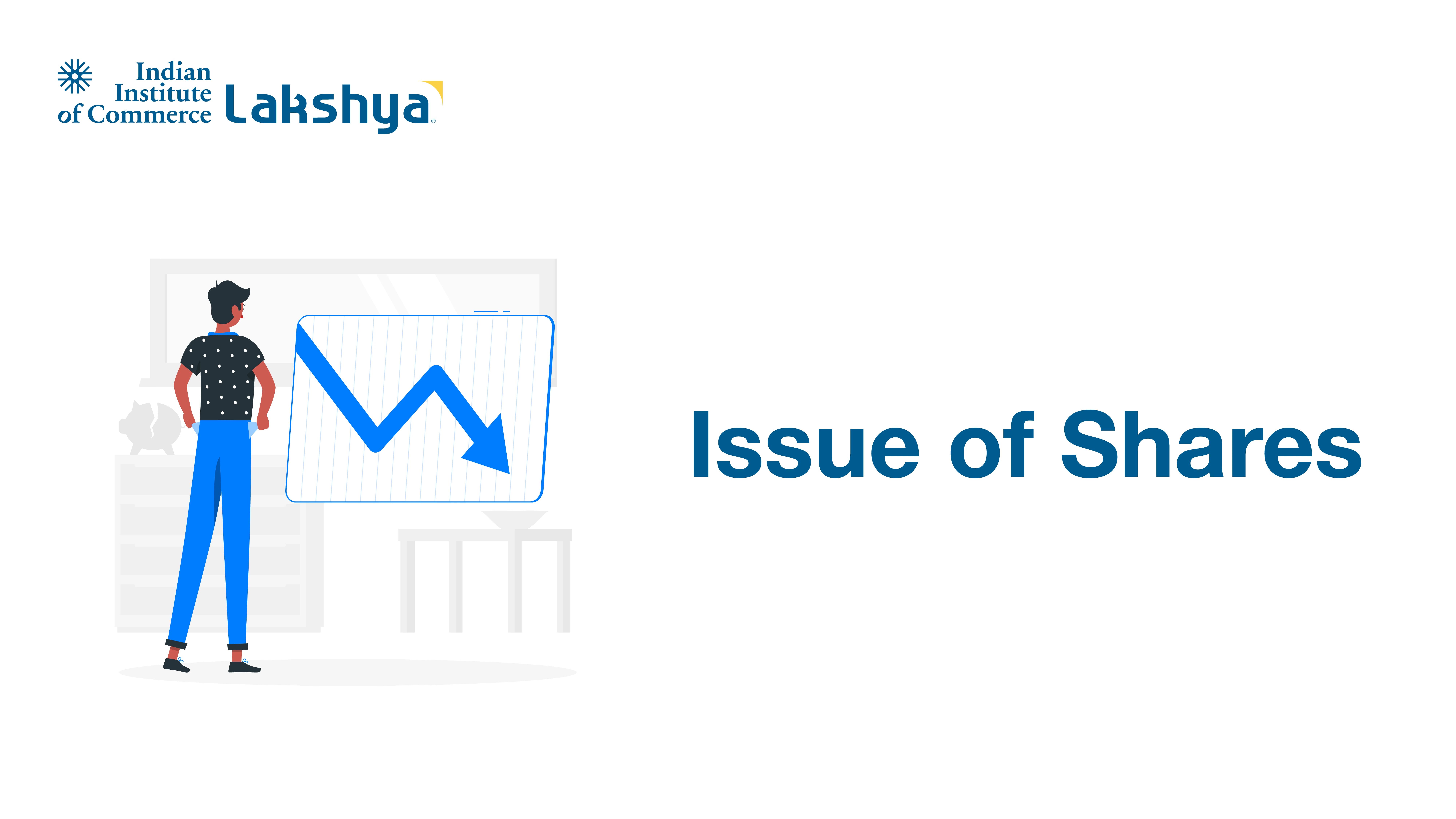







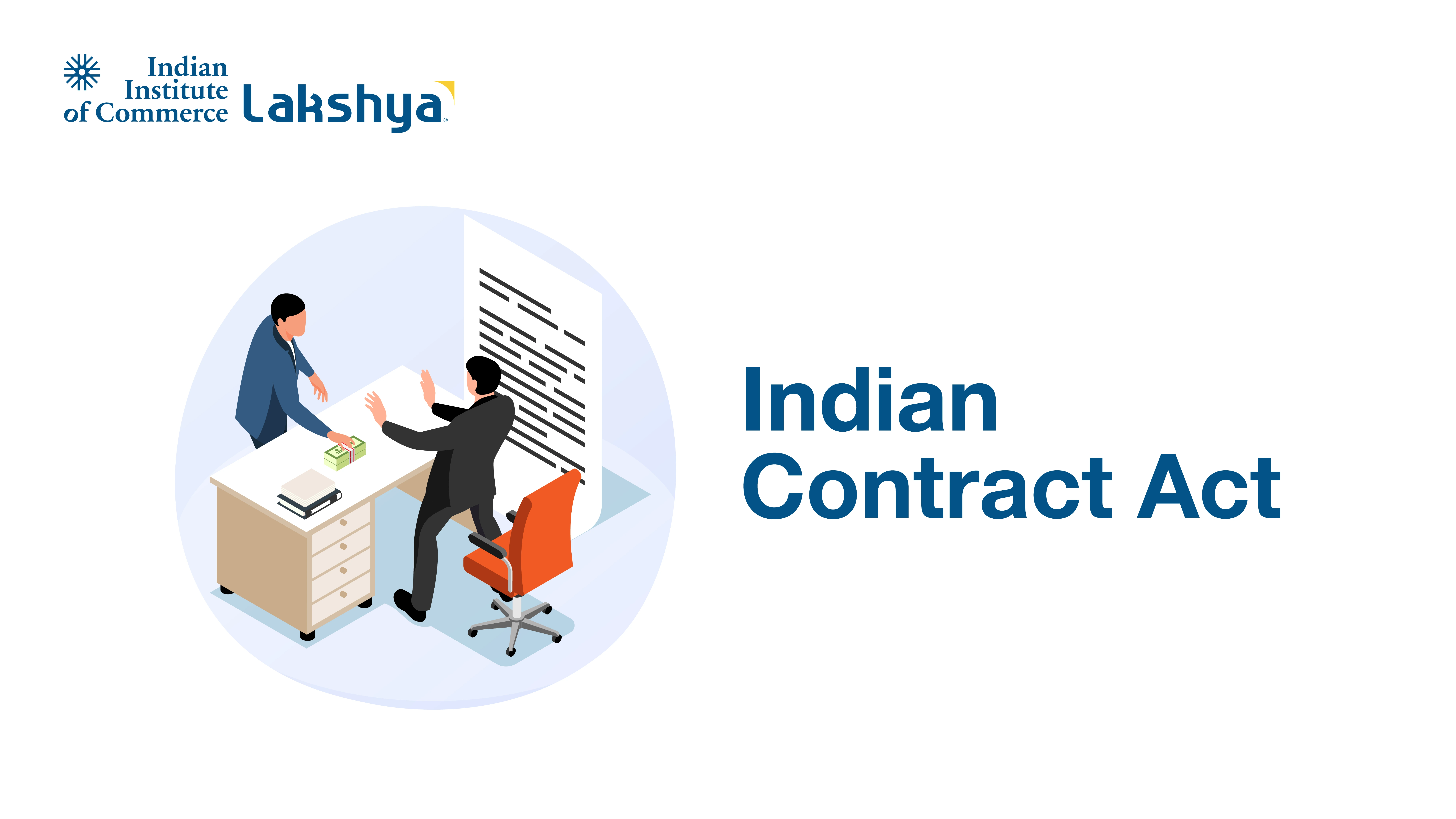


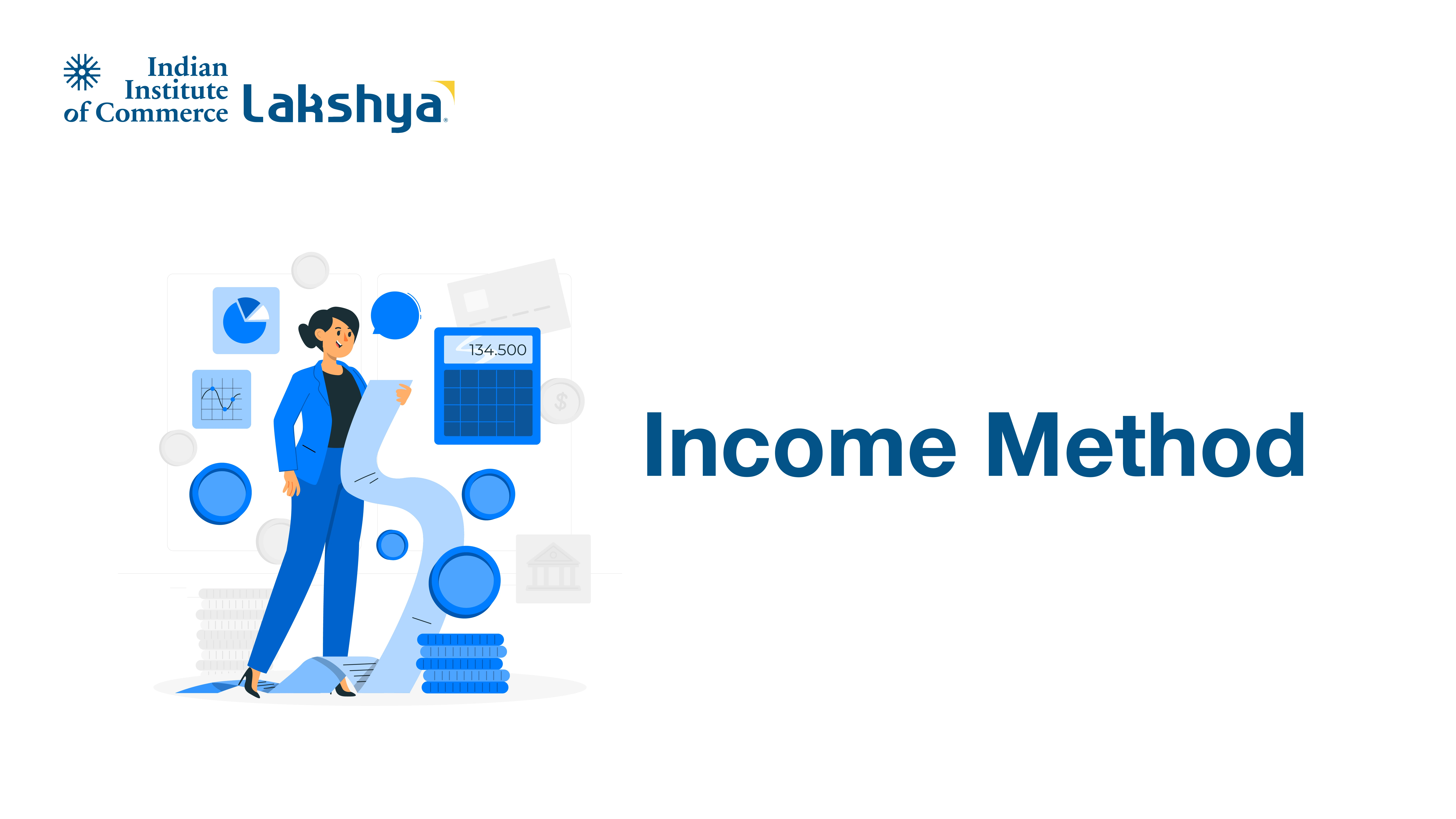





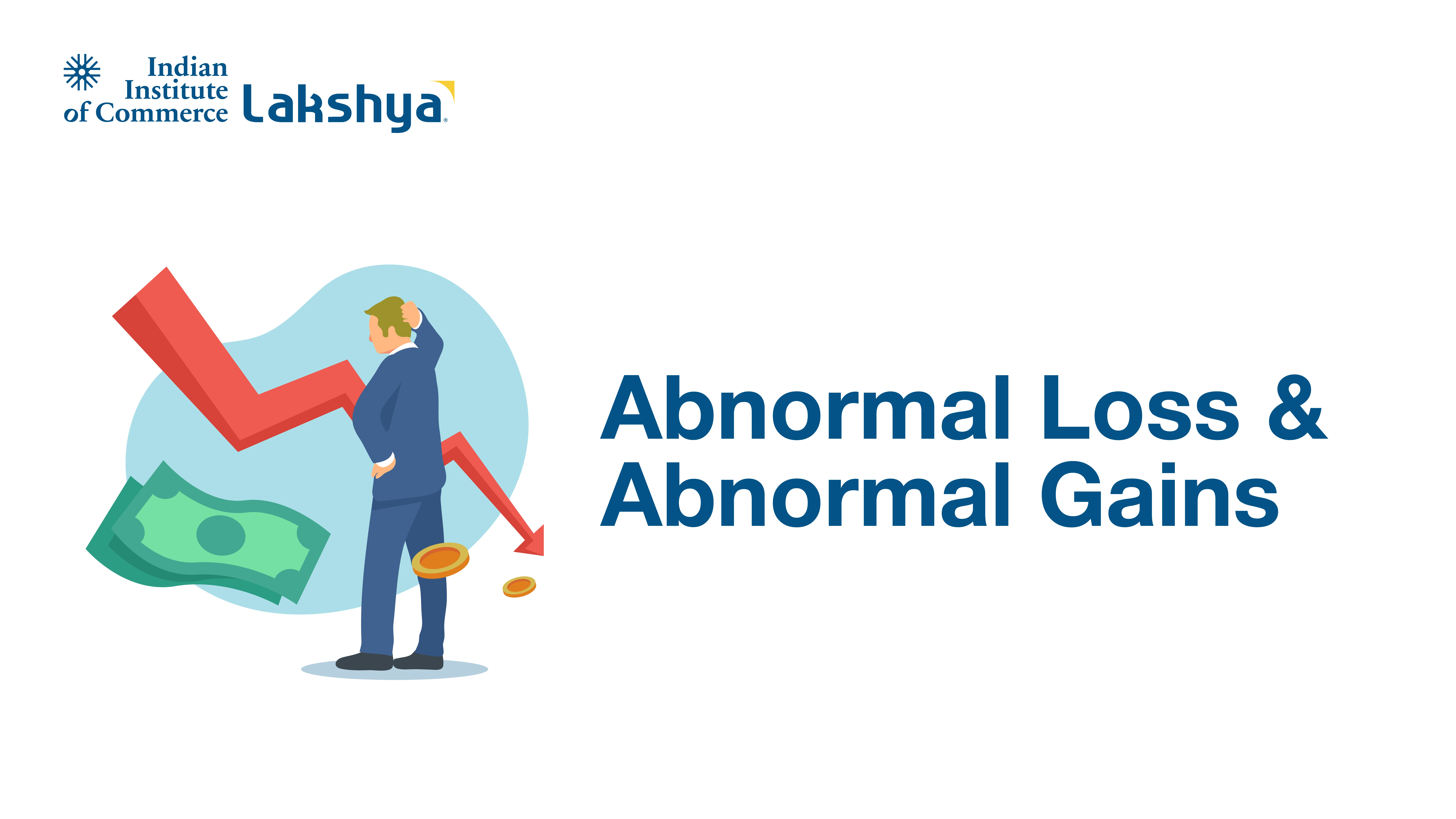
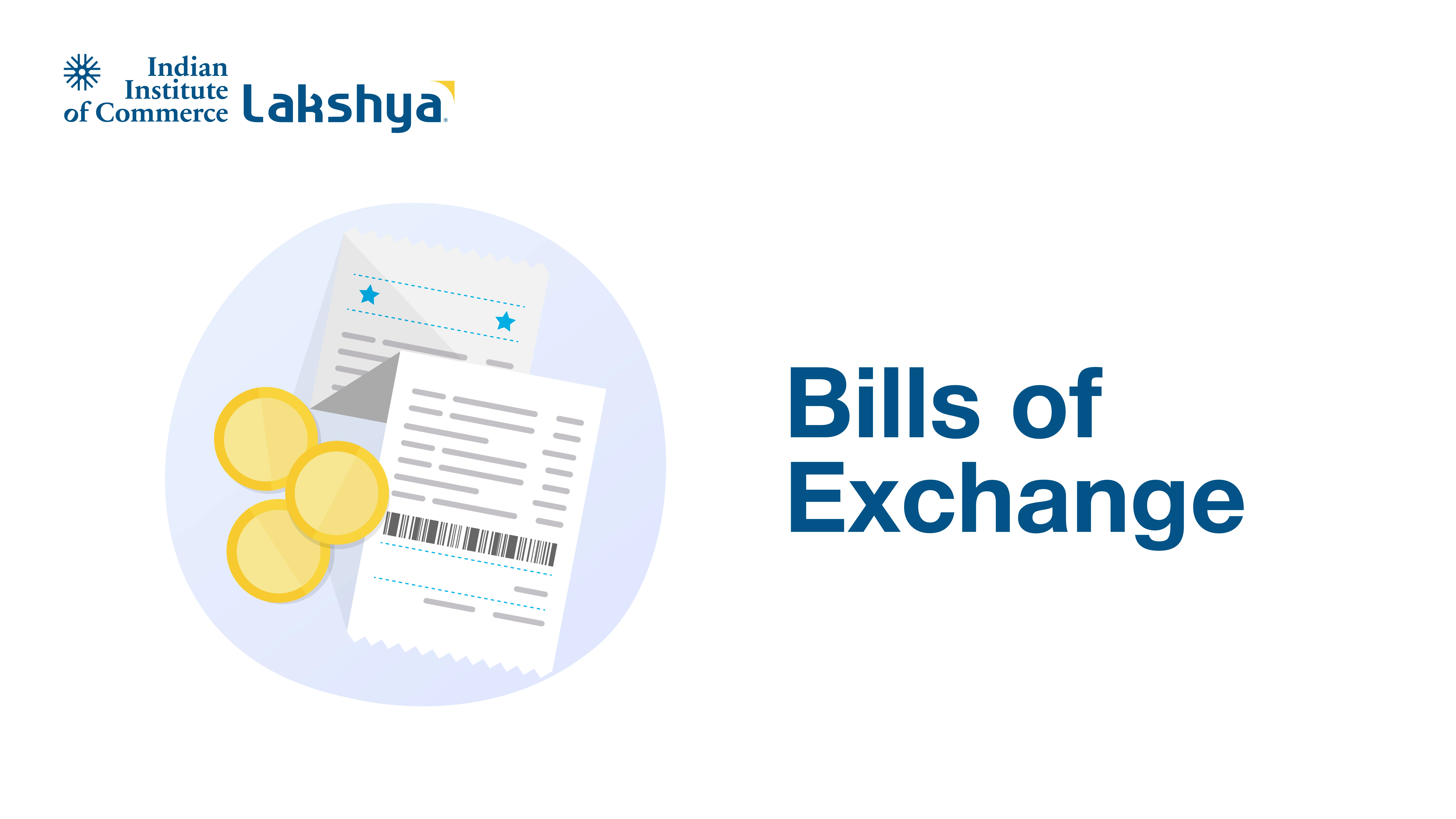

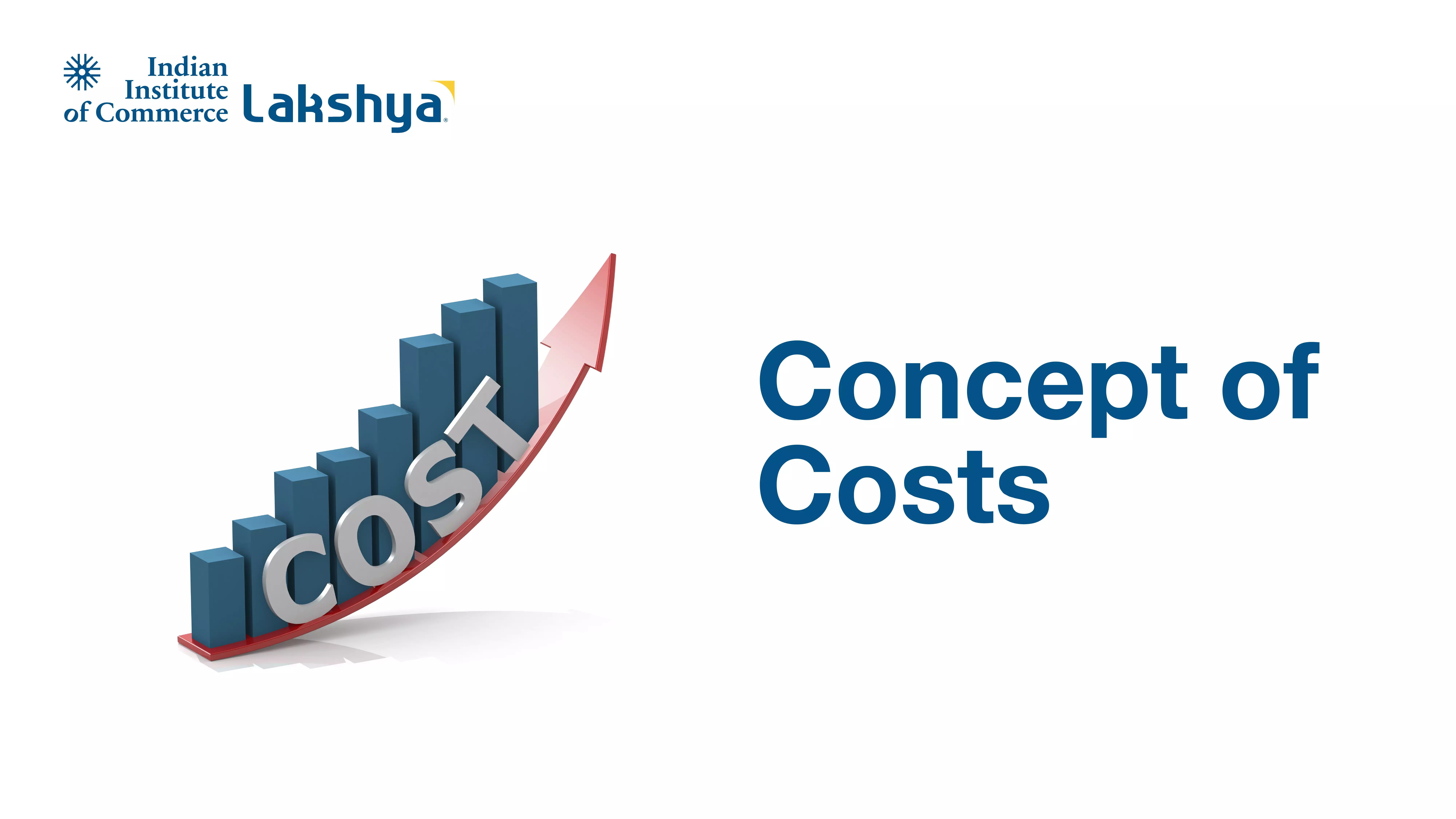


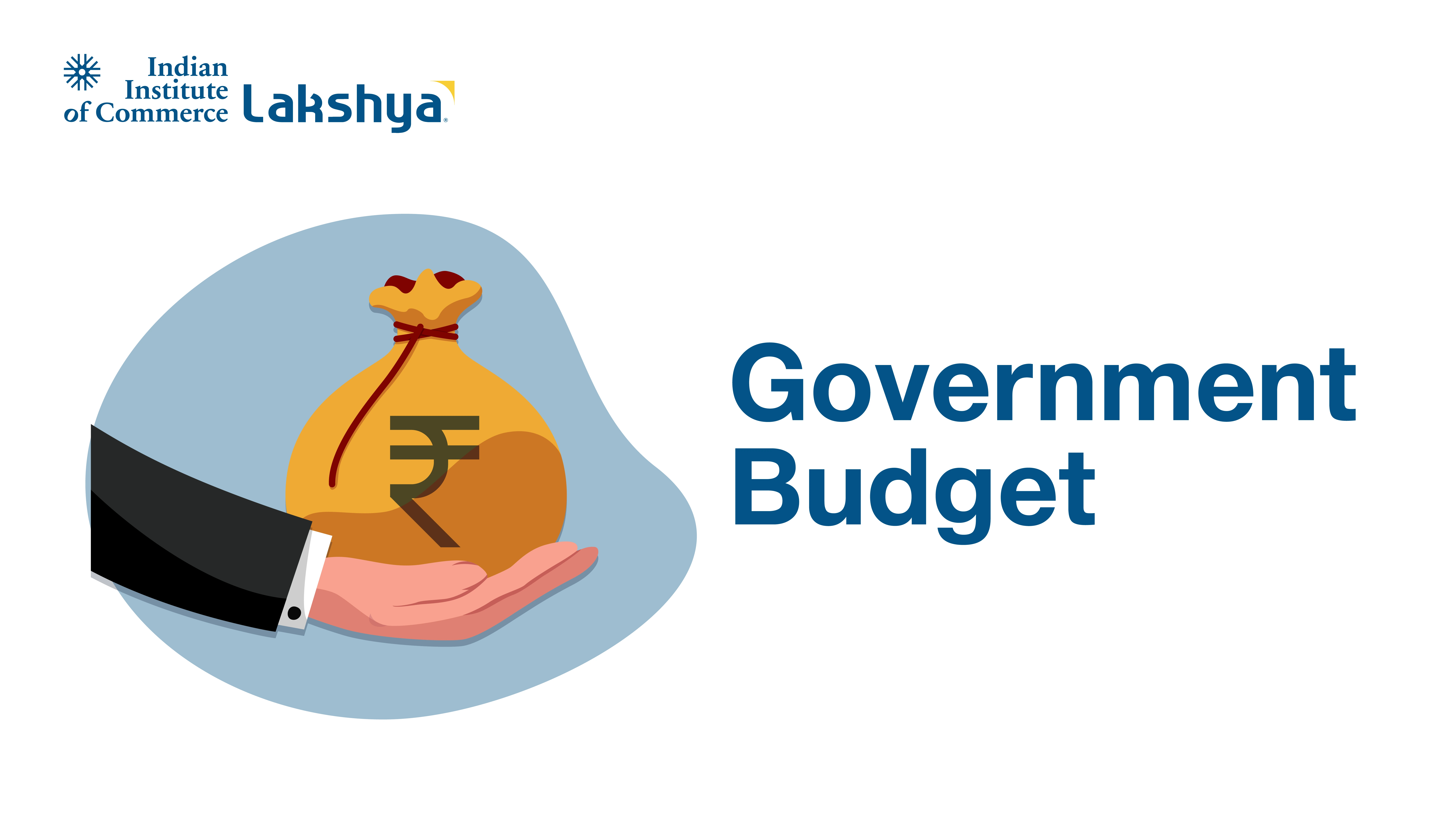


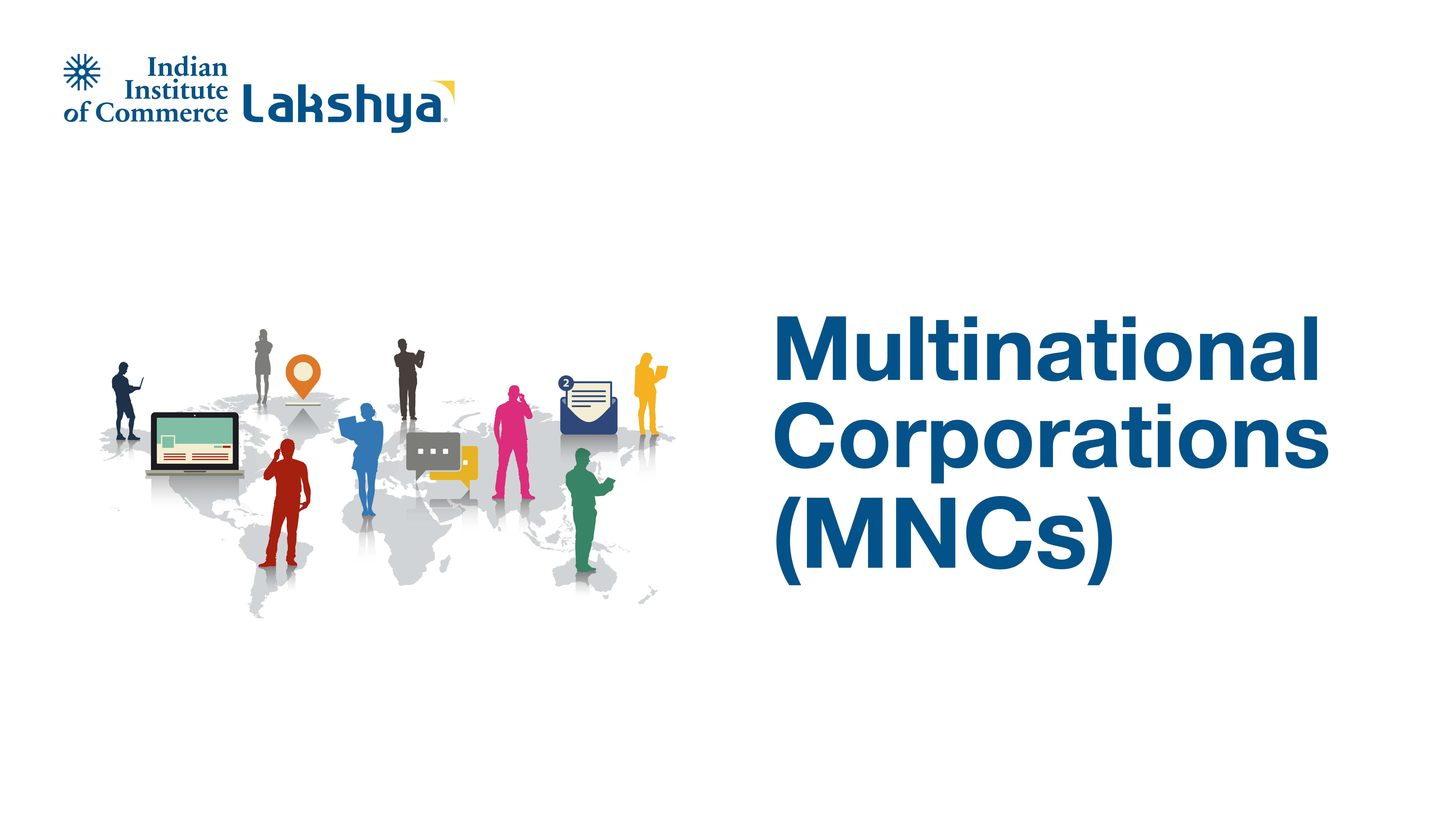
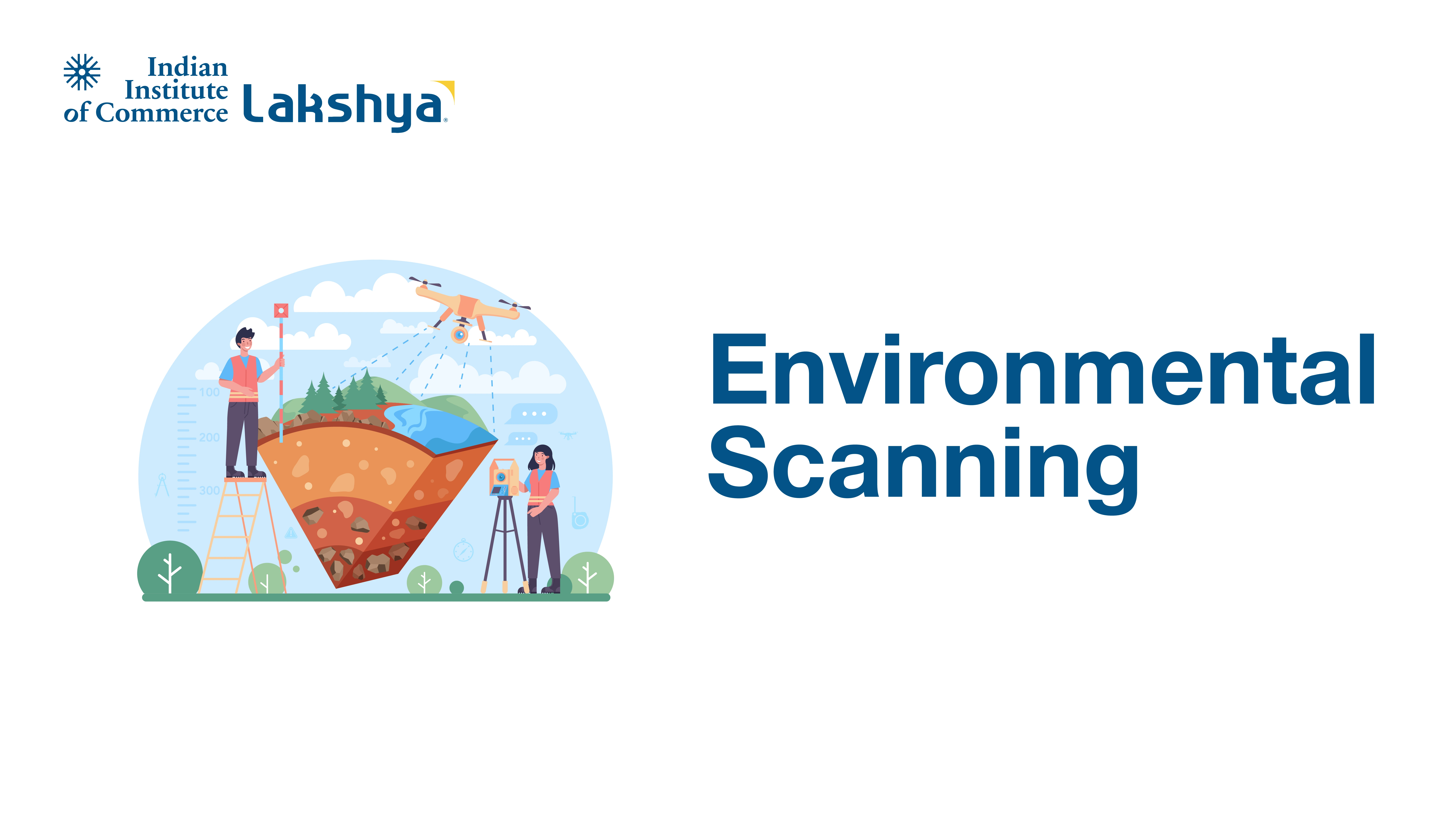
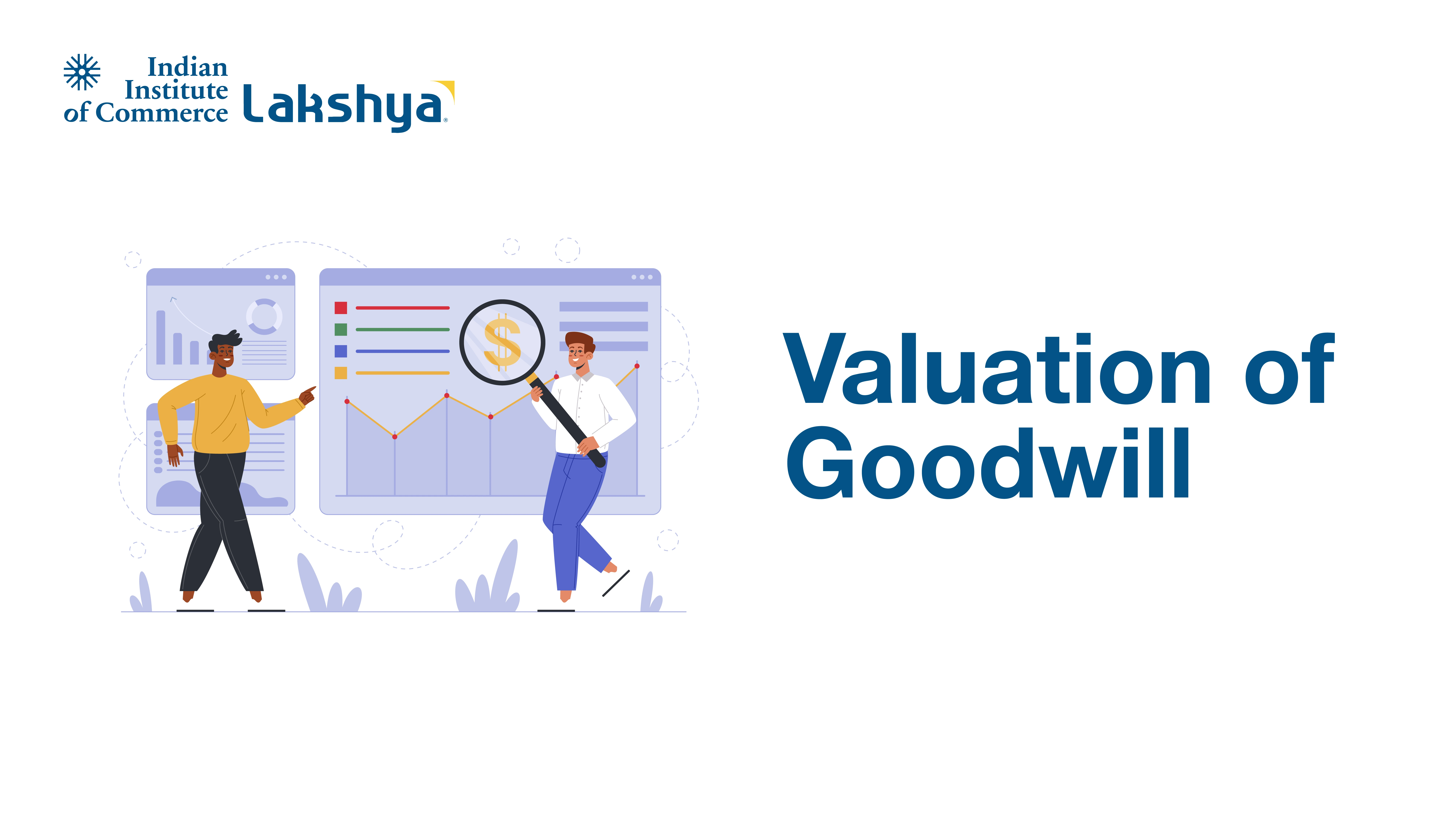
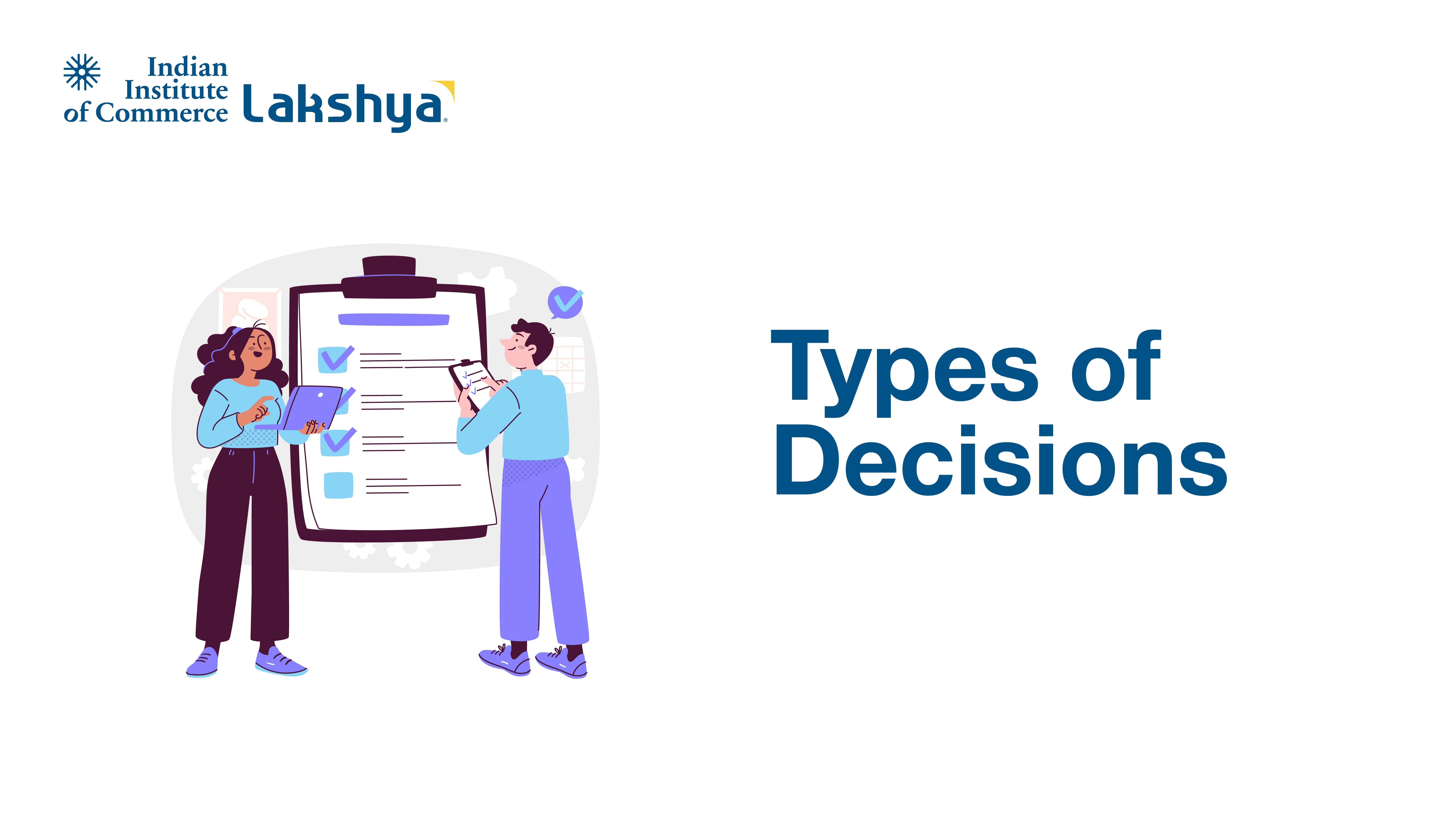



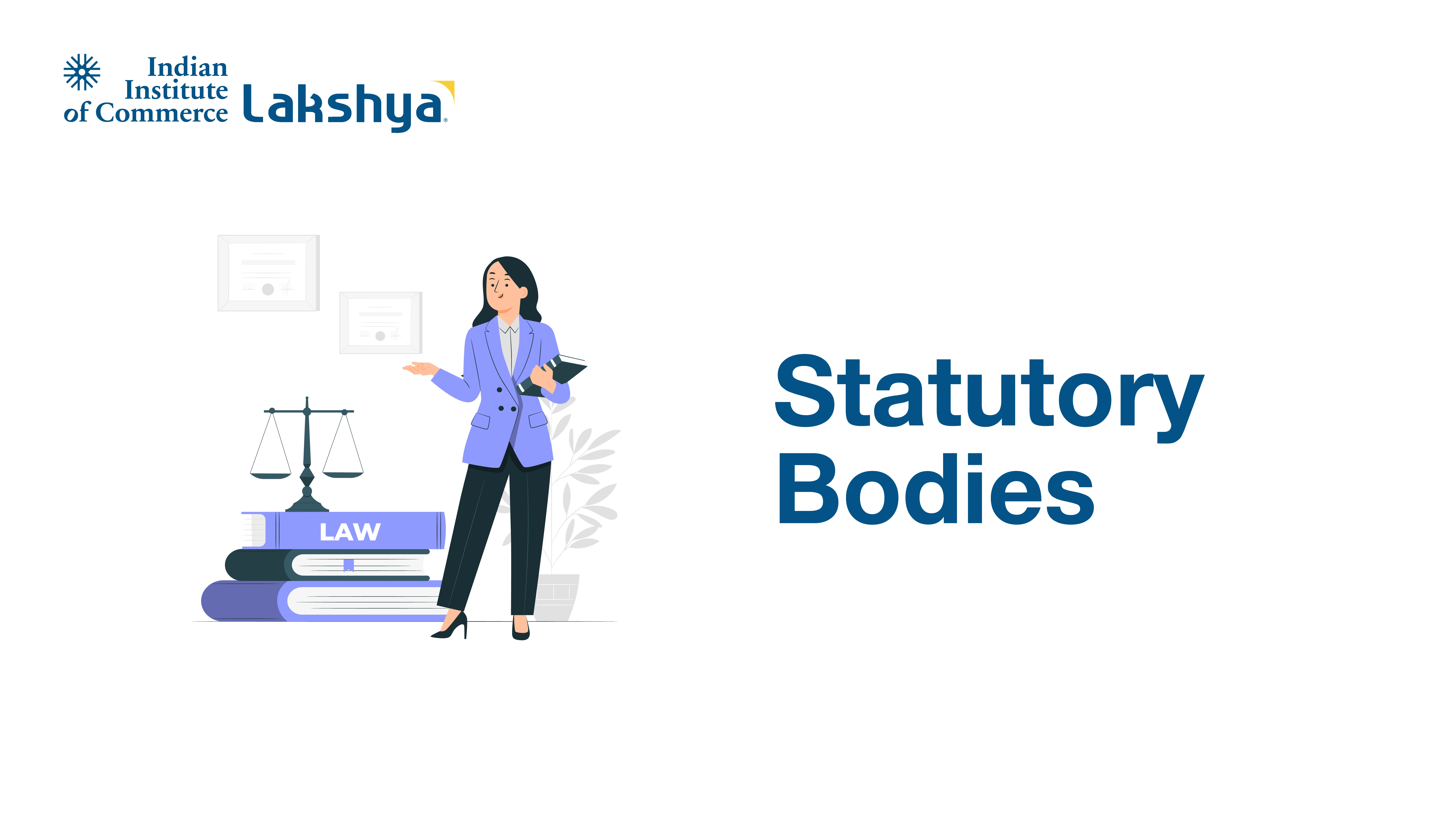
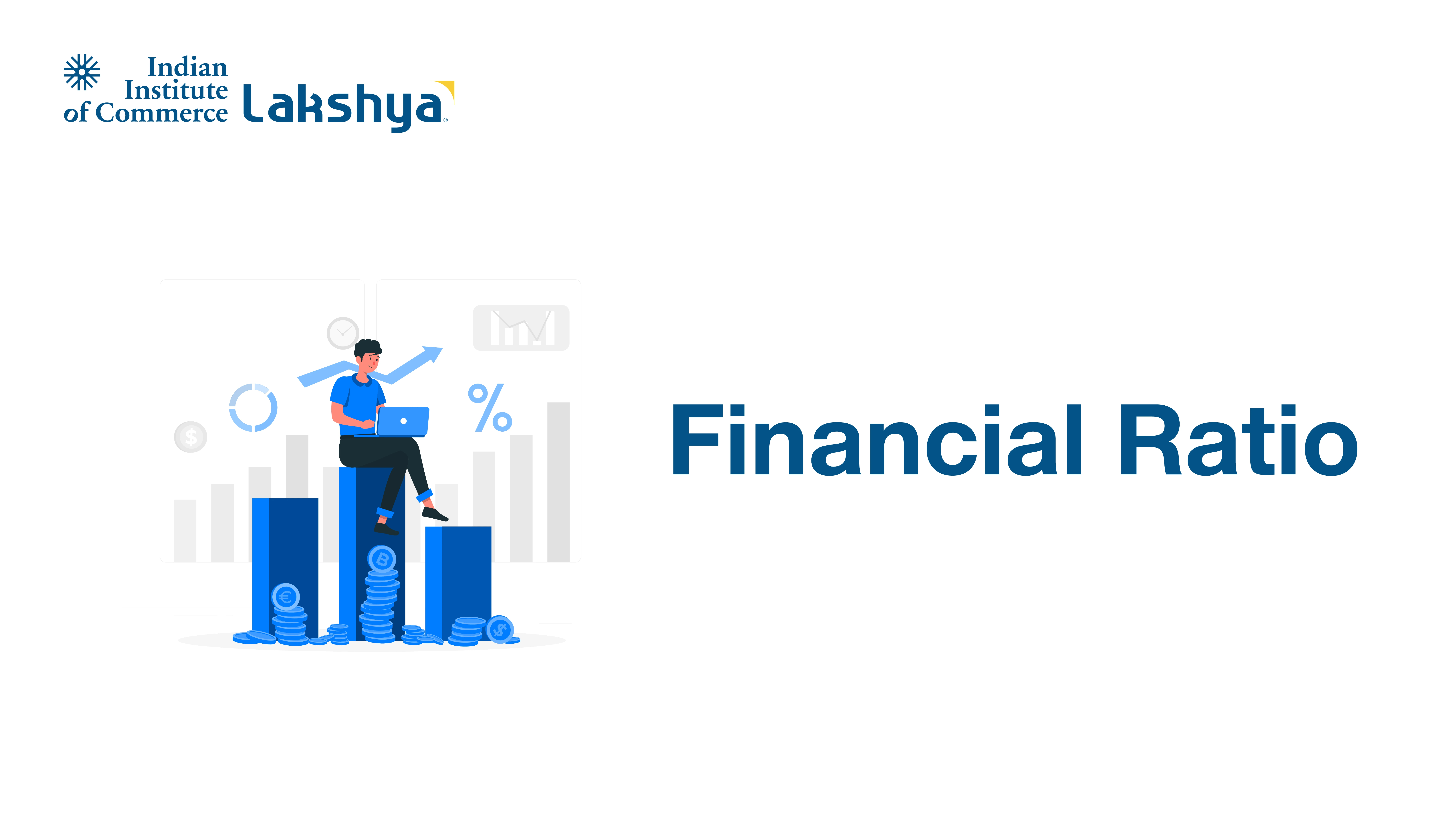




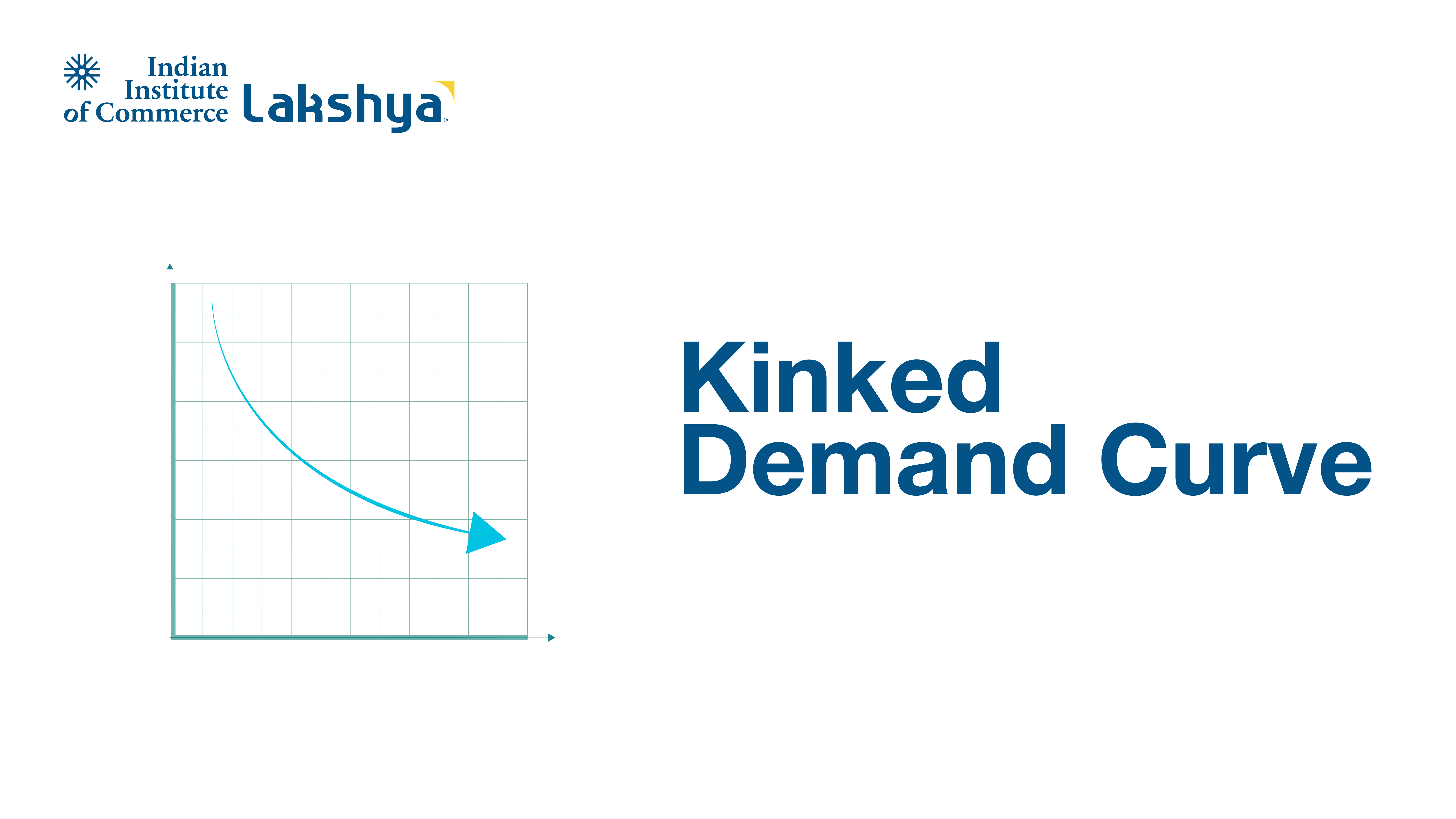
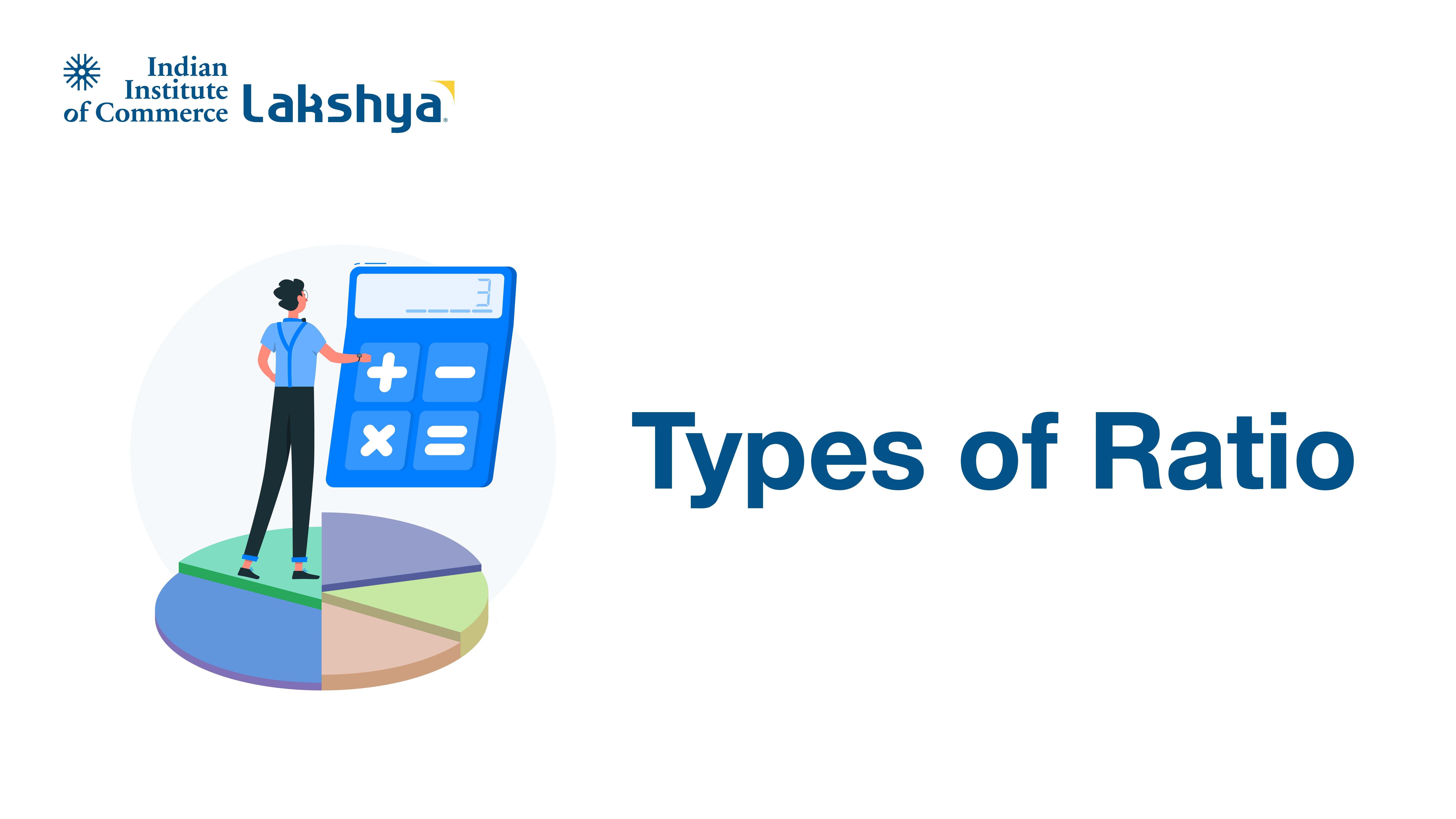
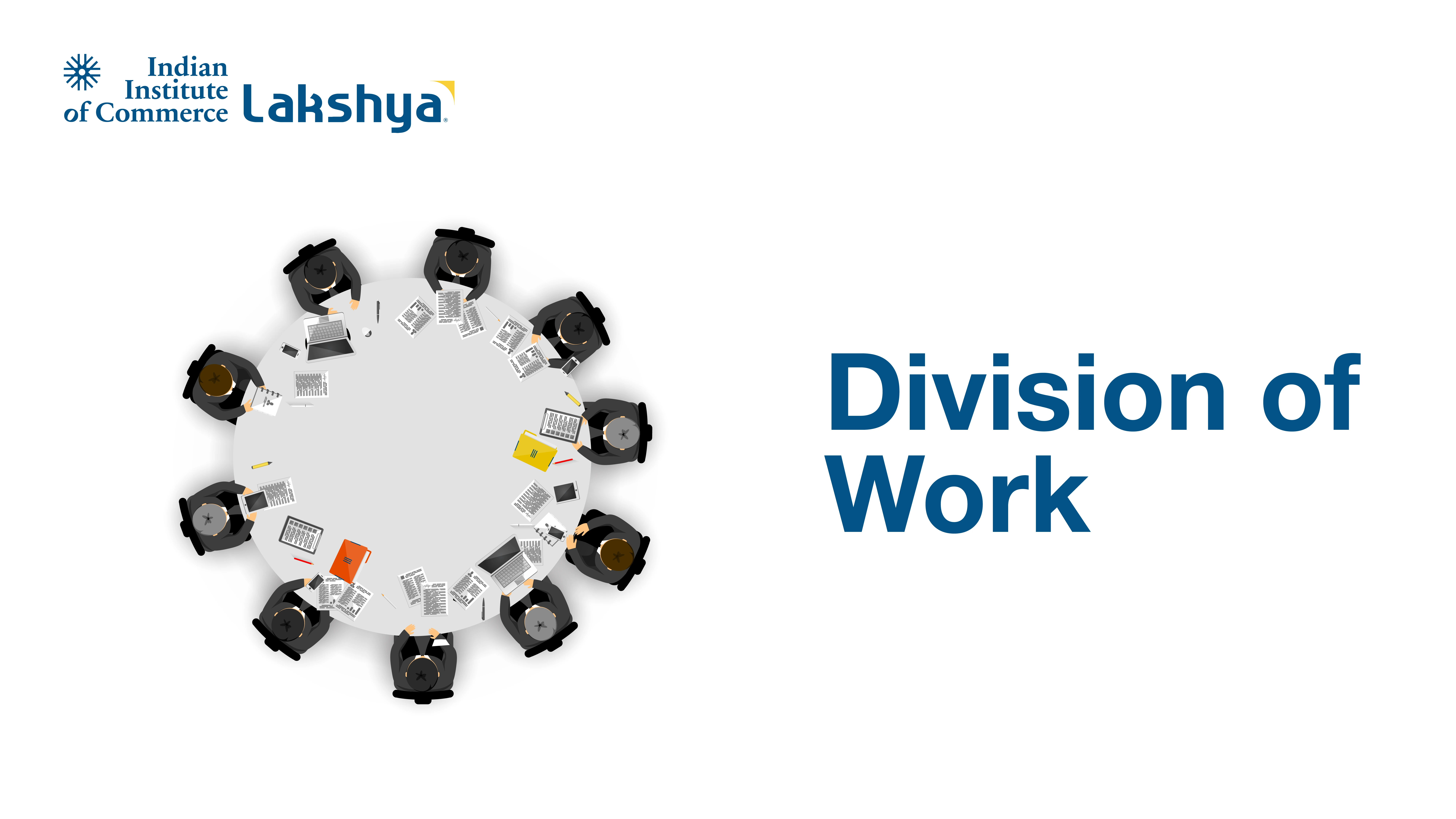
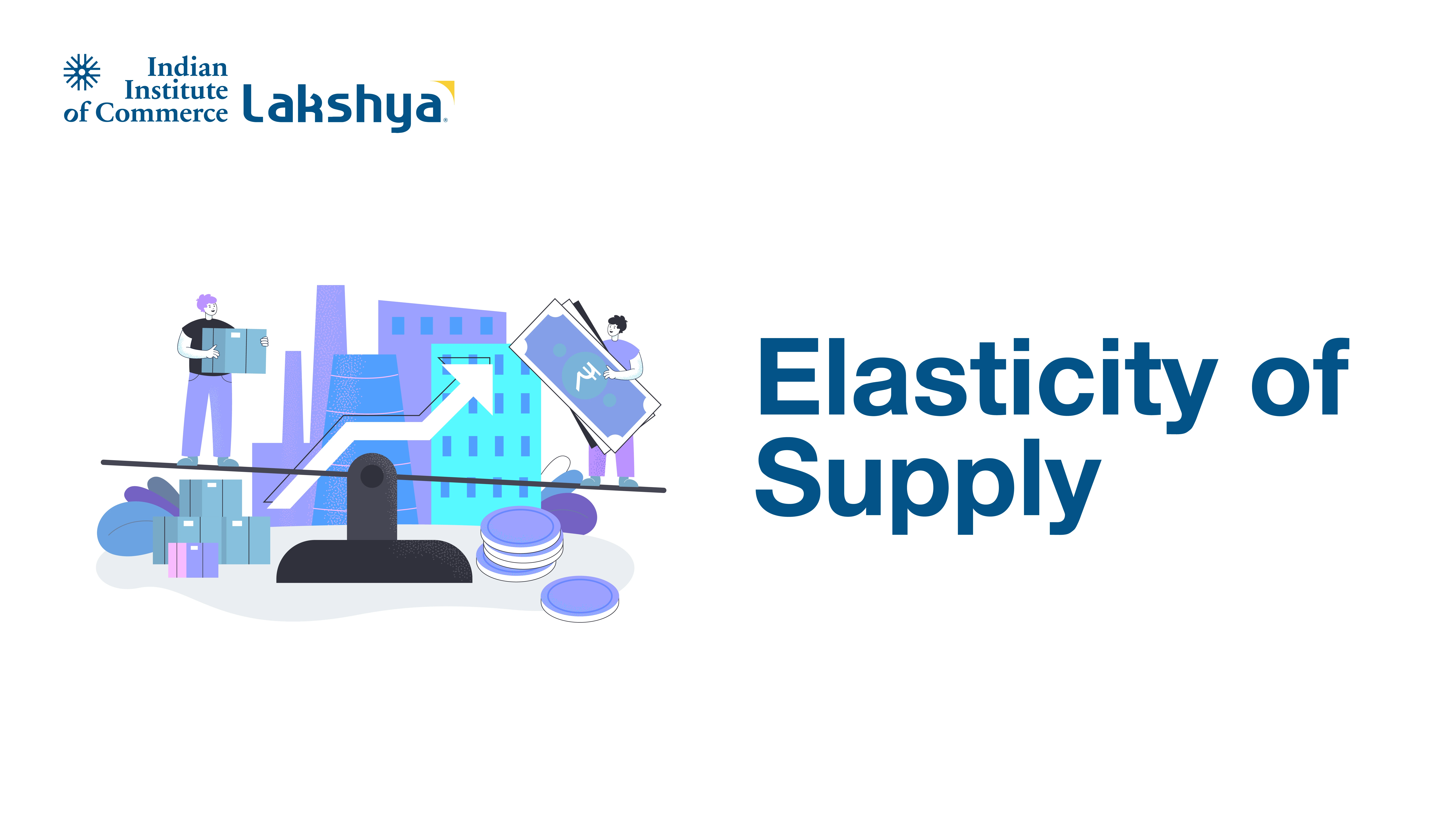



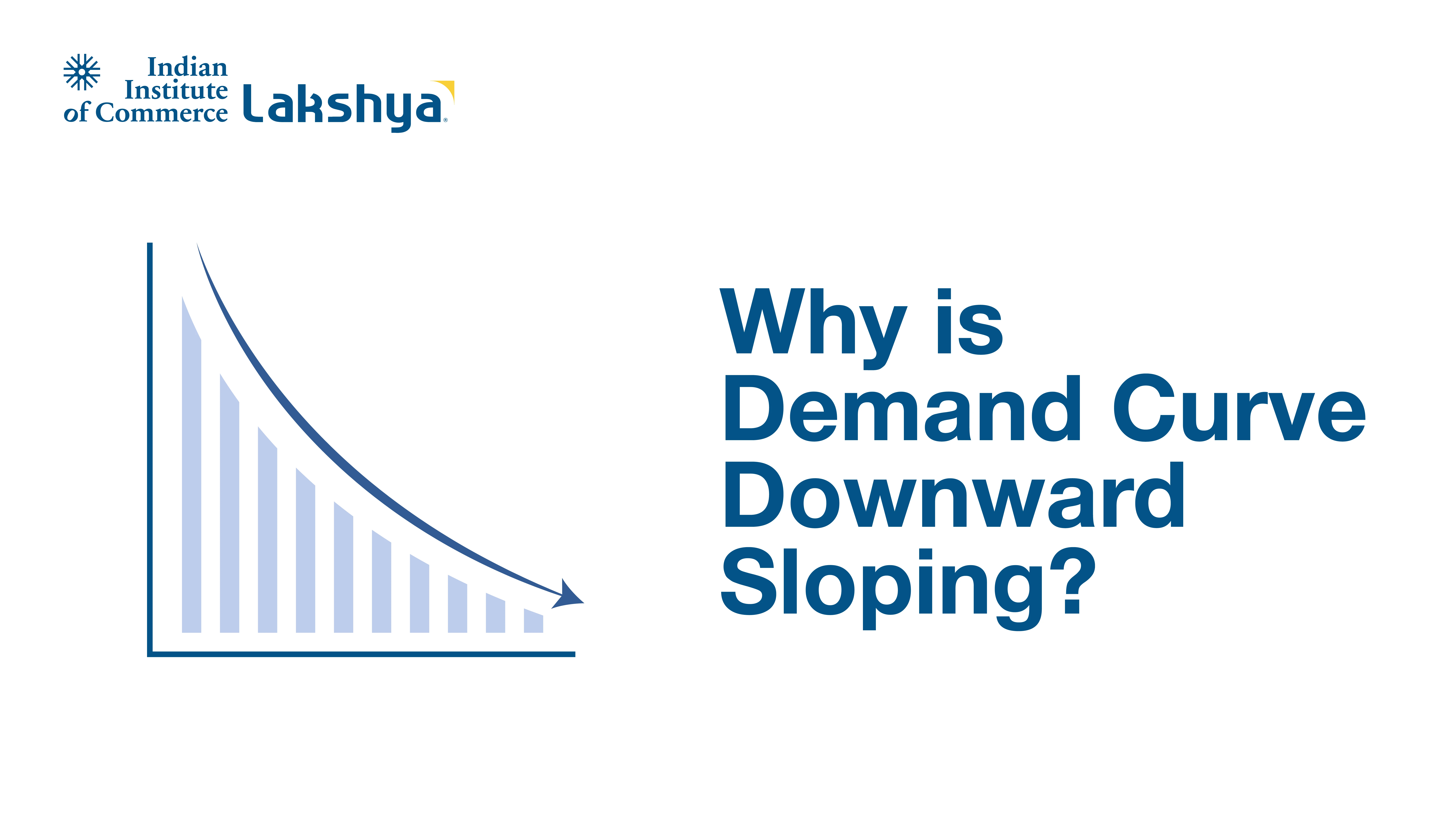
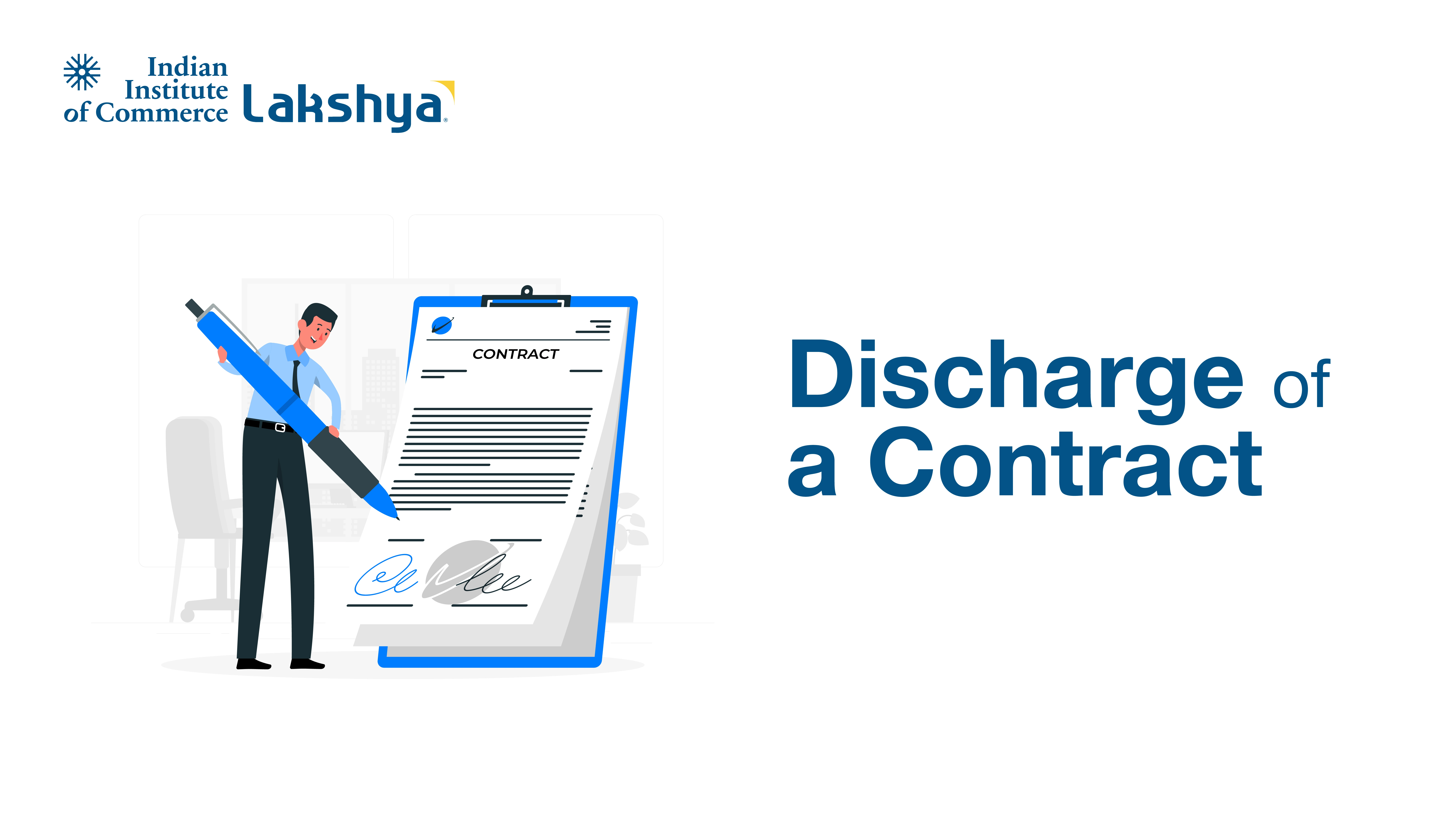
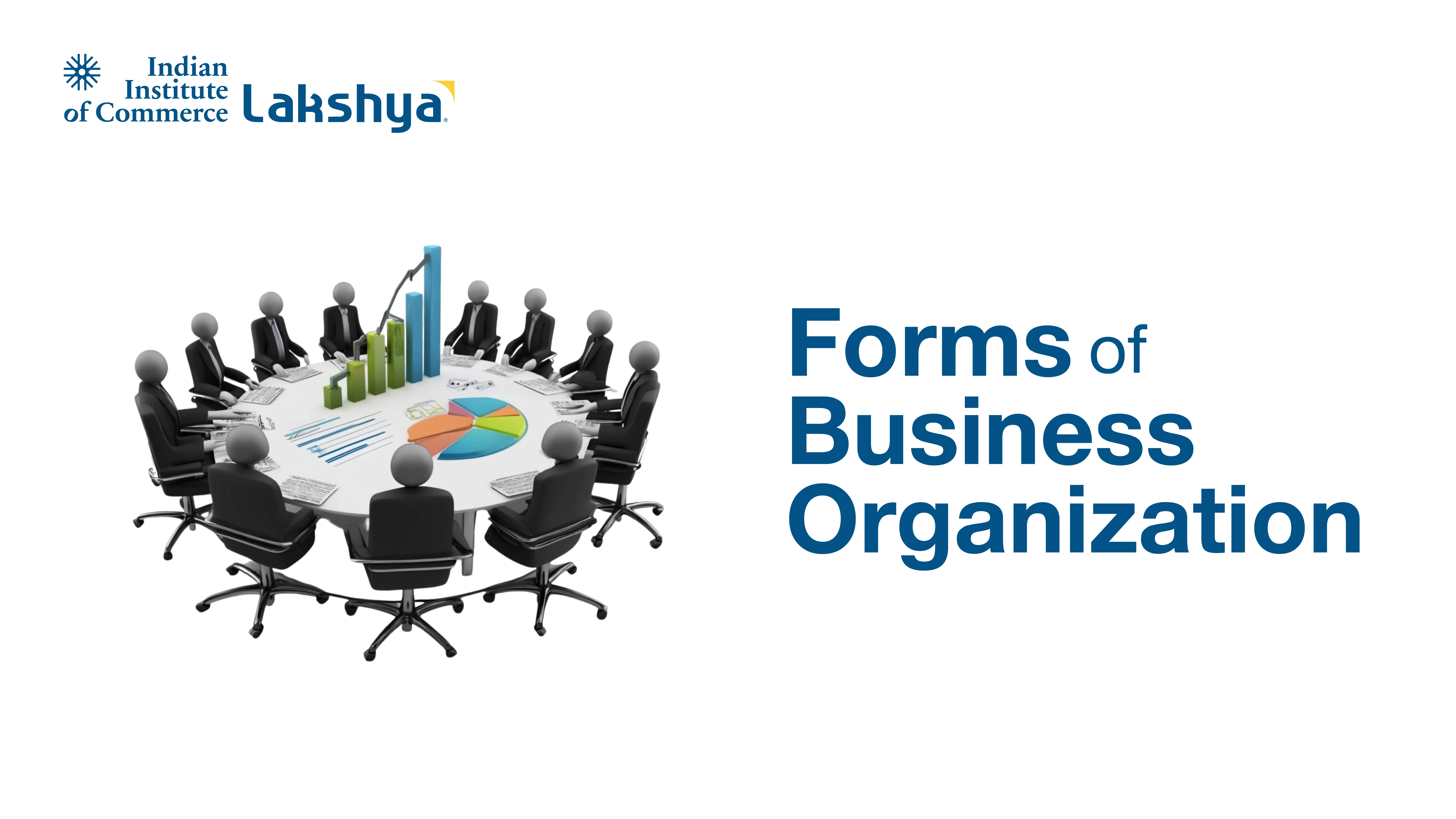
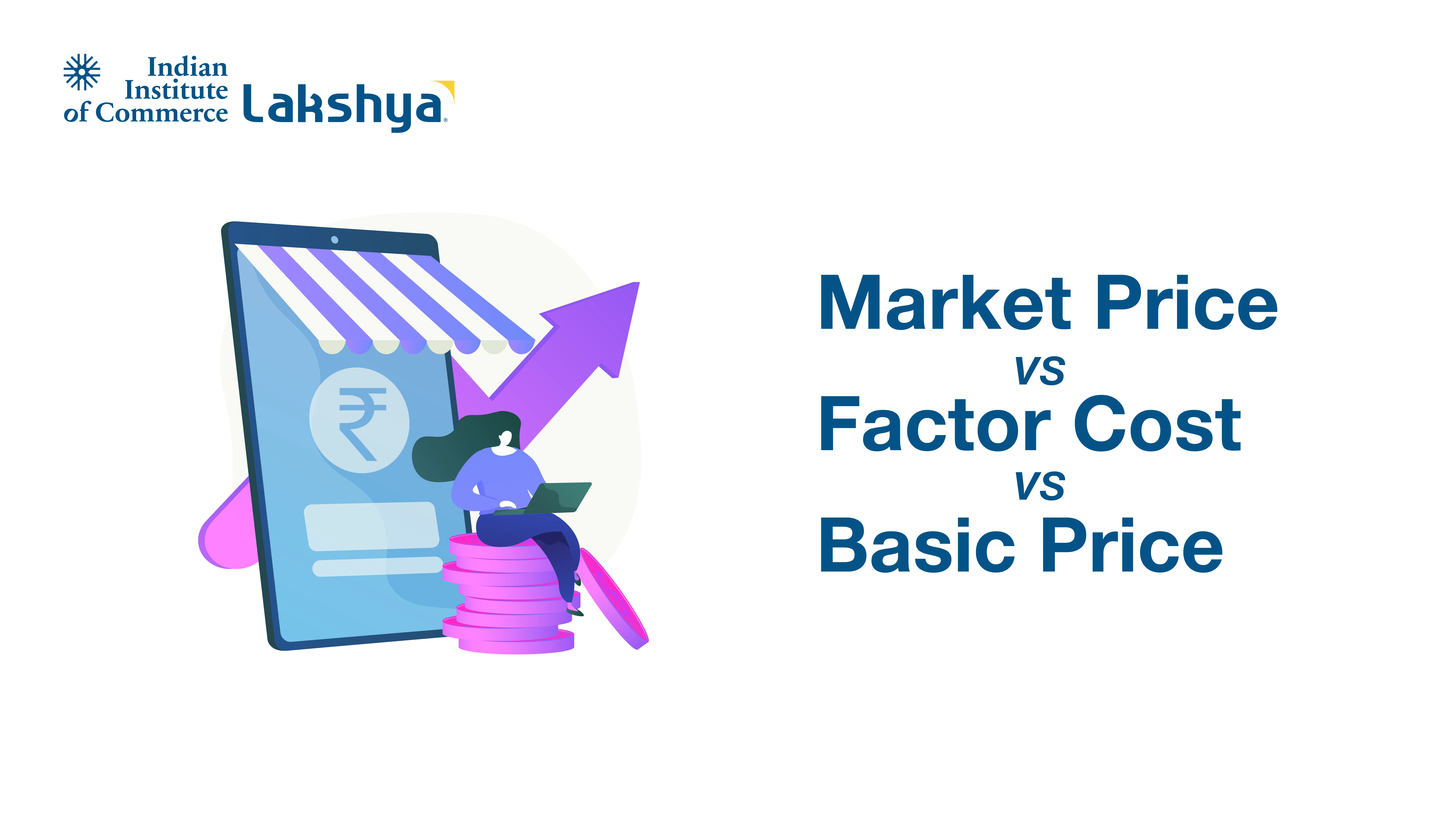


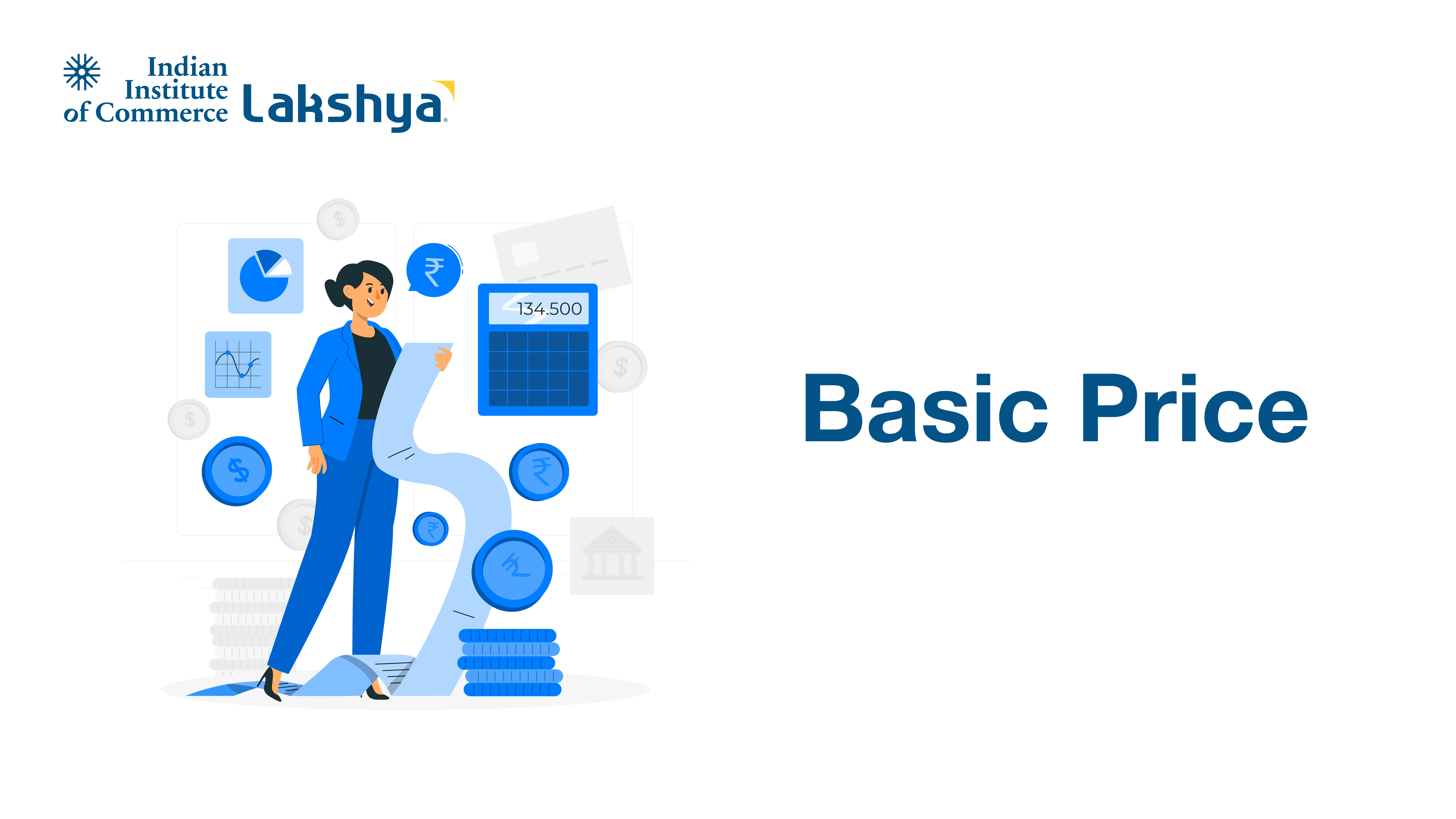

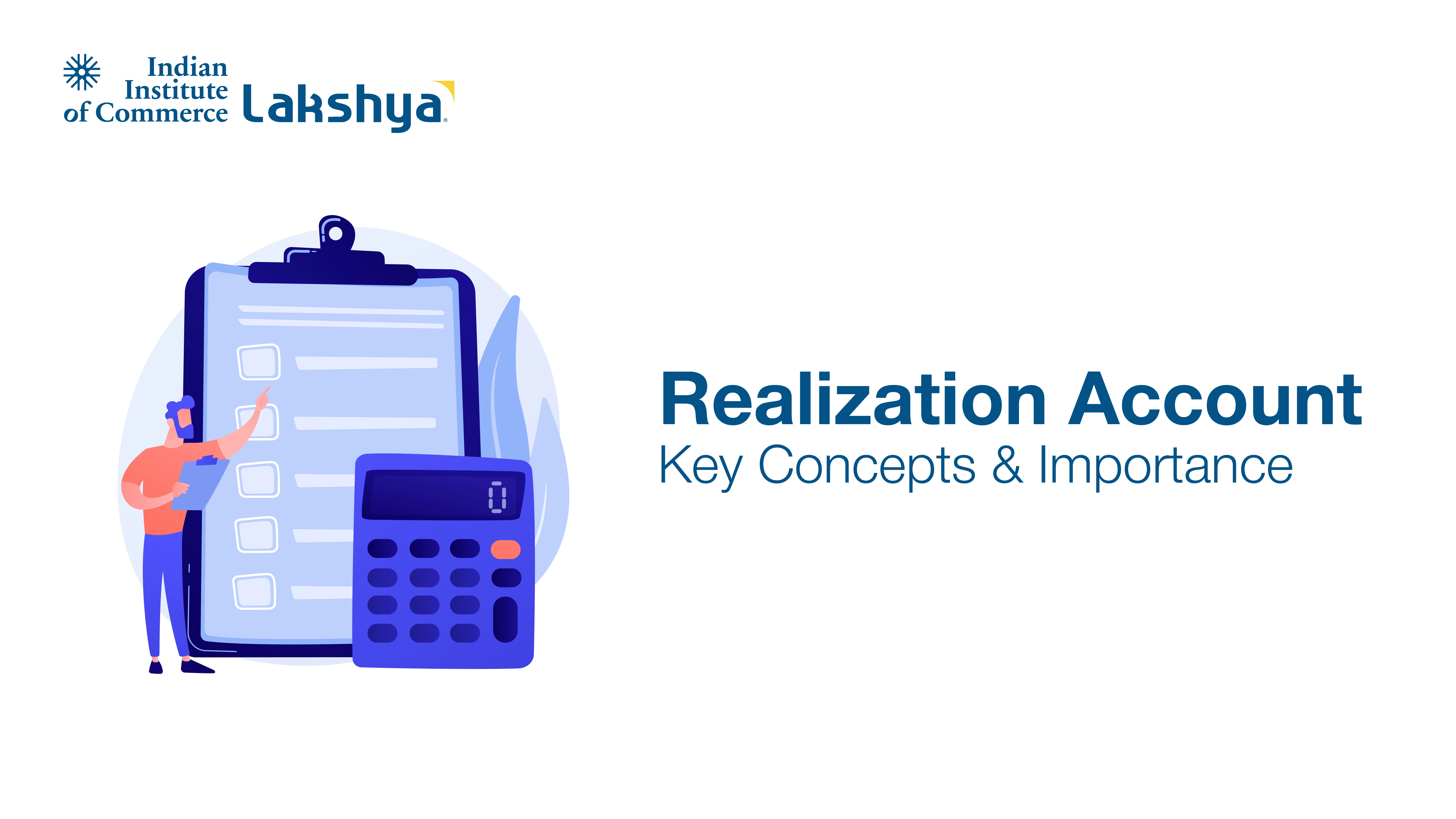
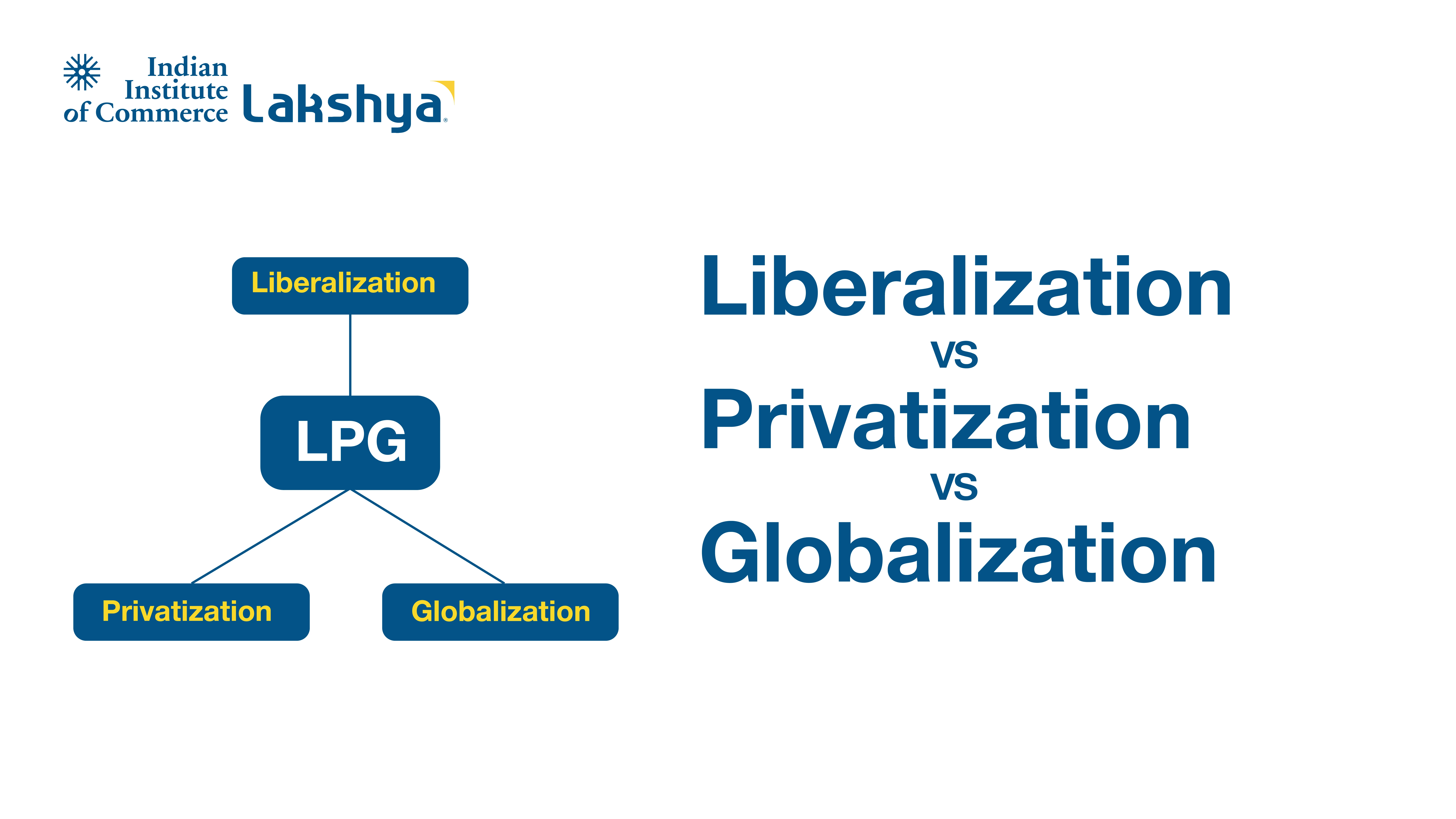


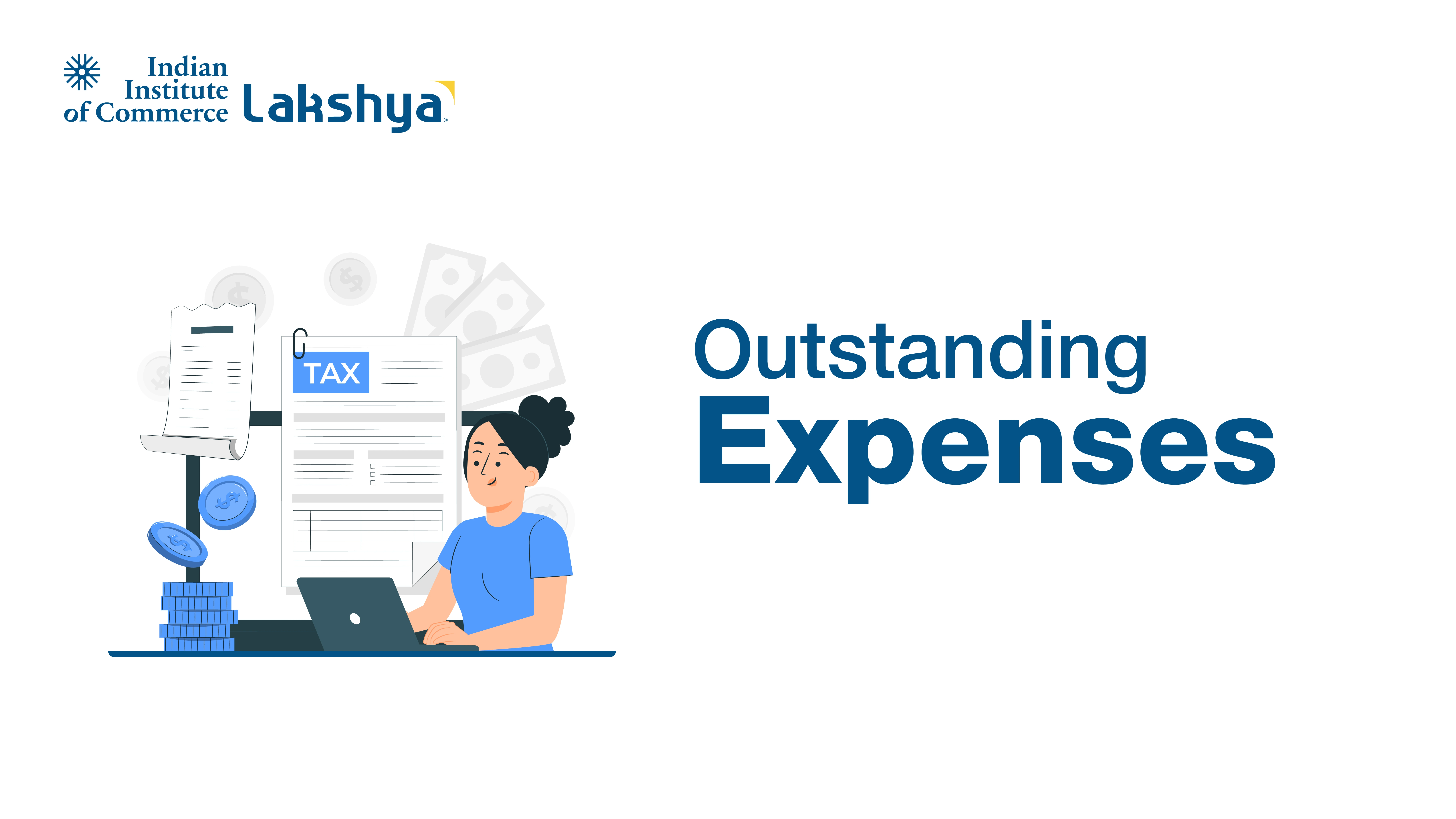





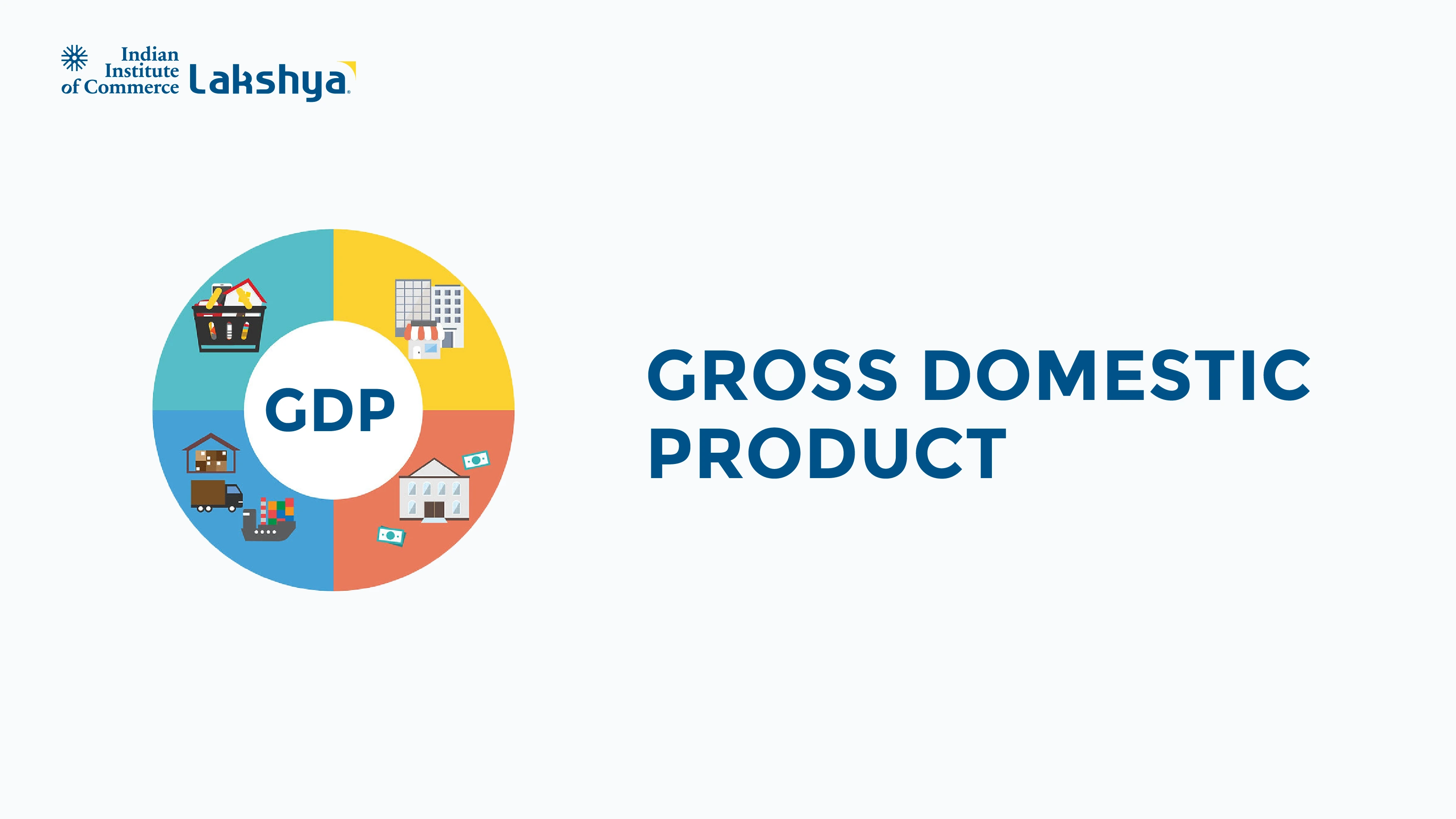
.webp)
